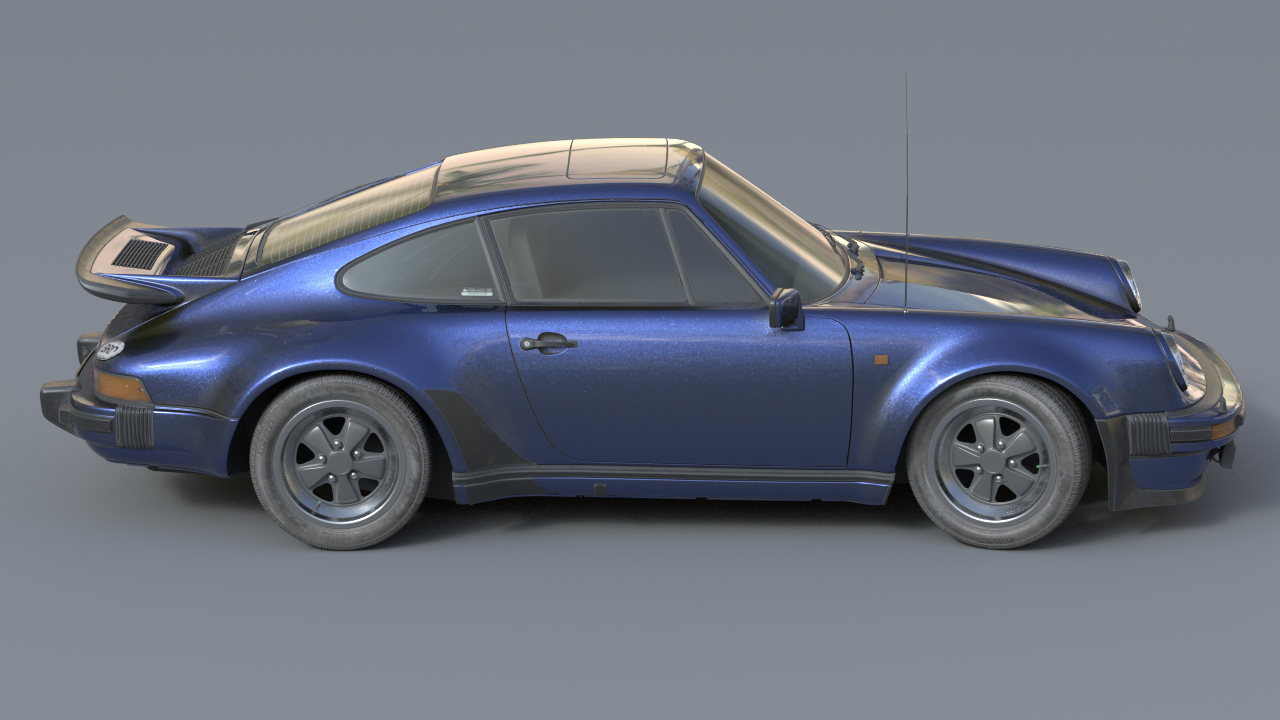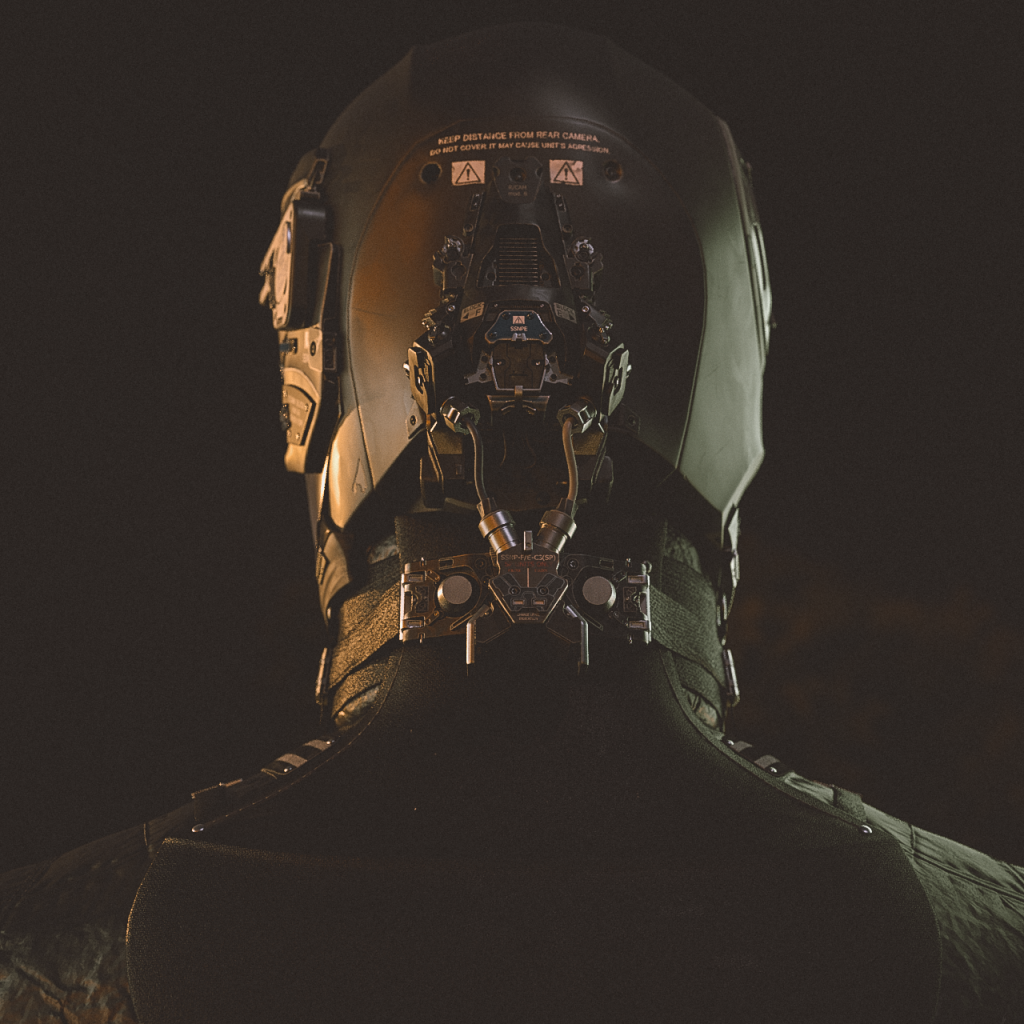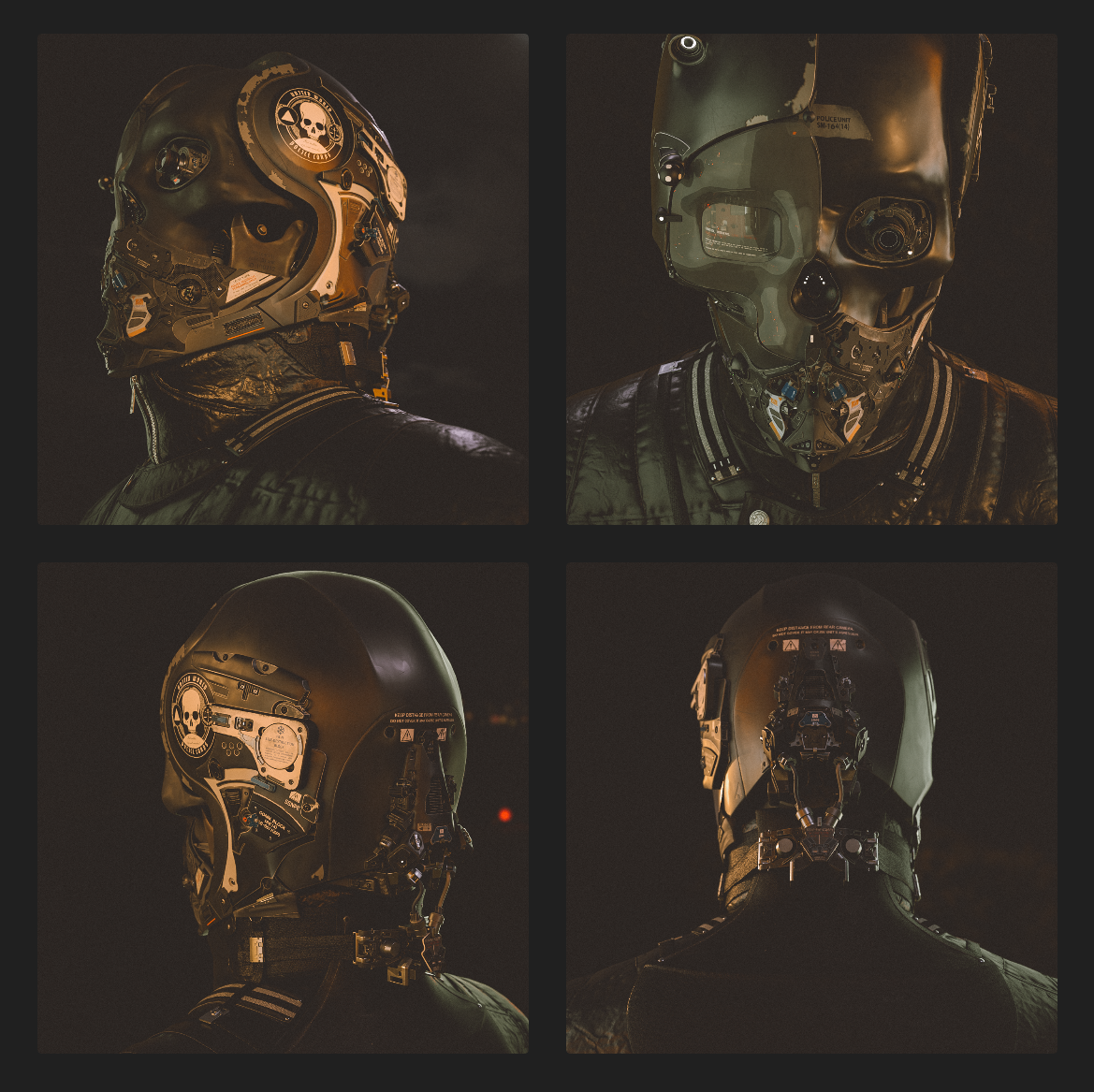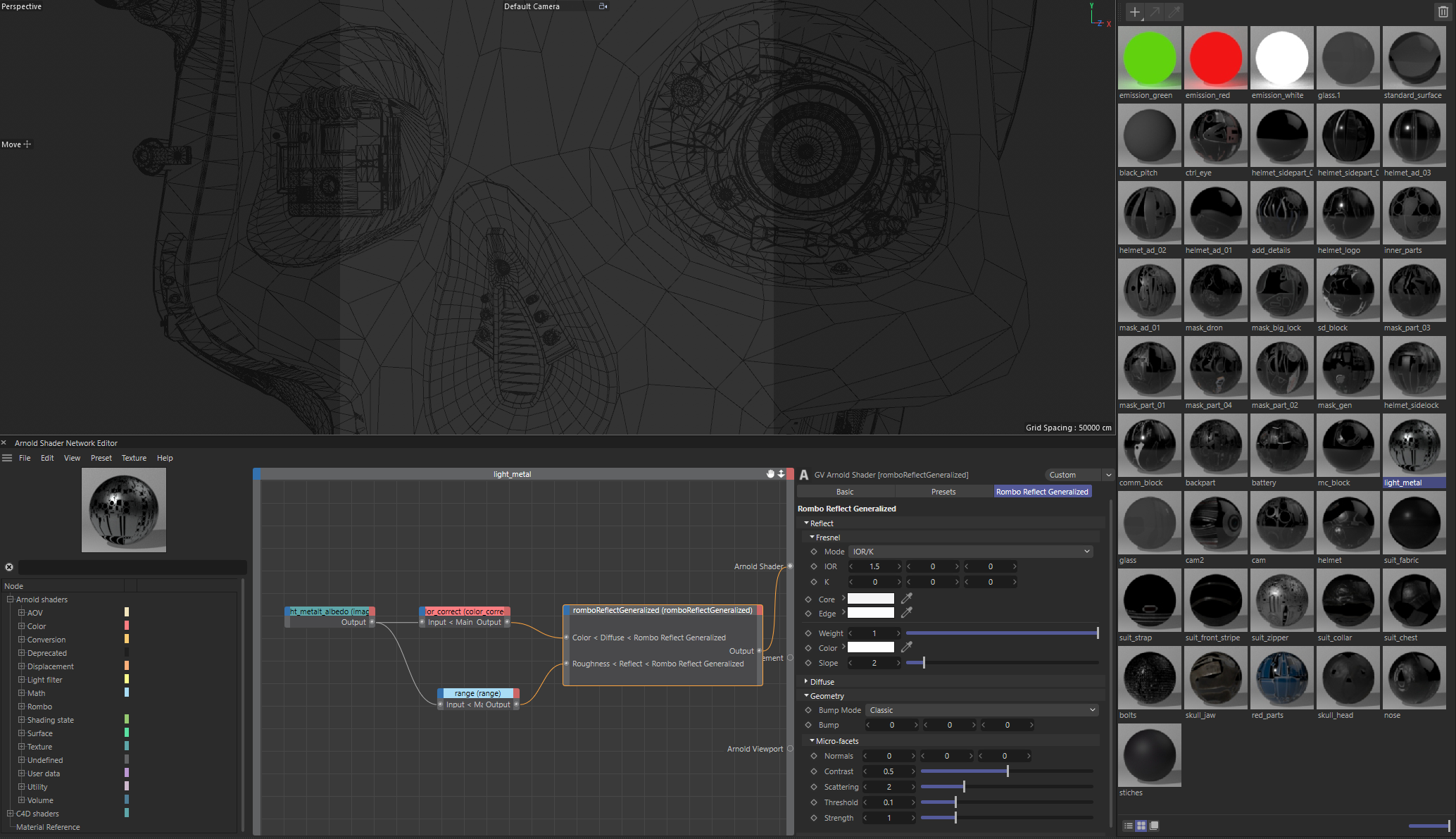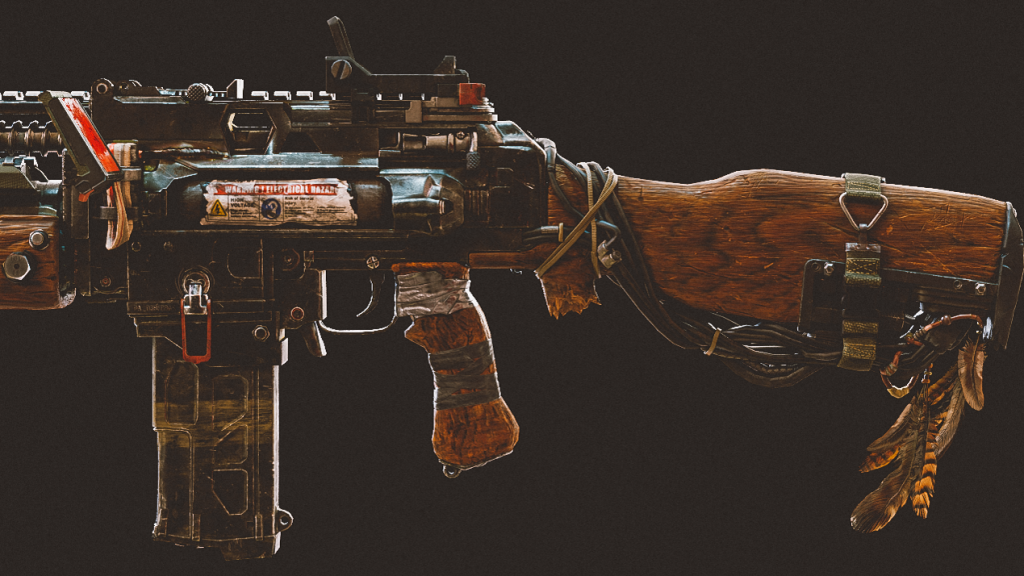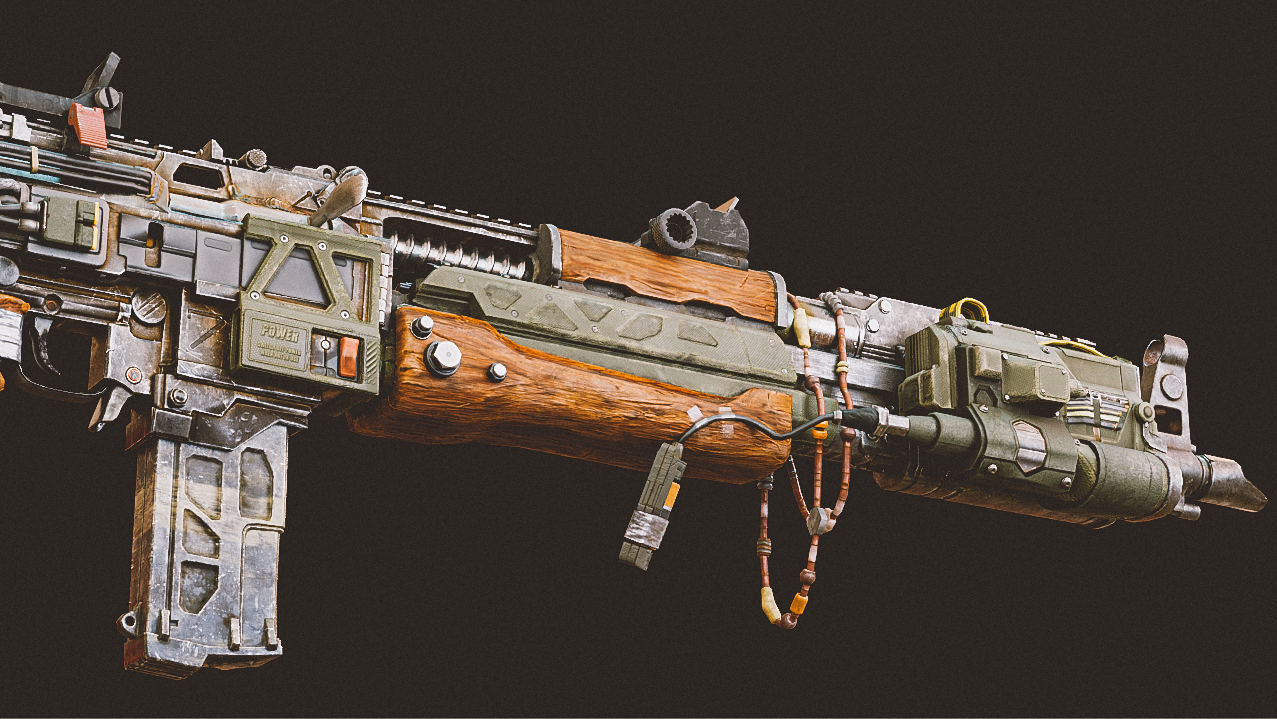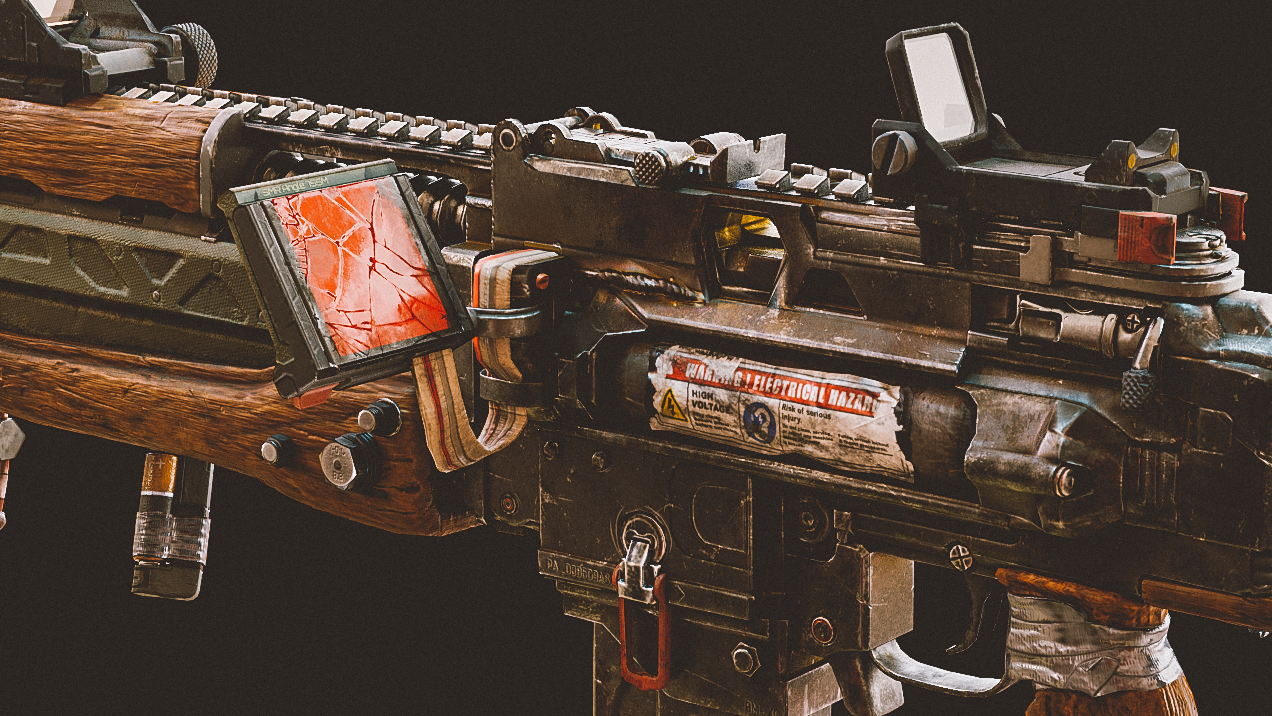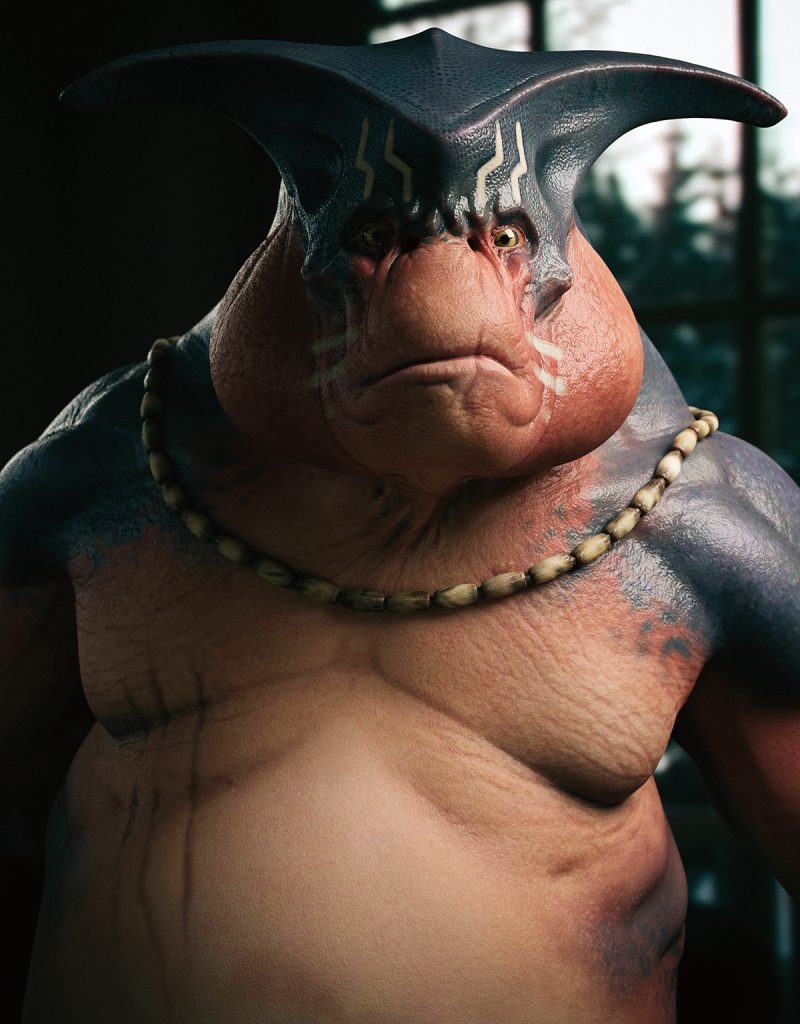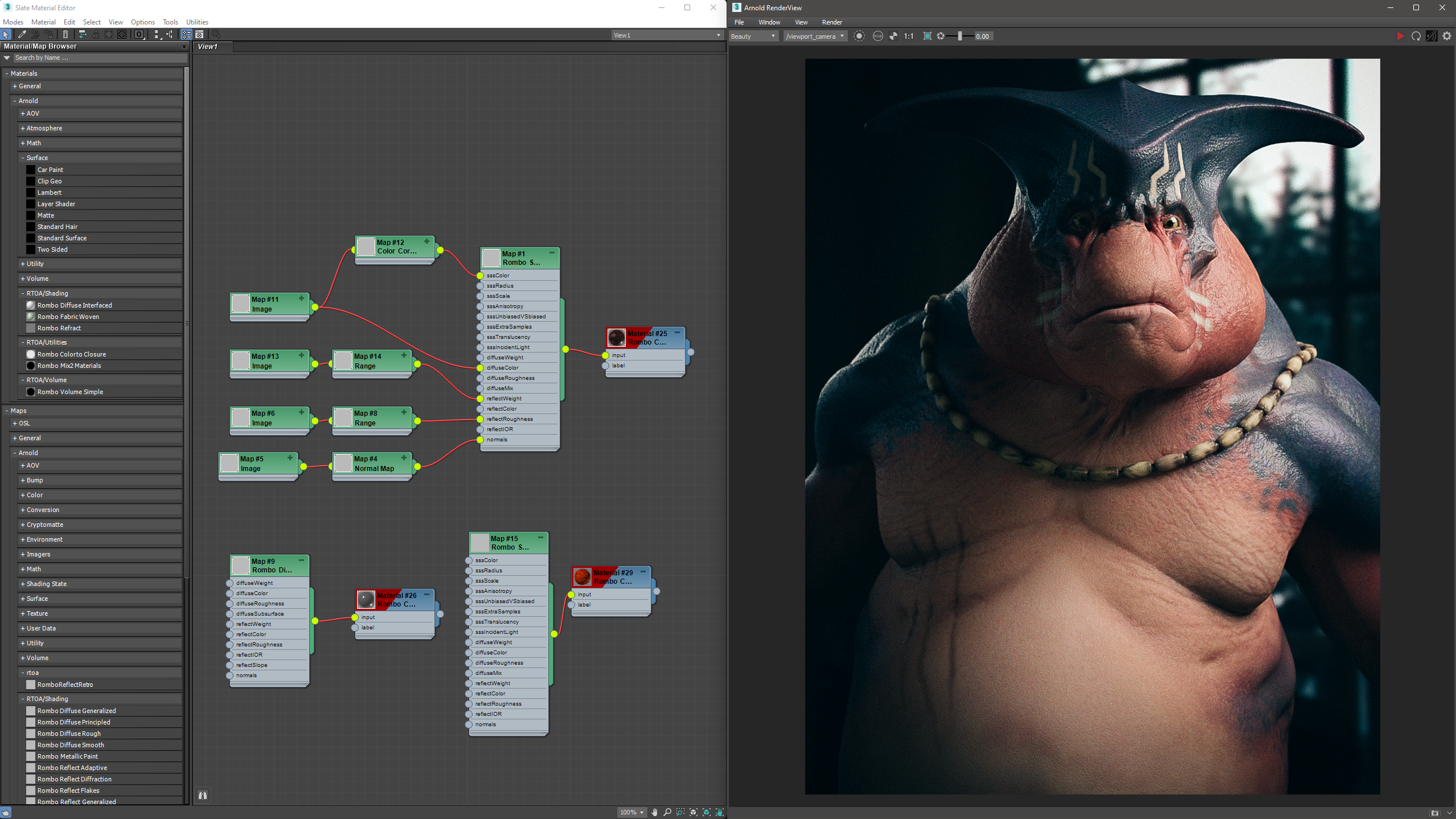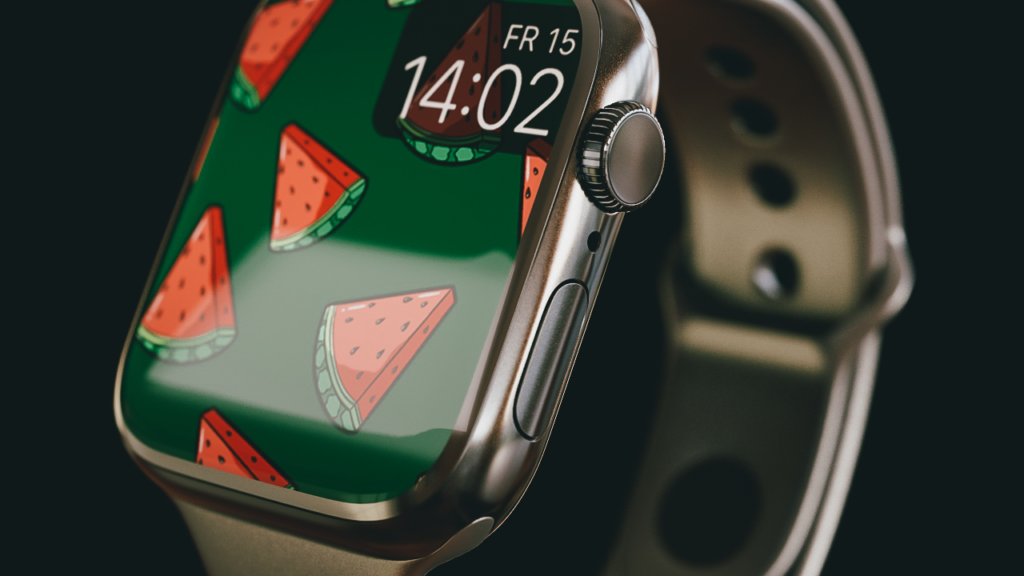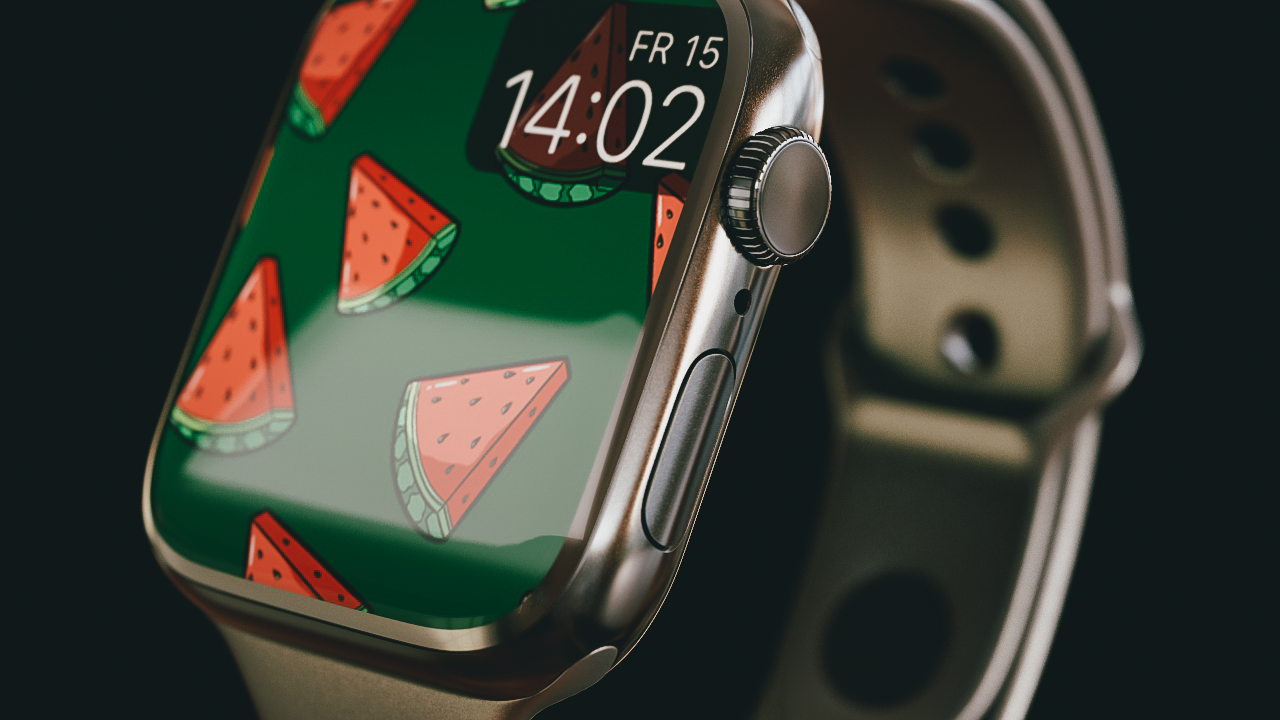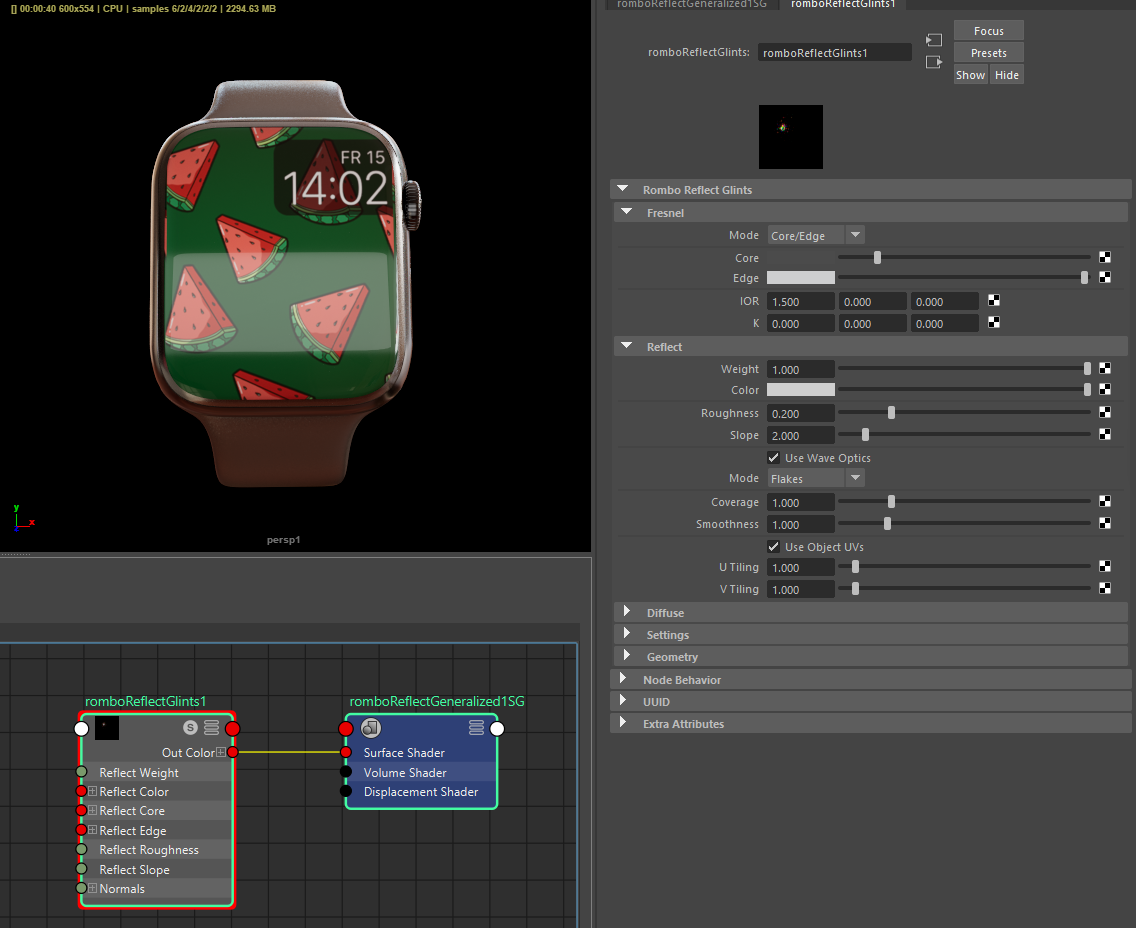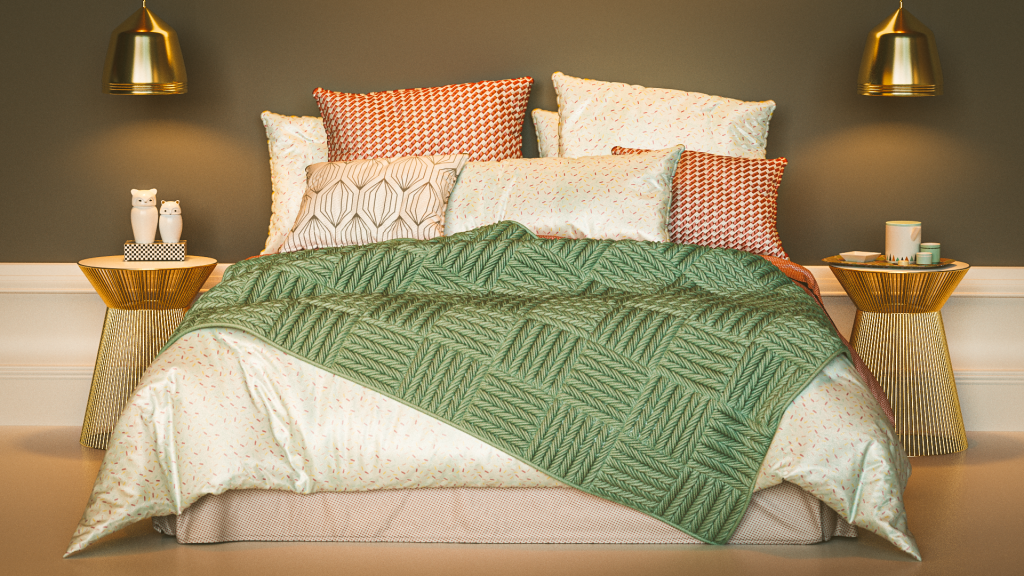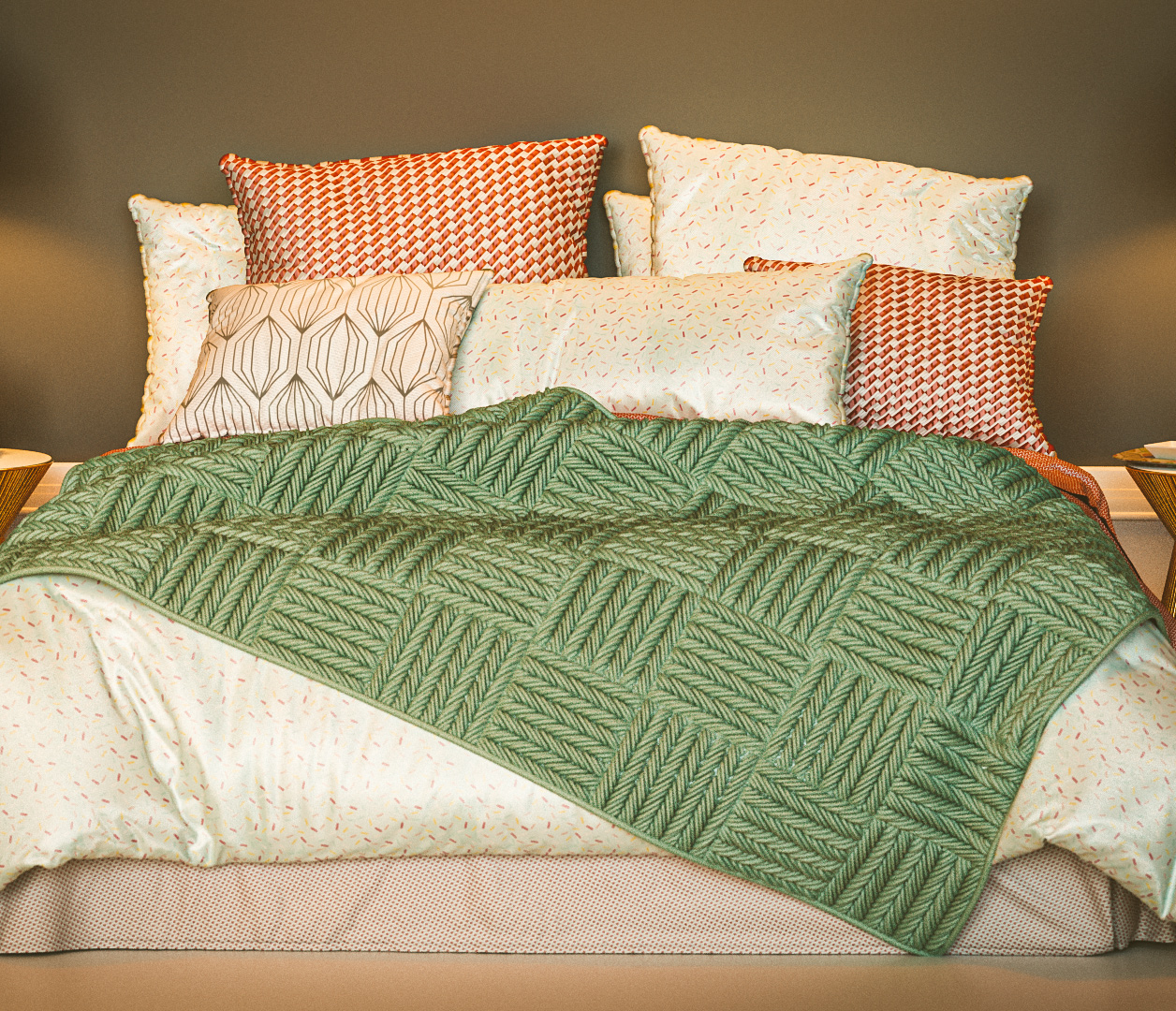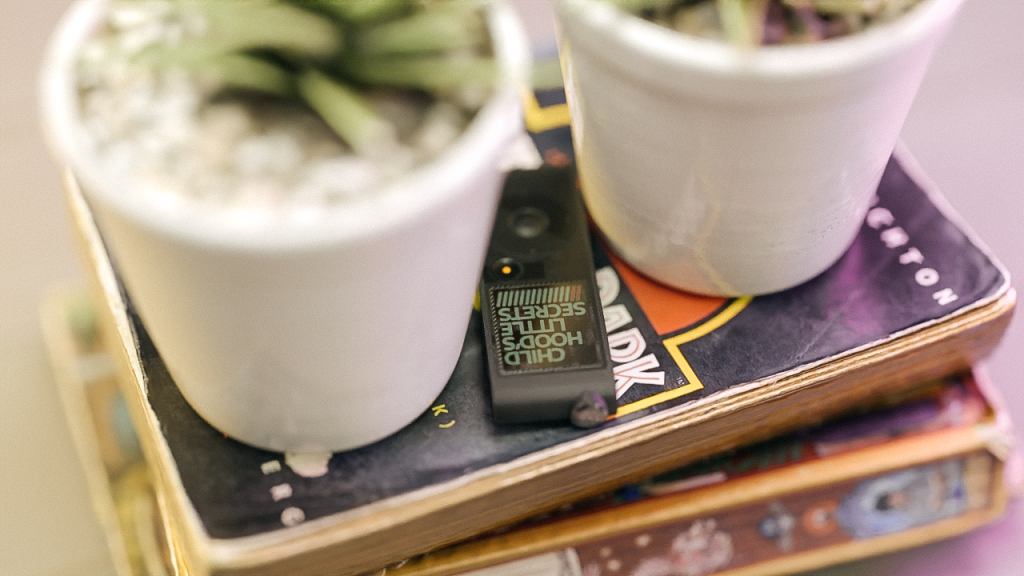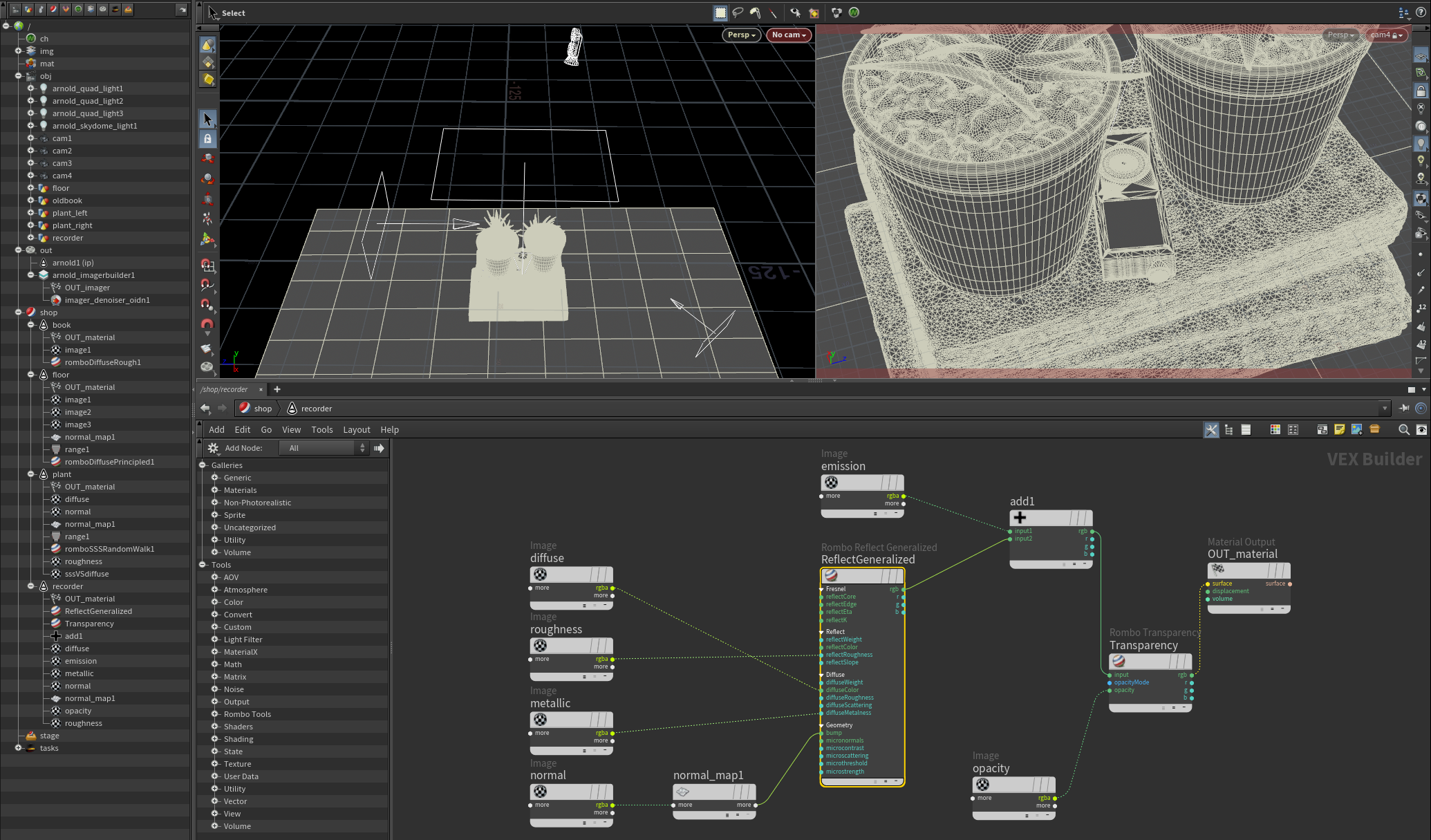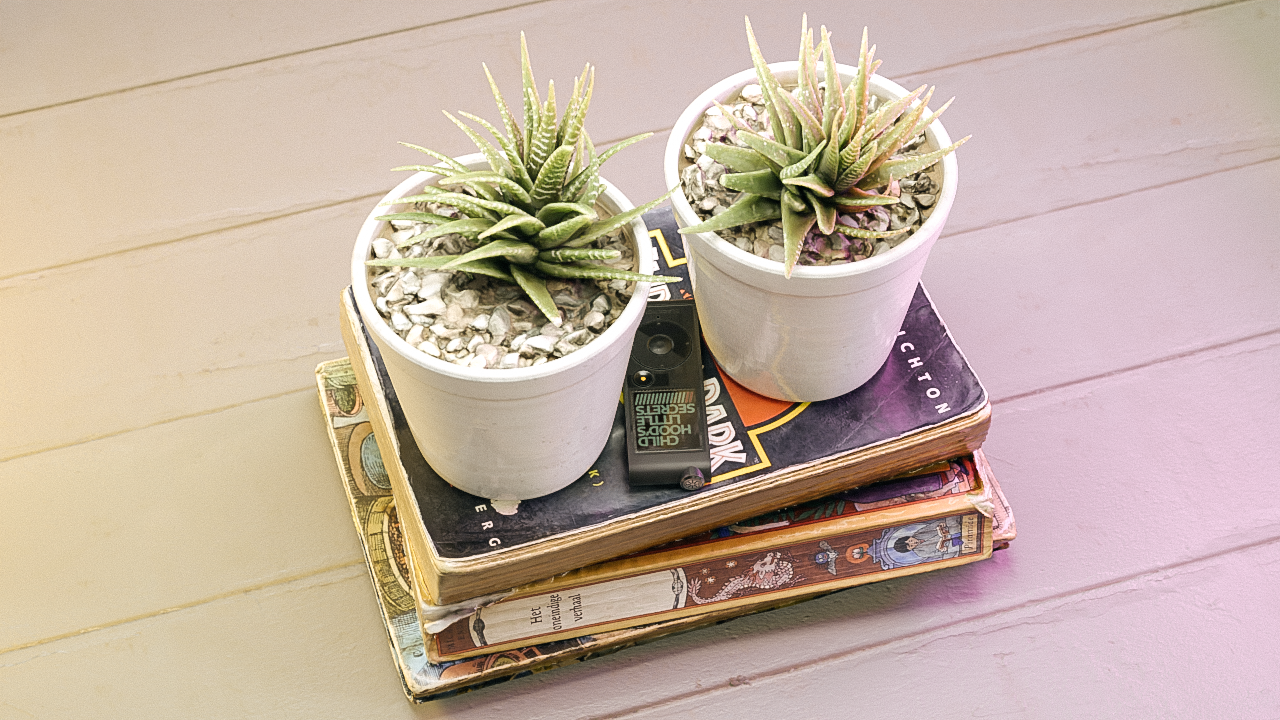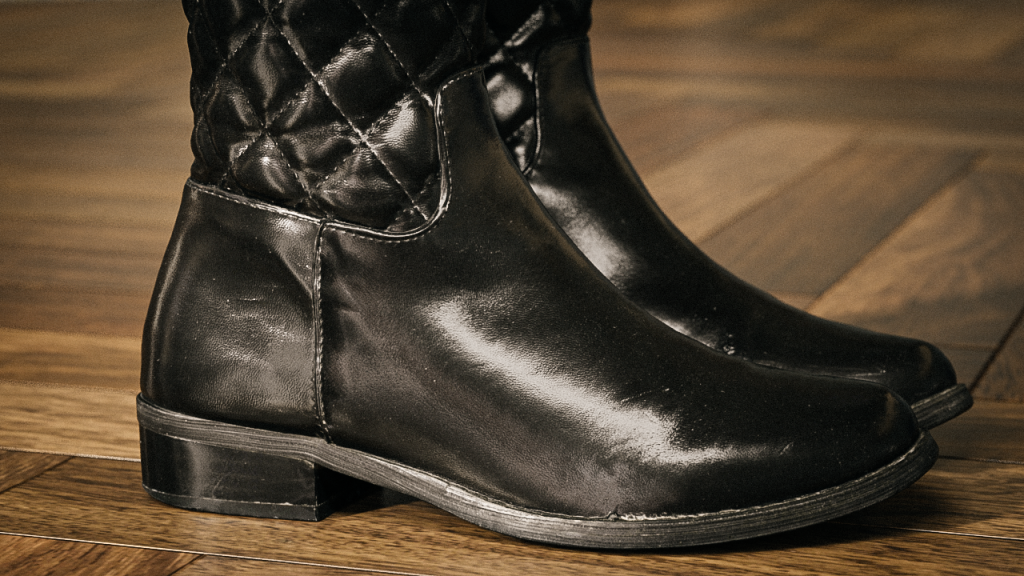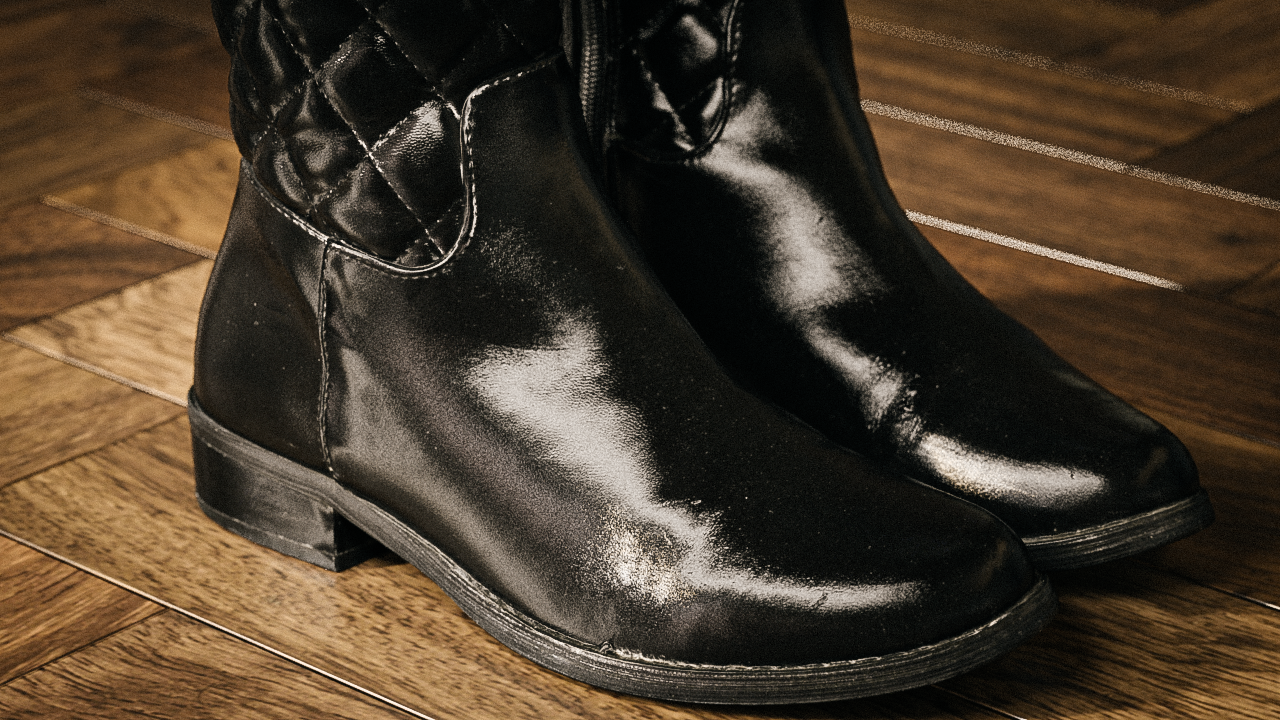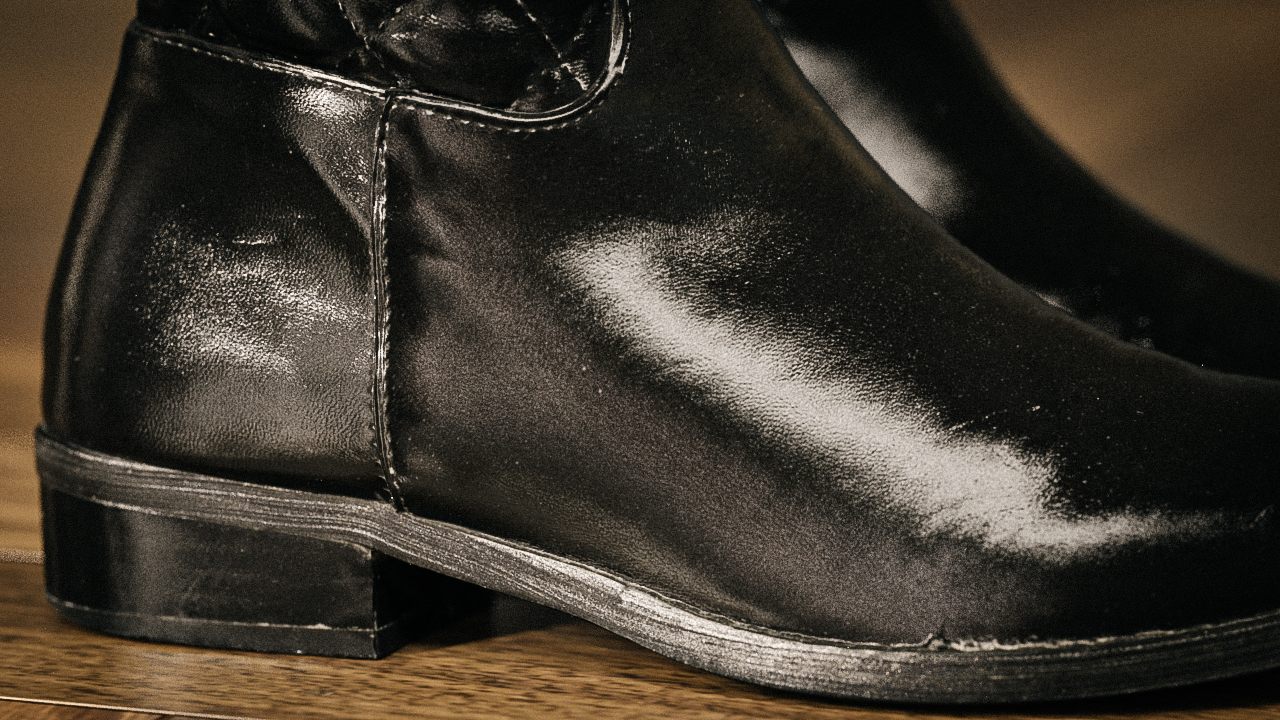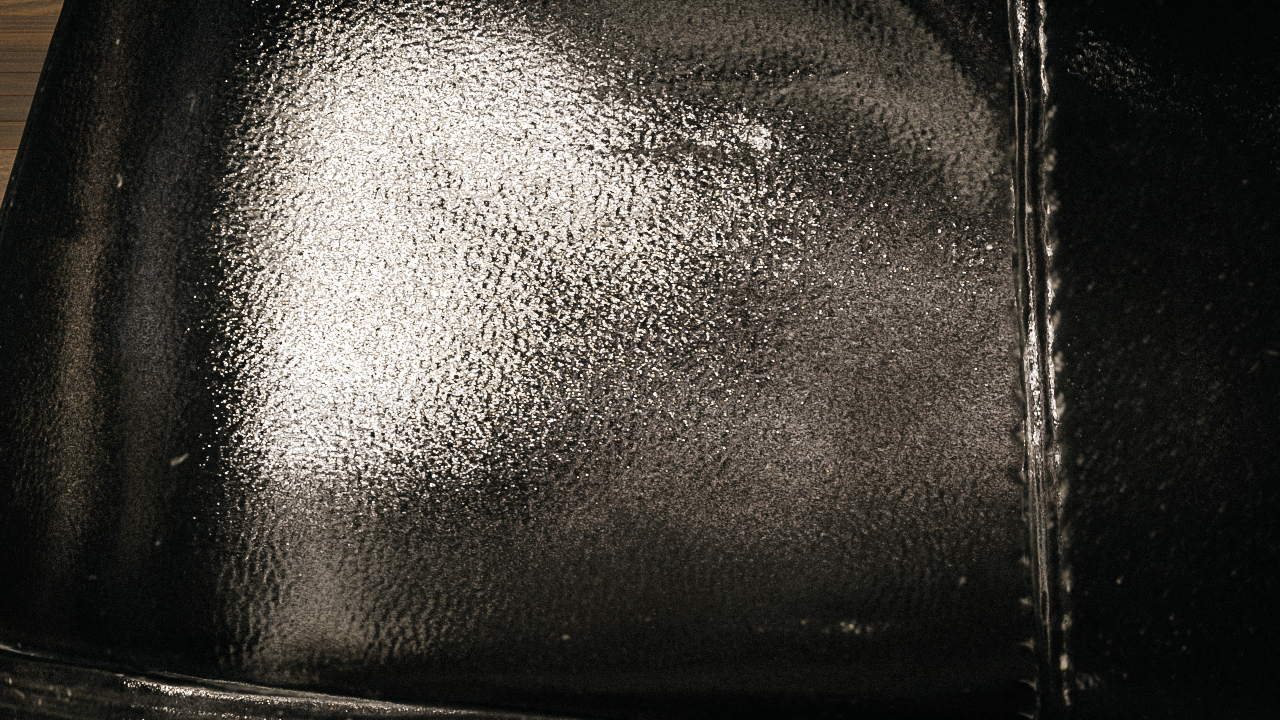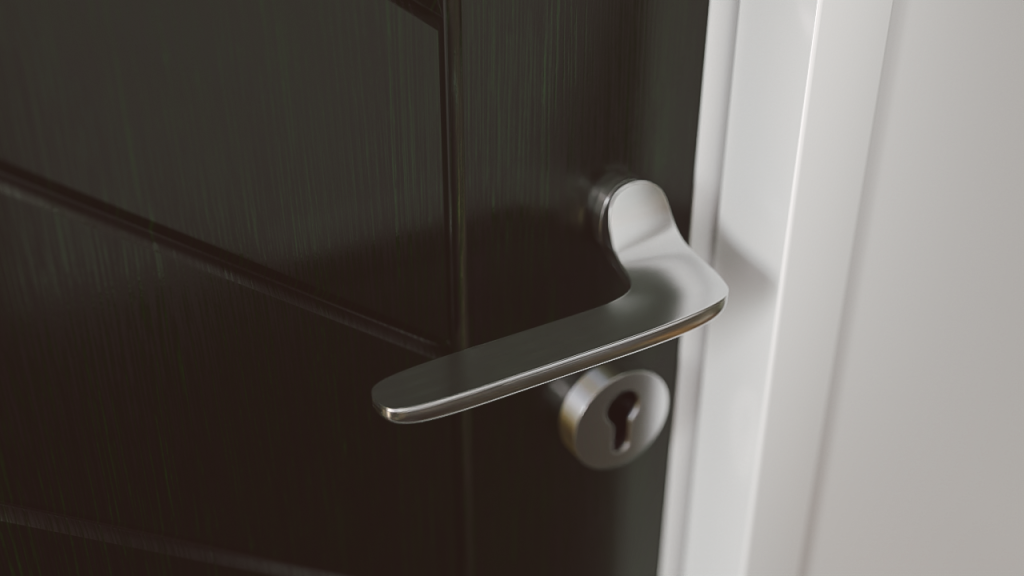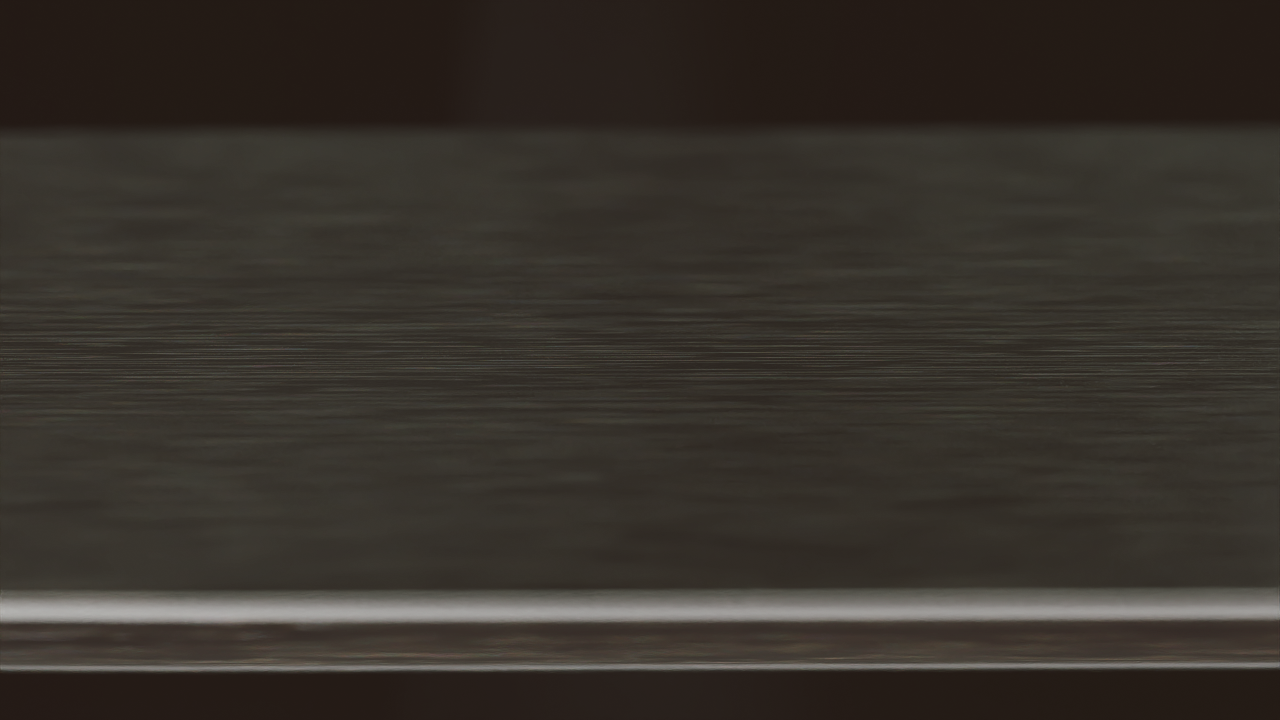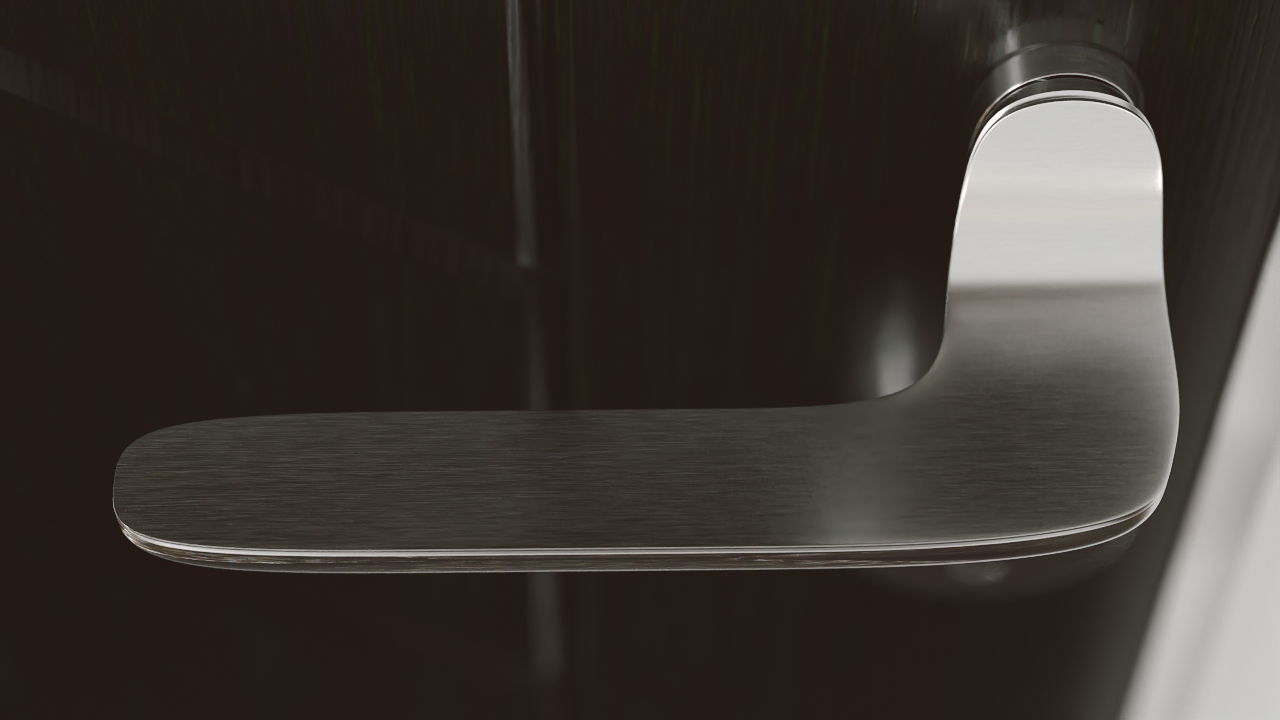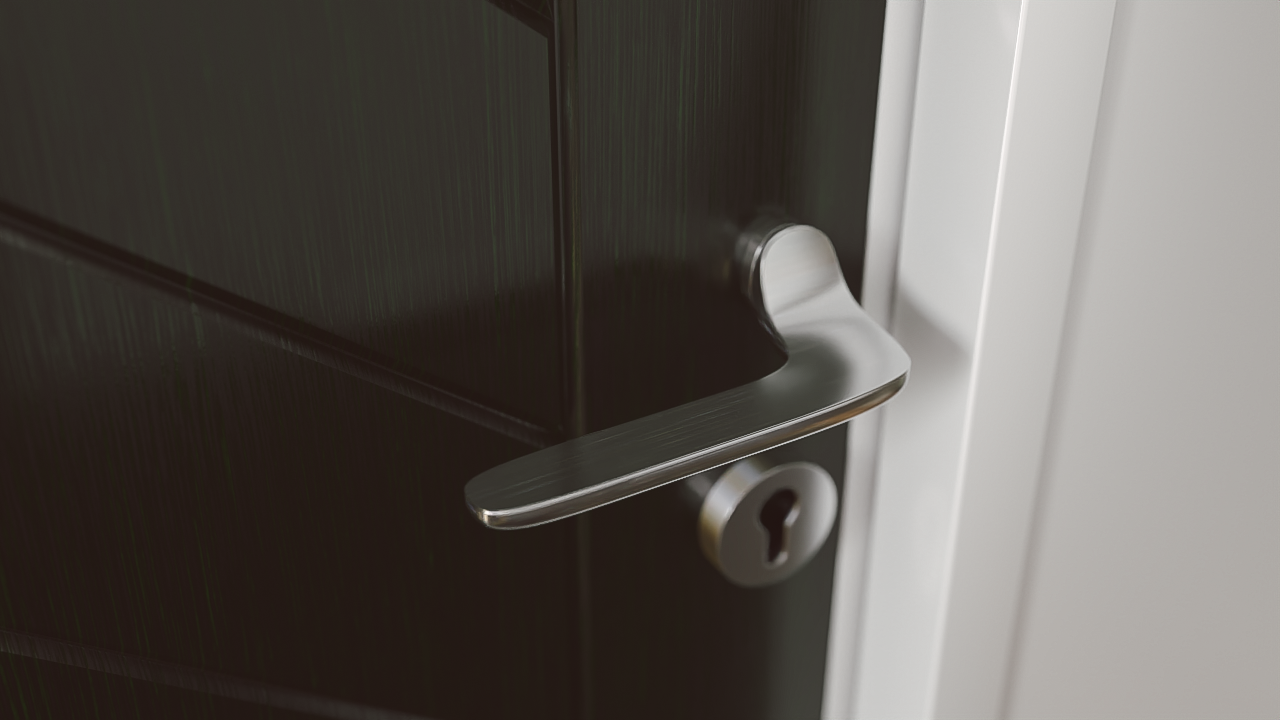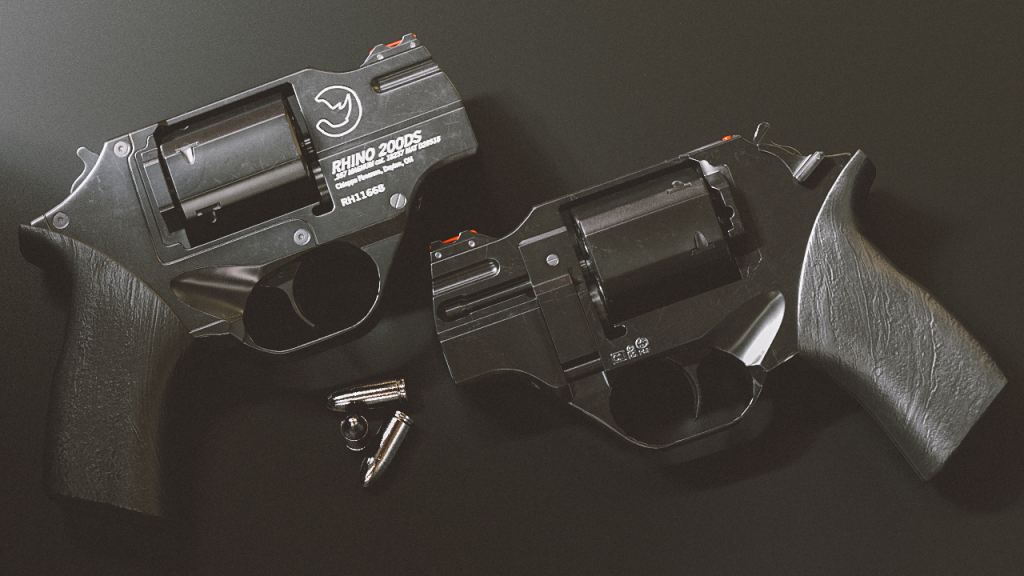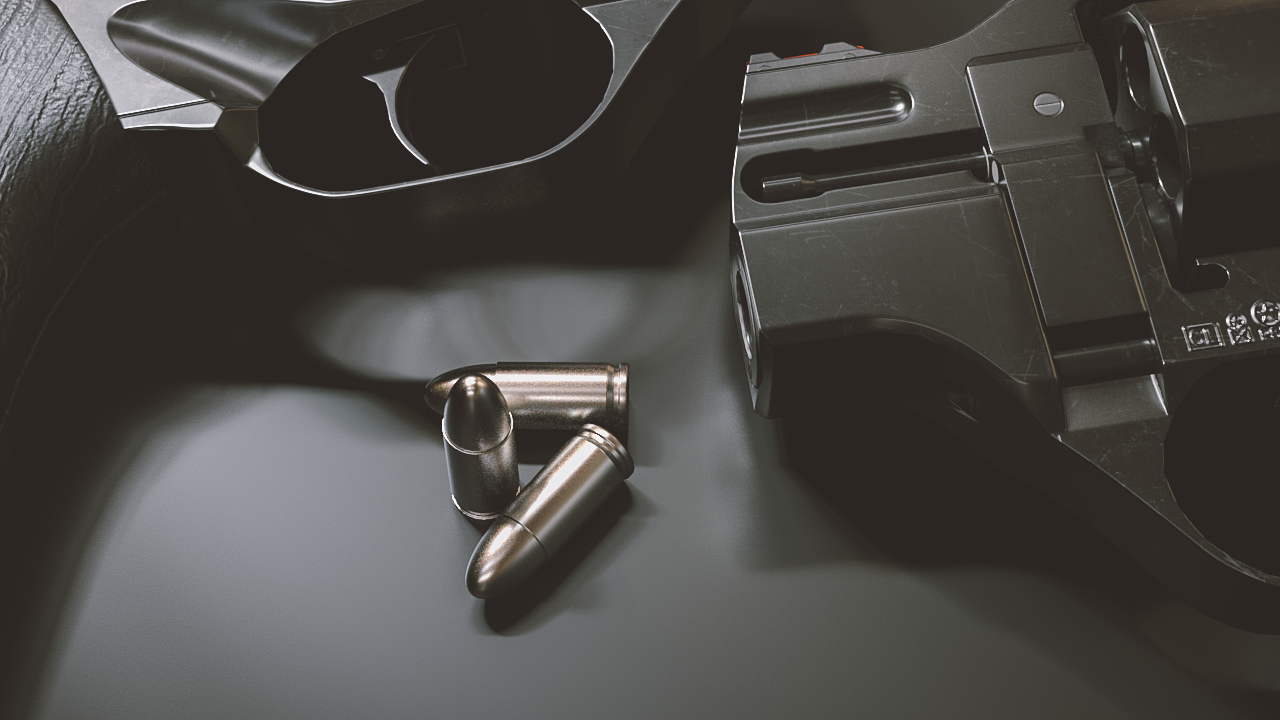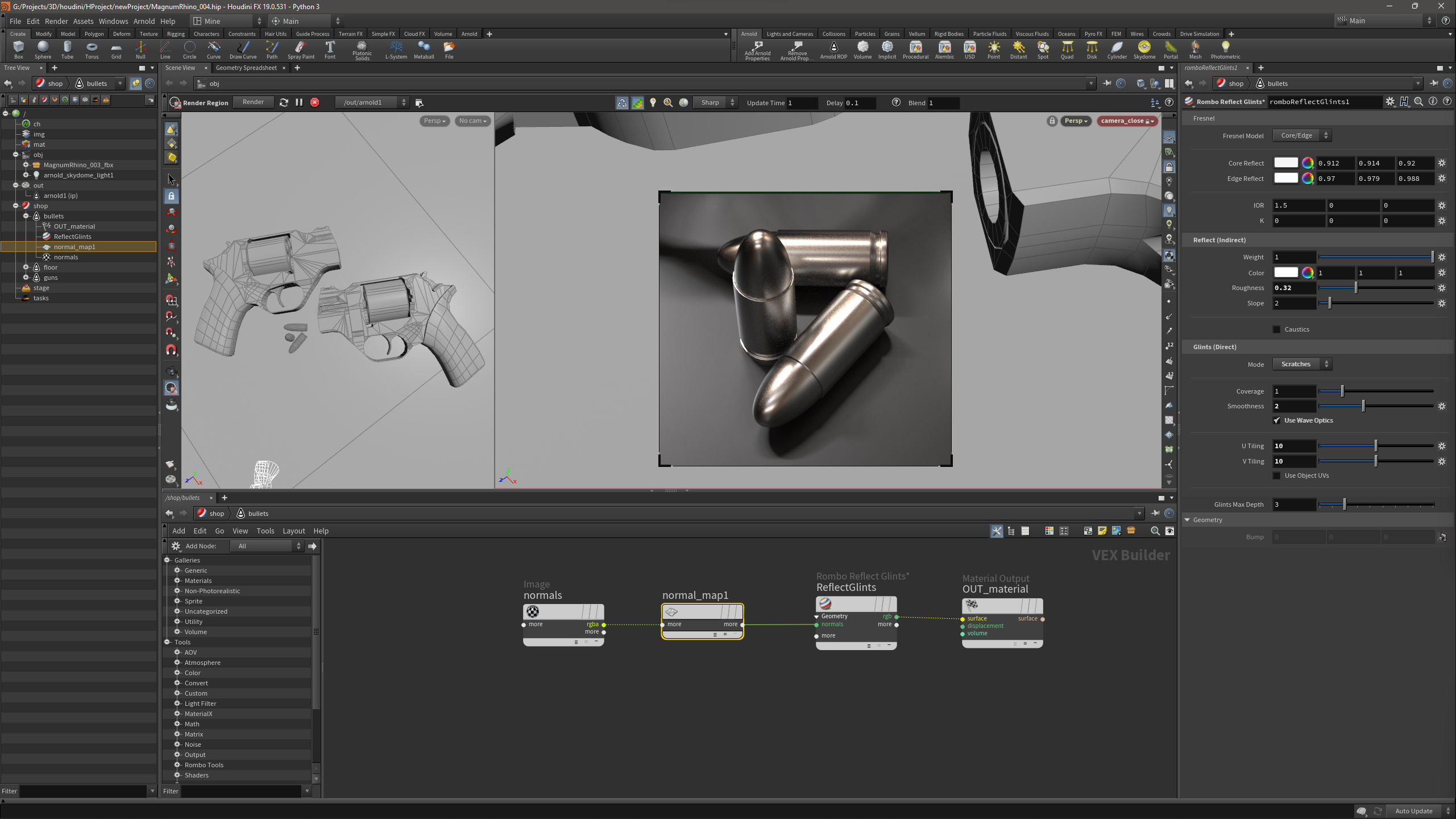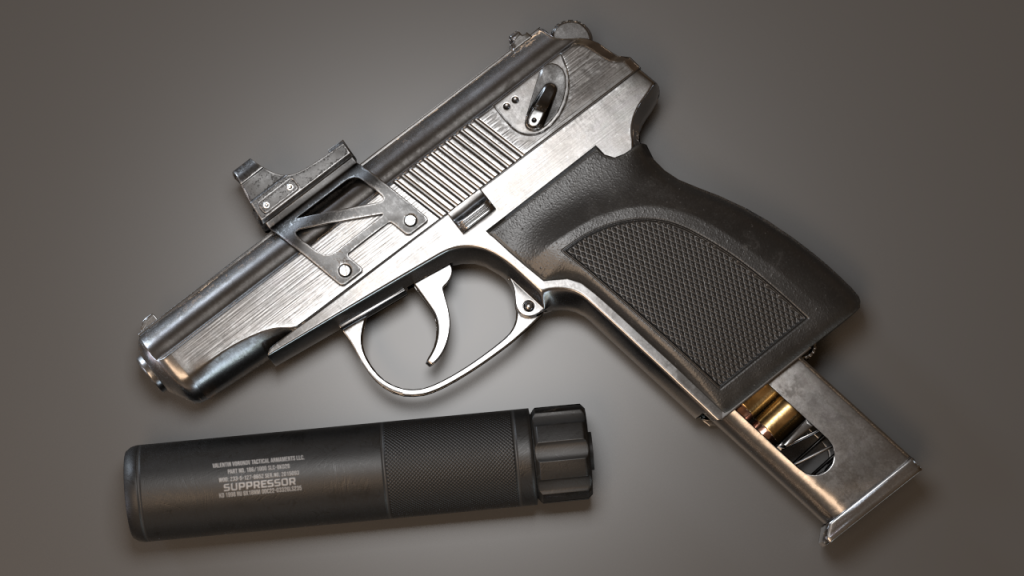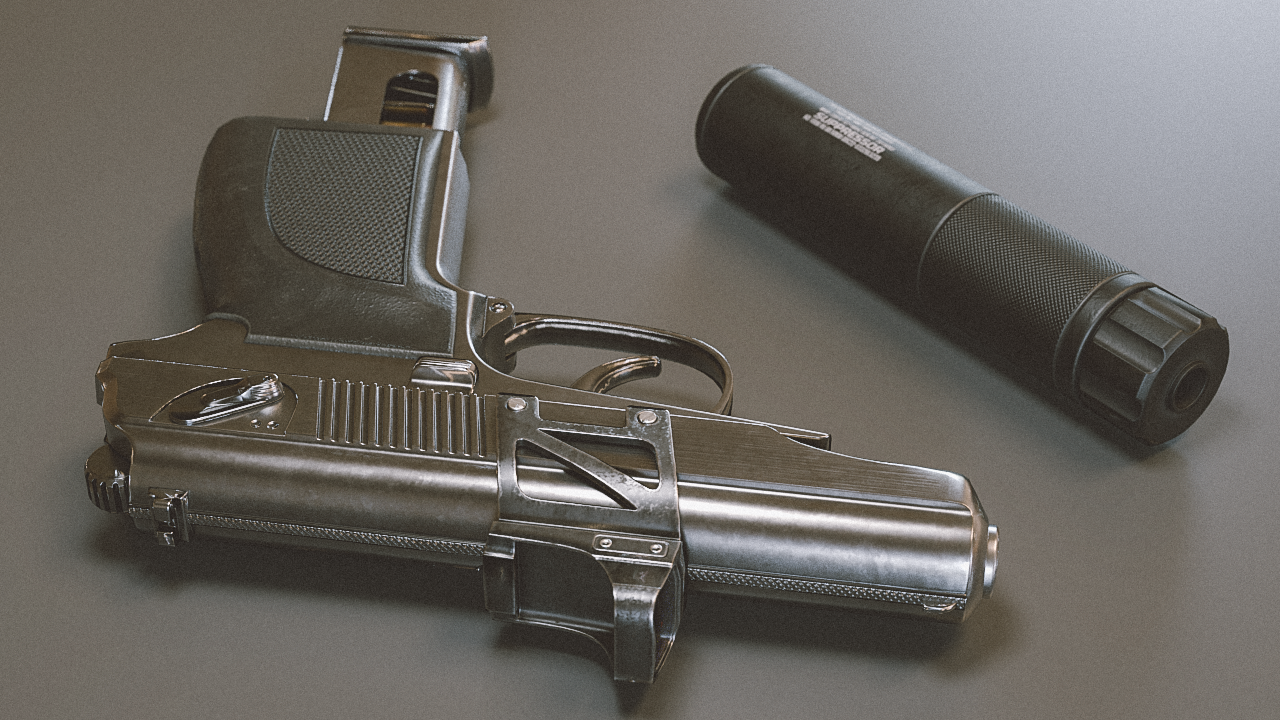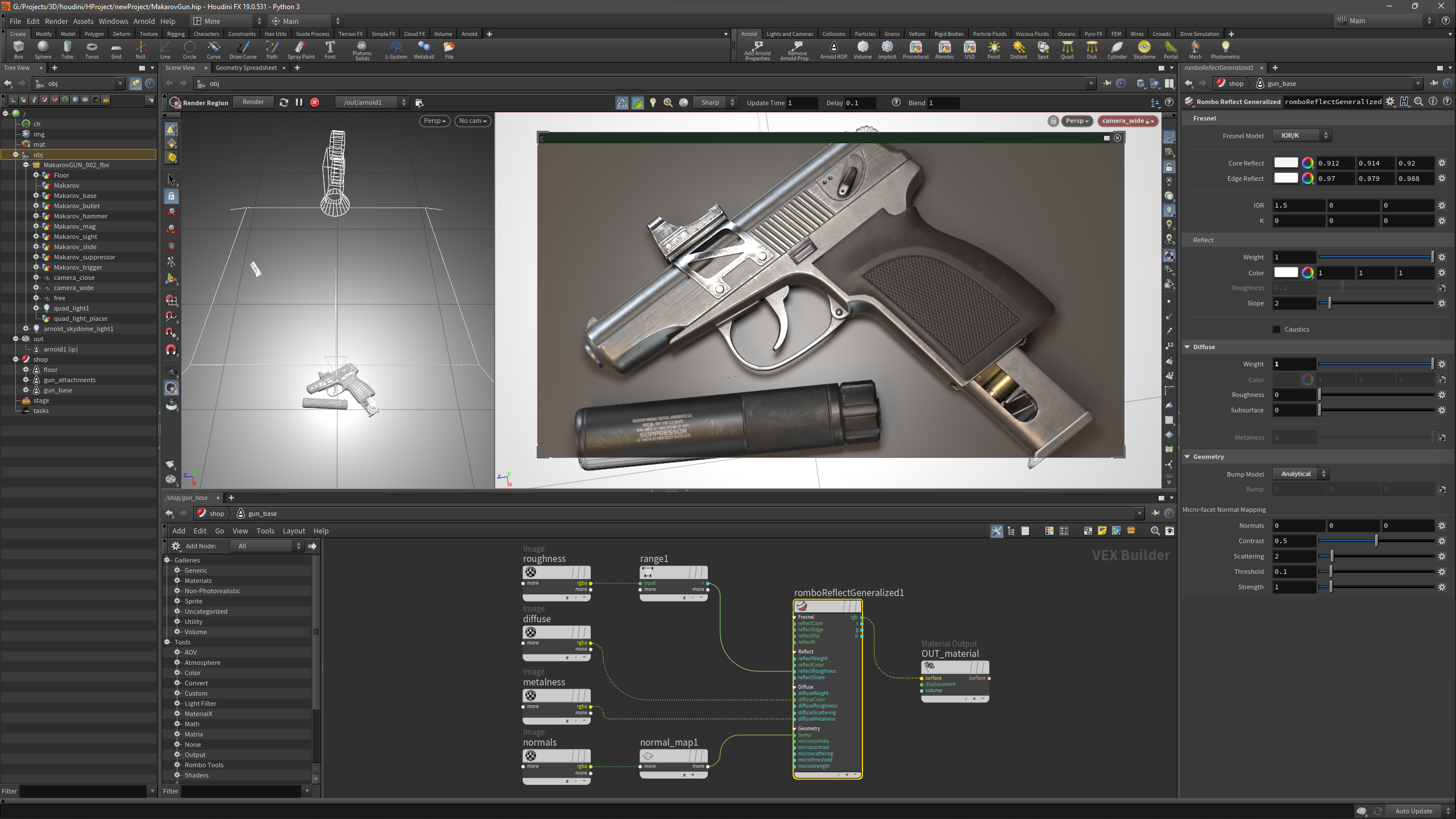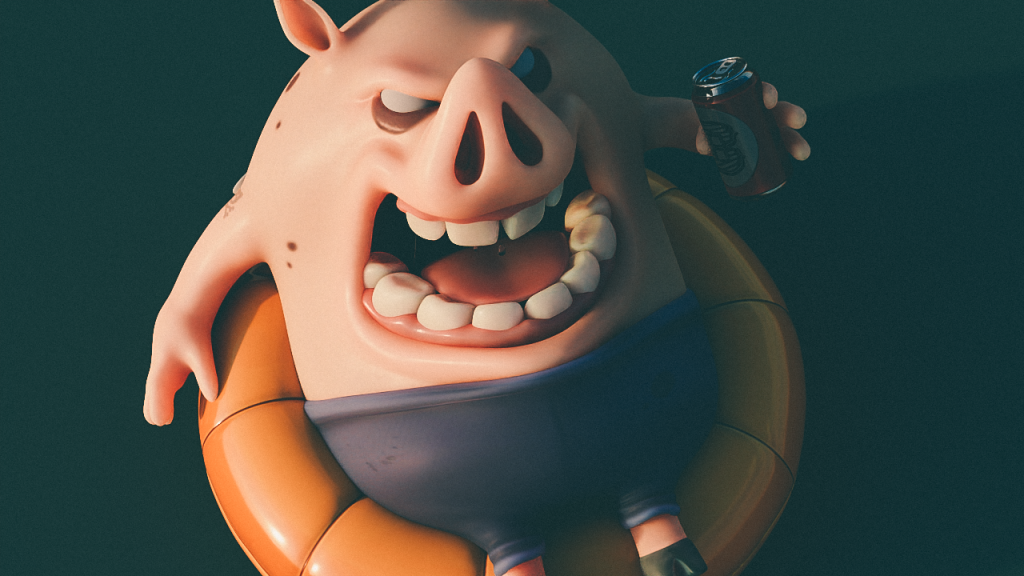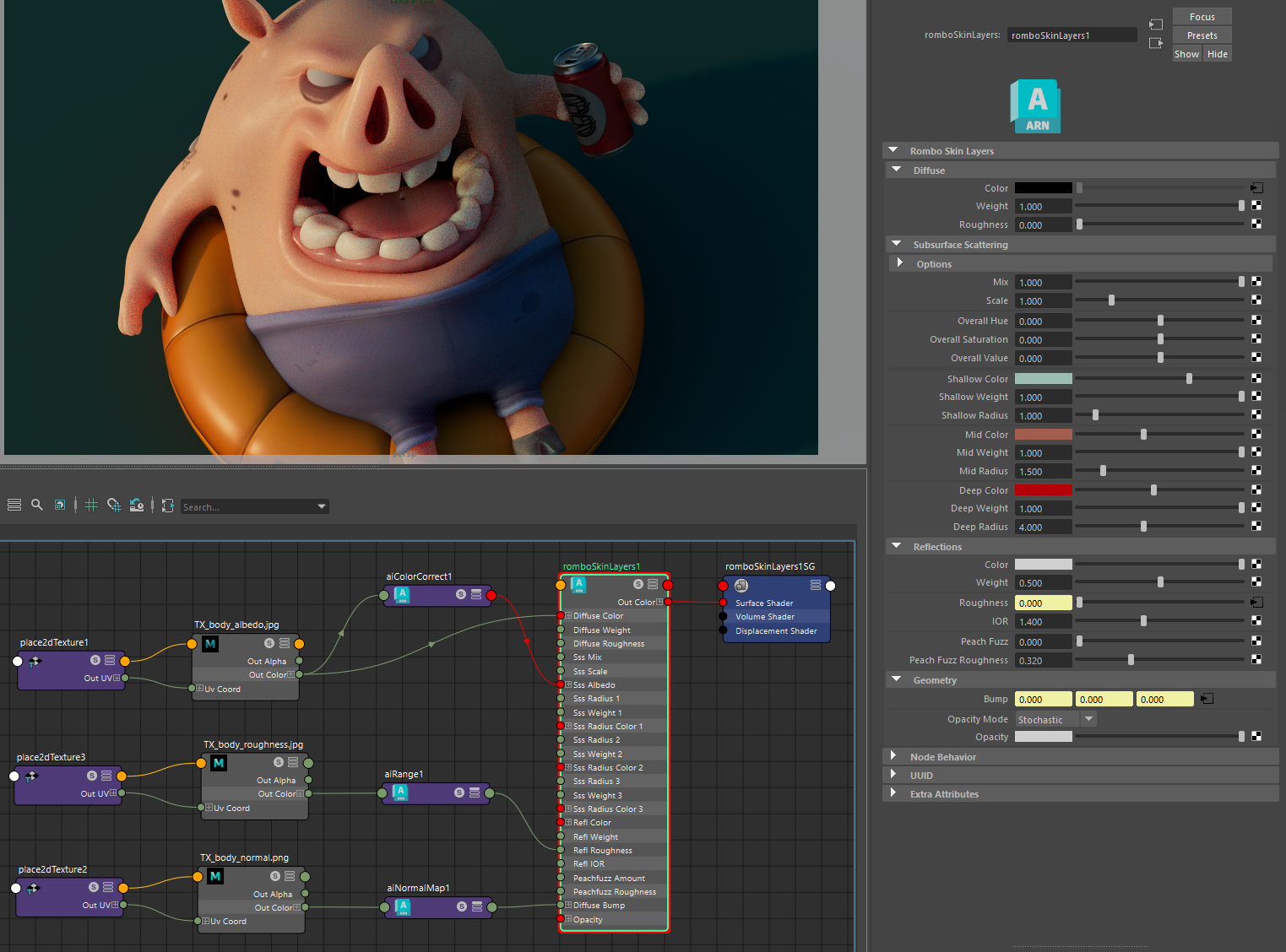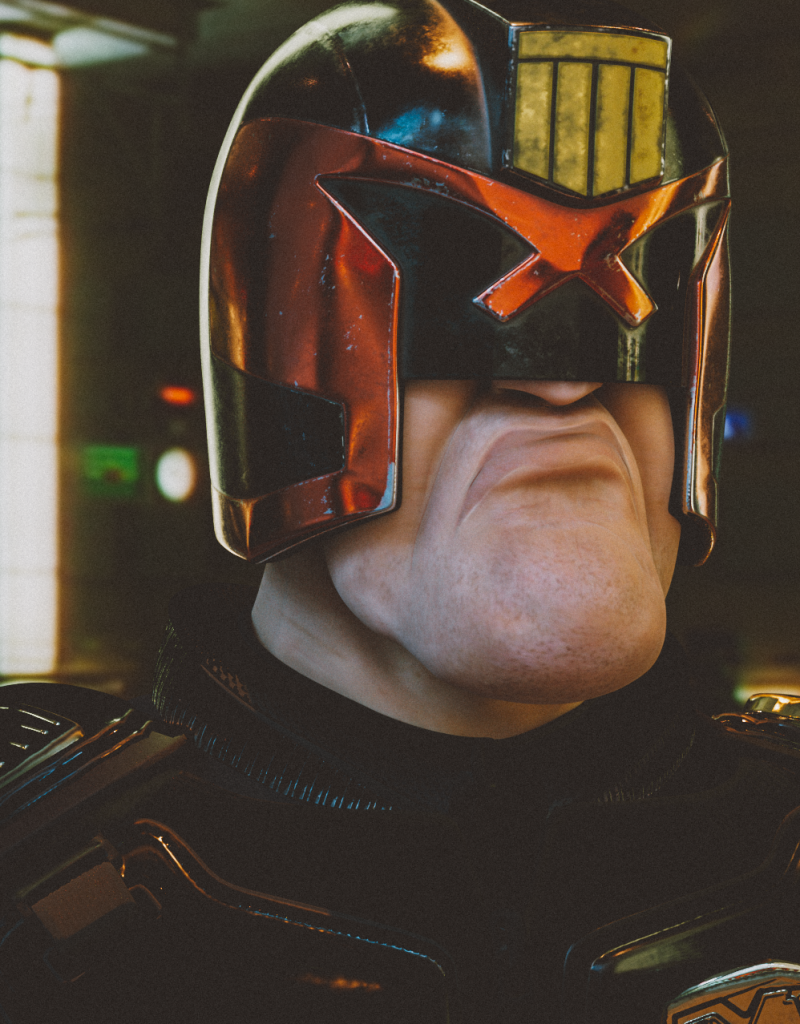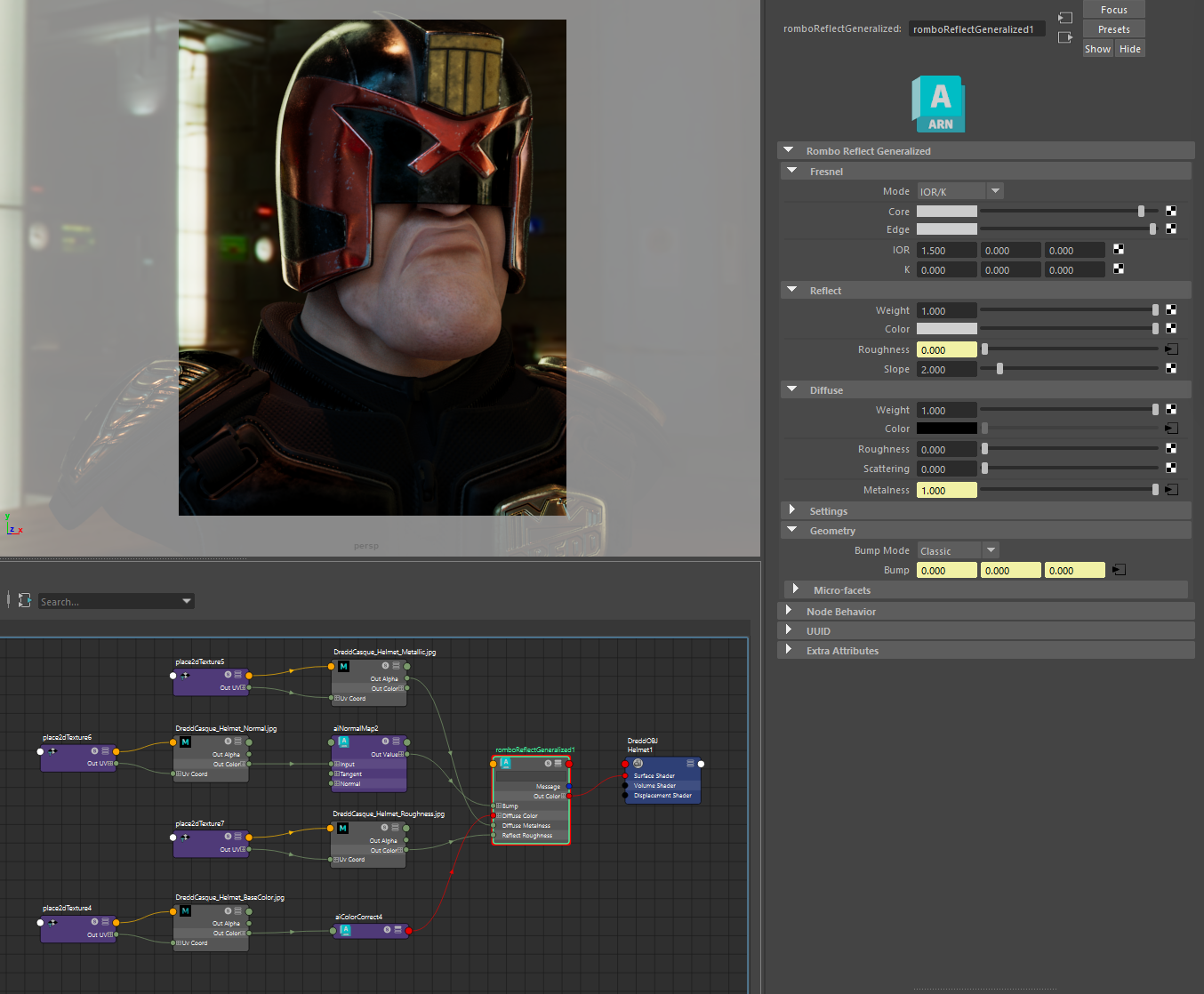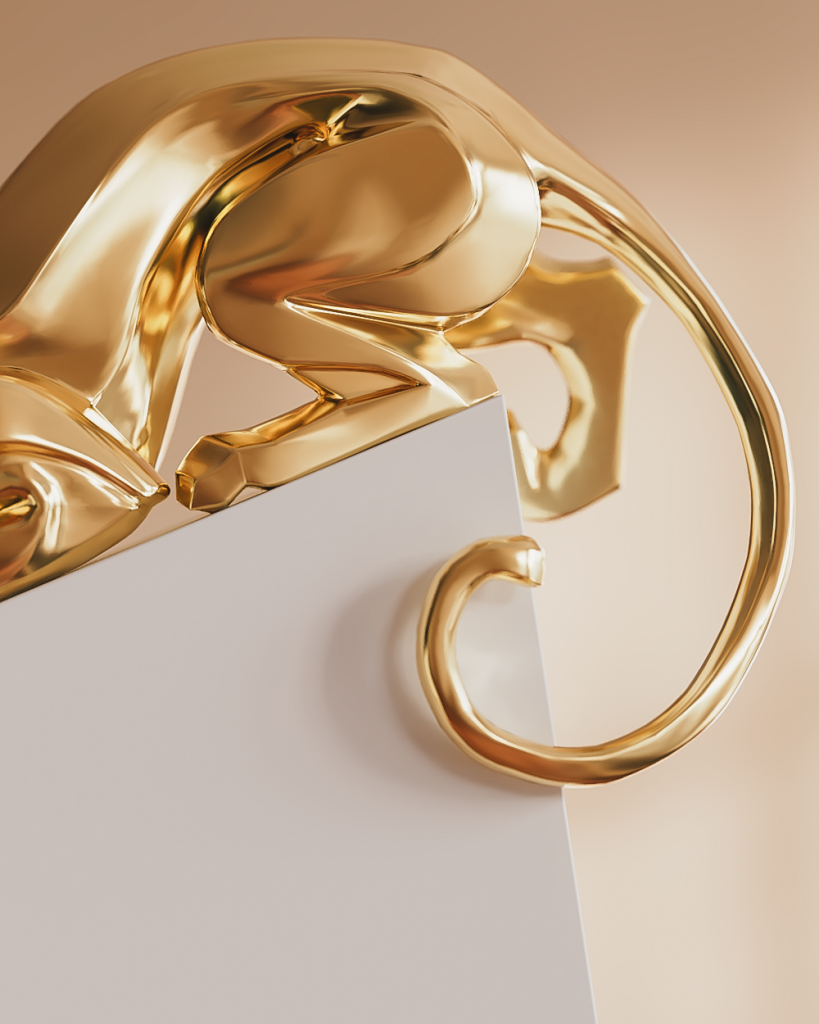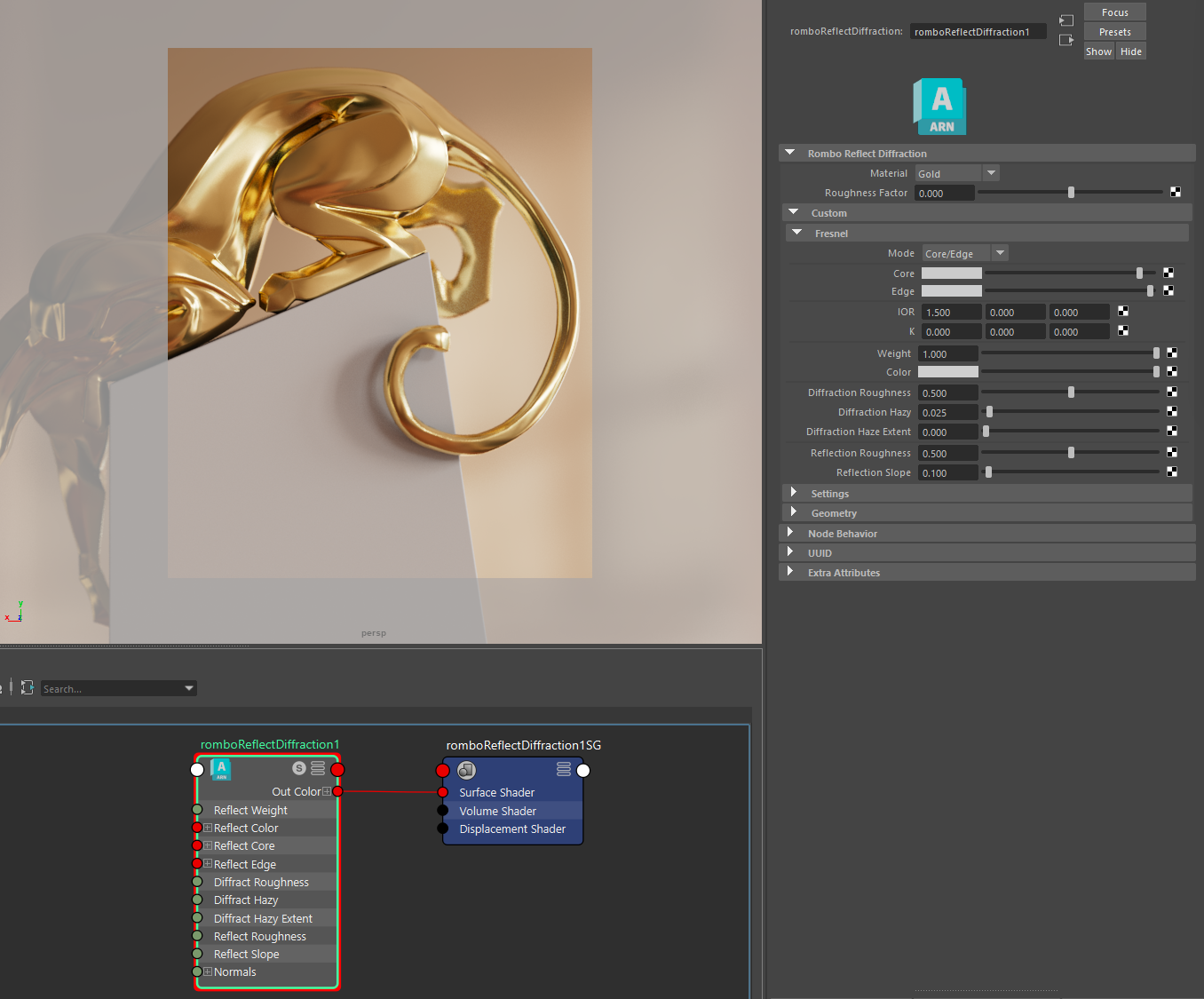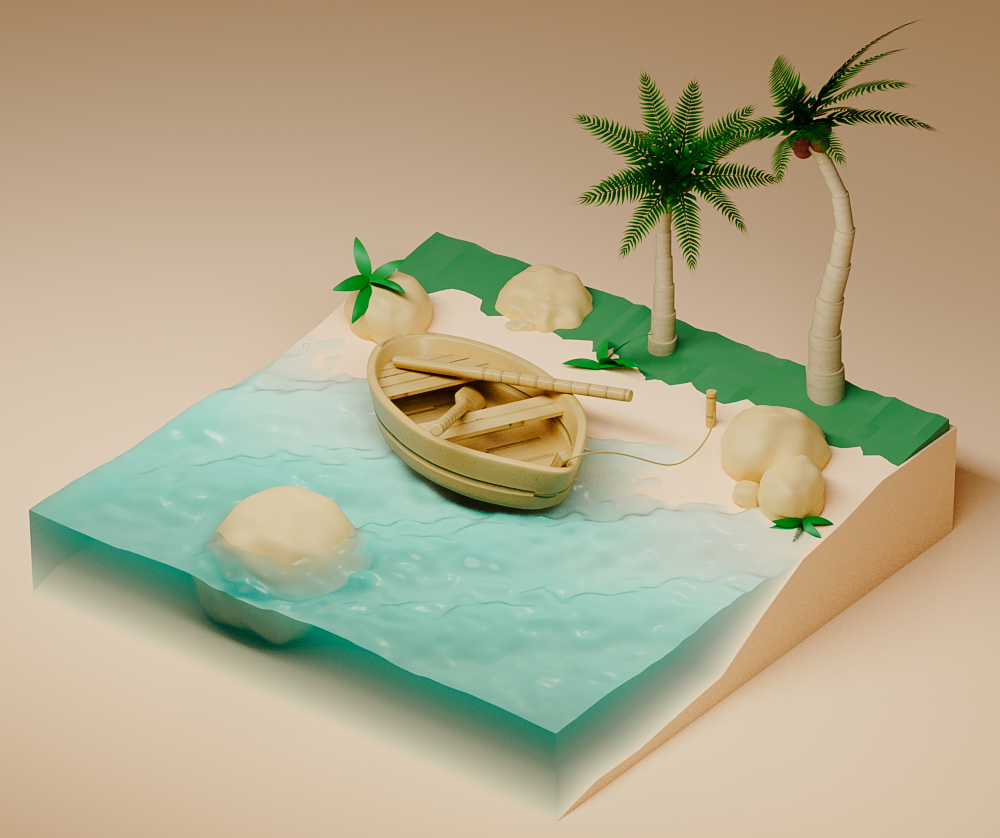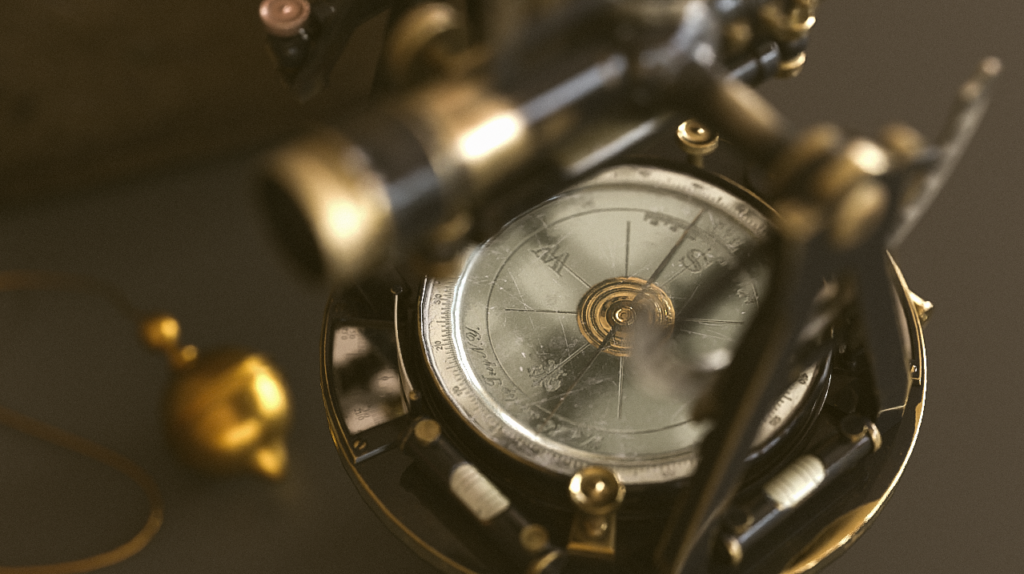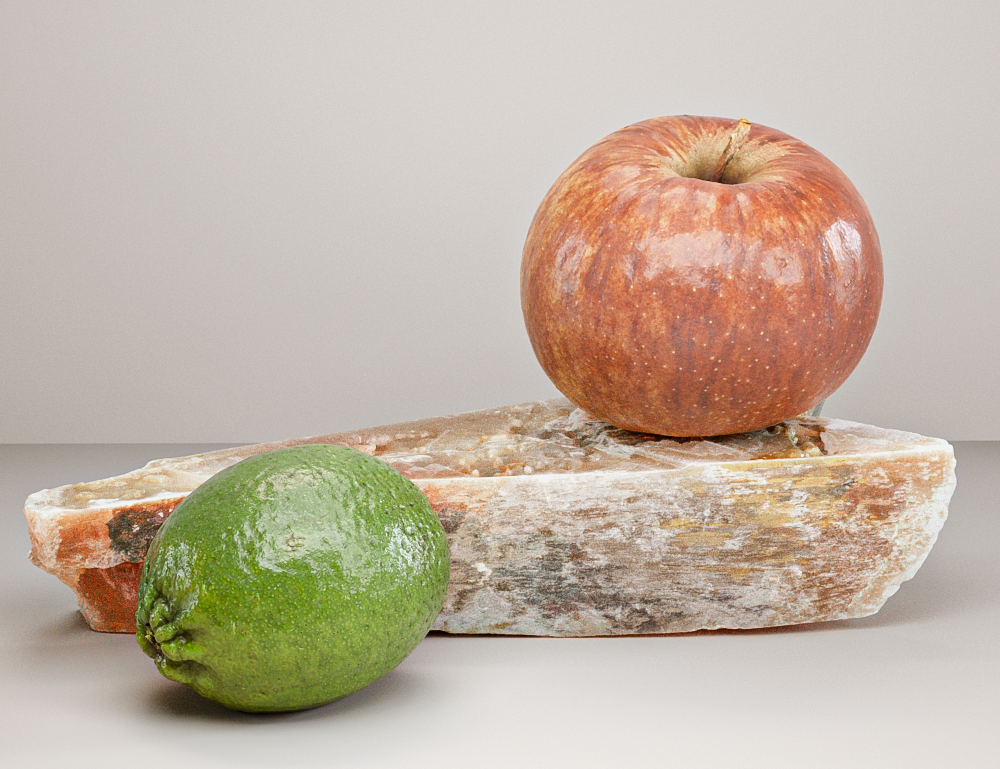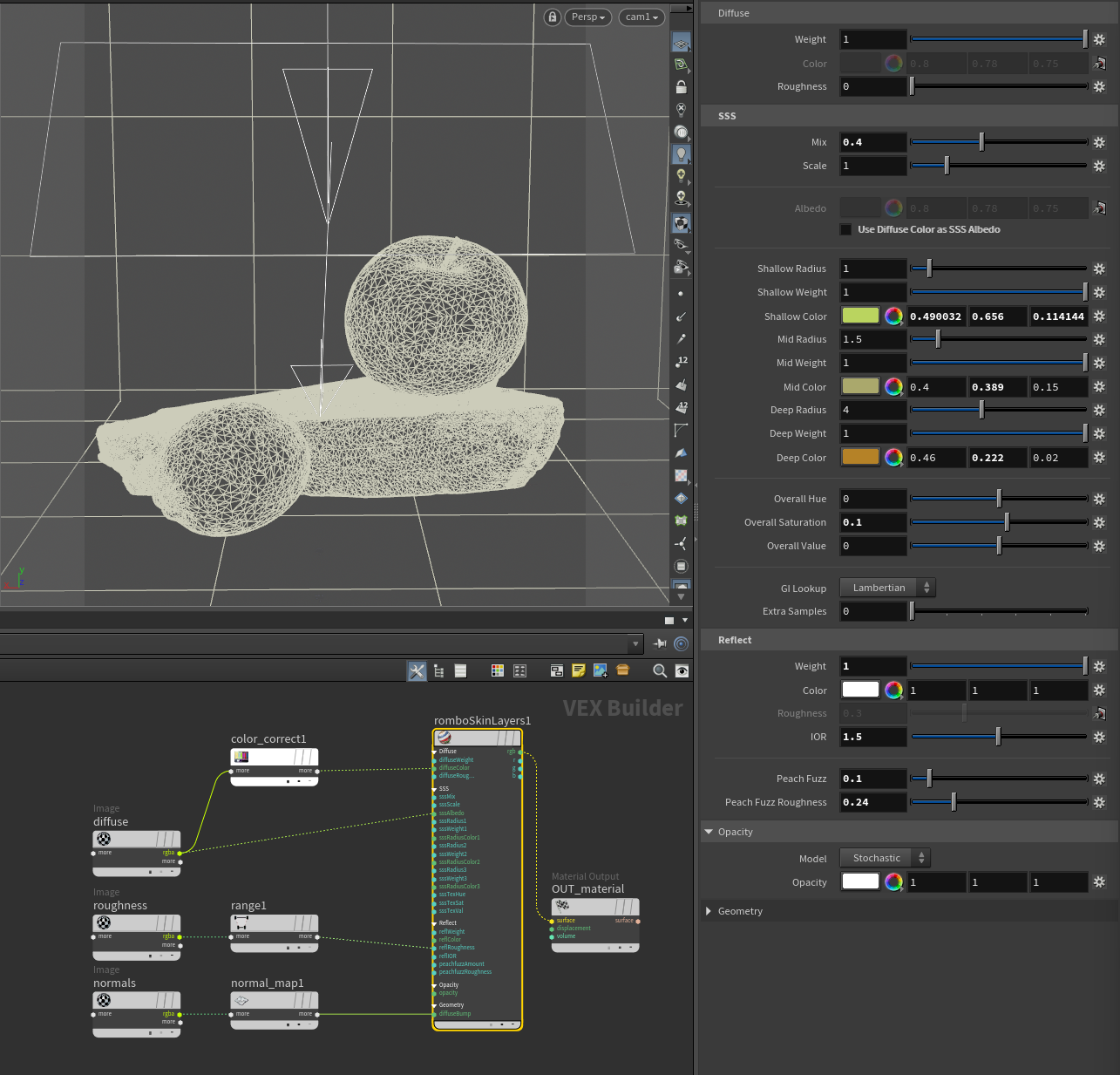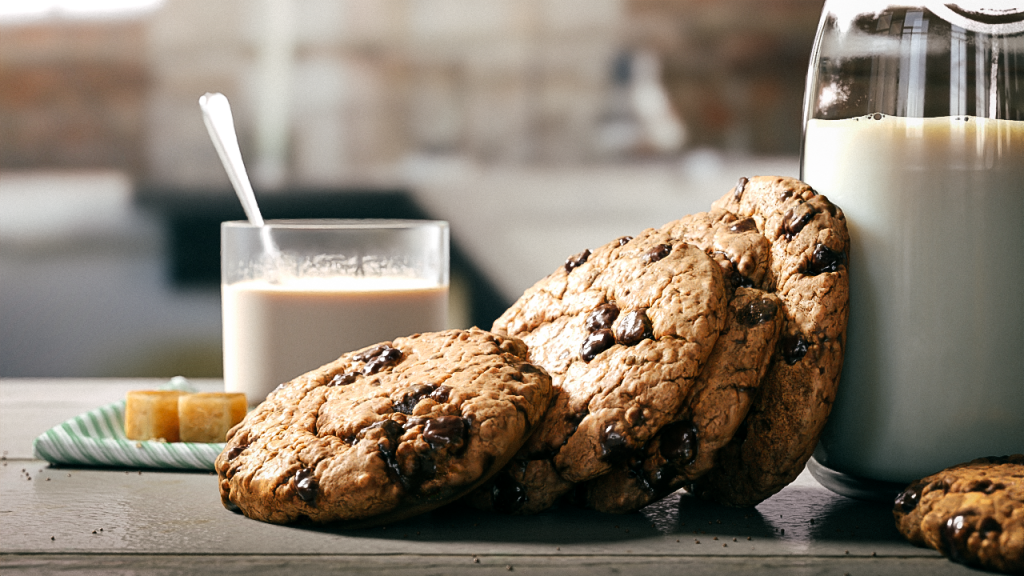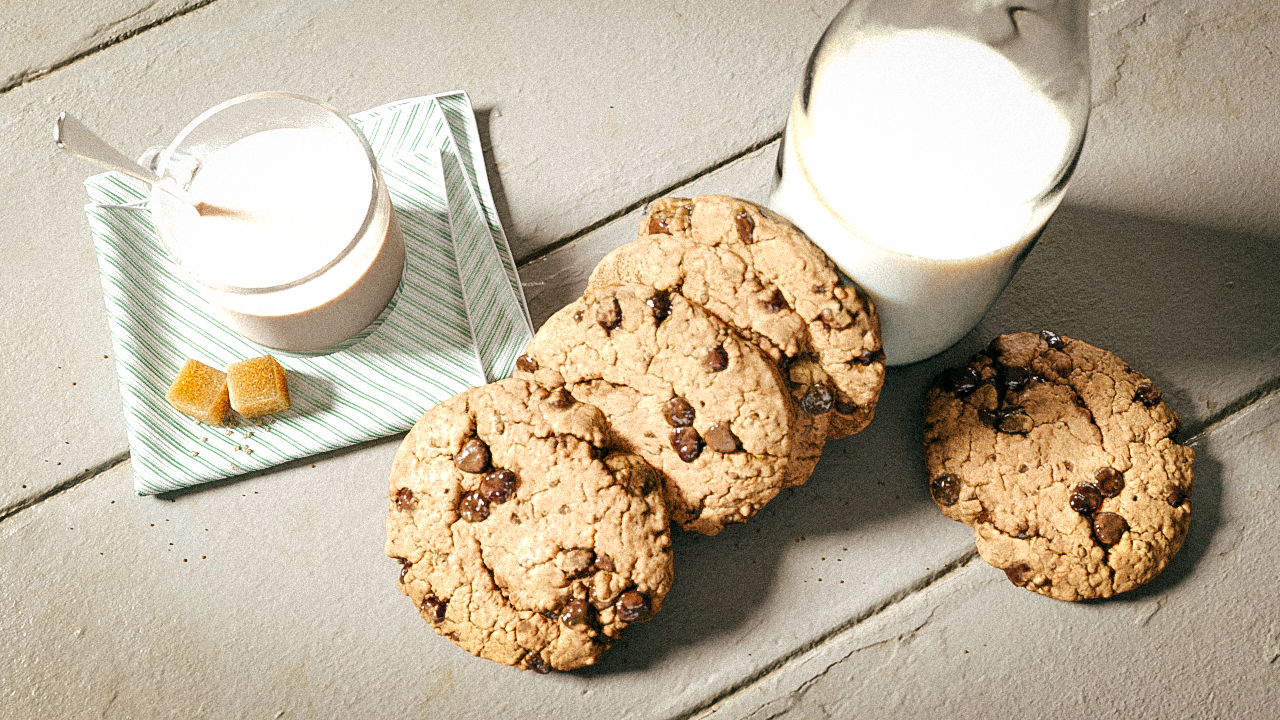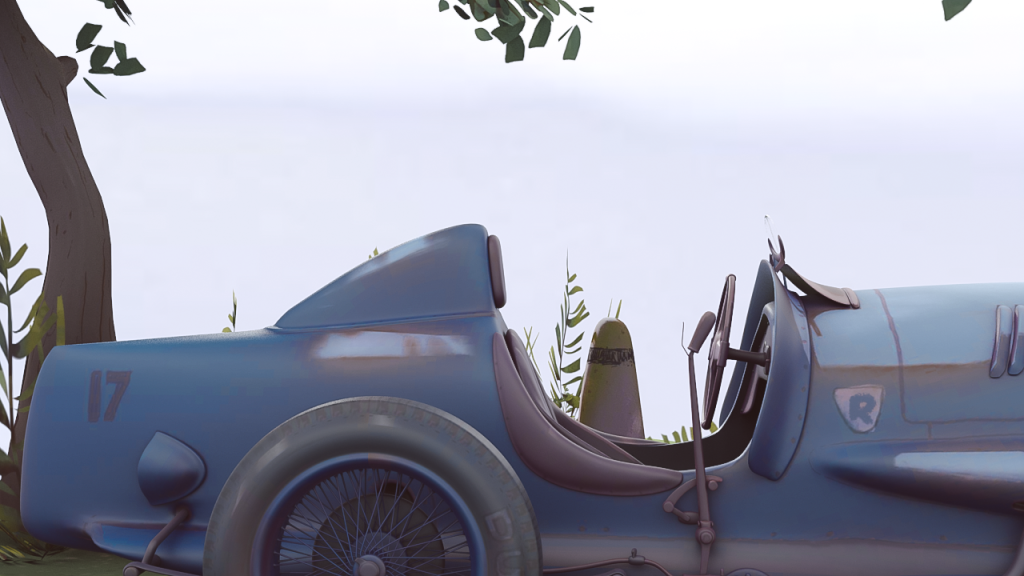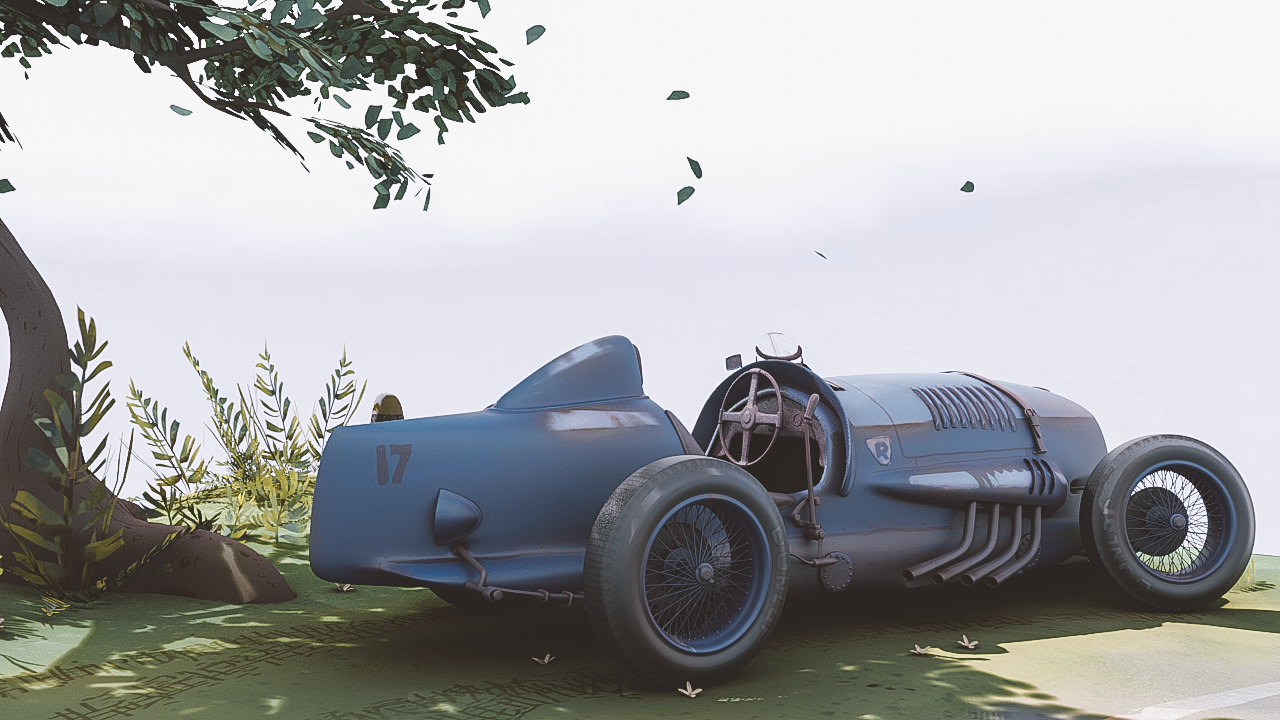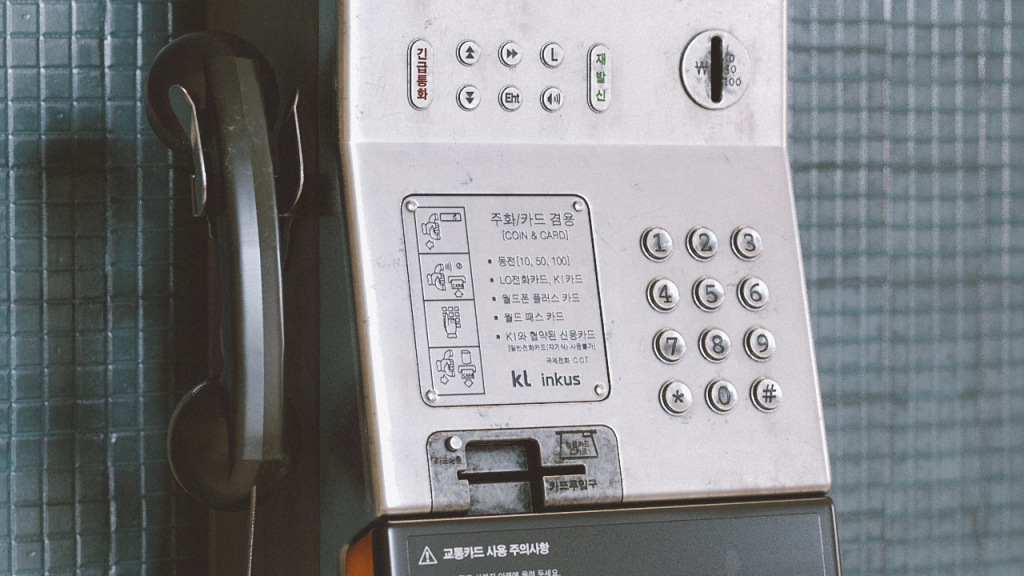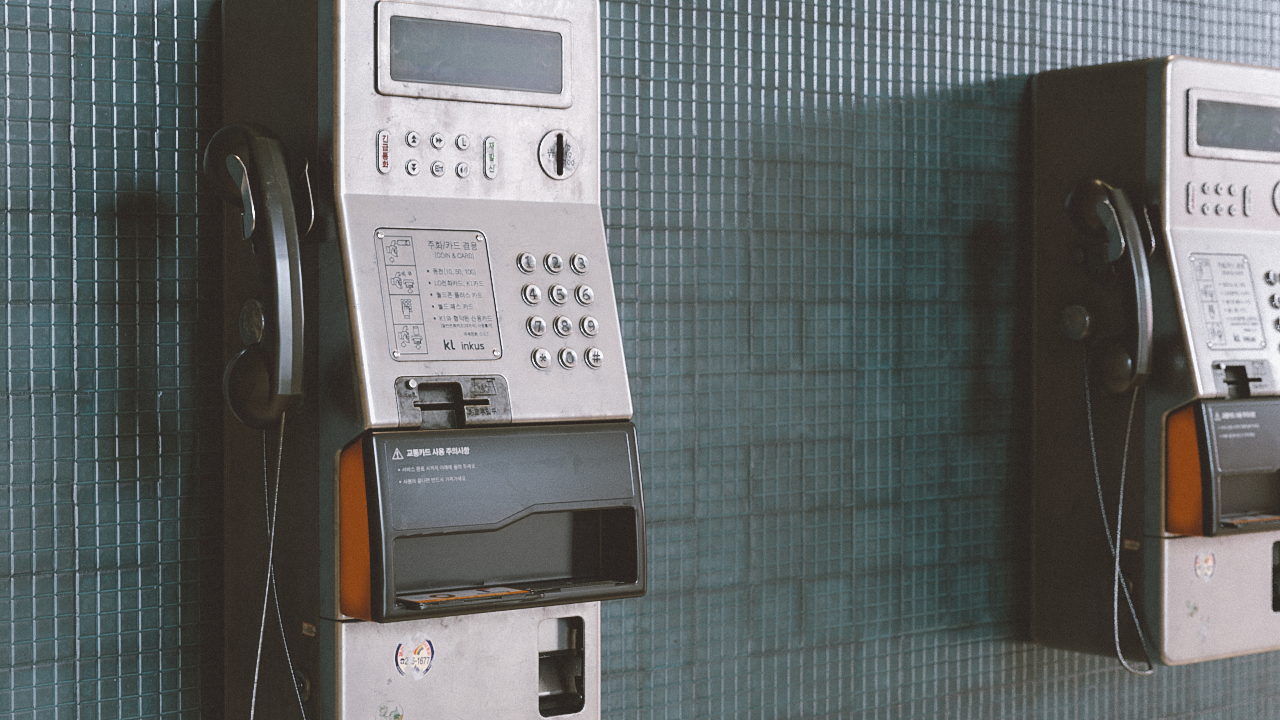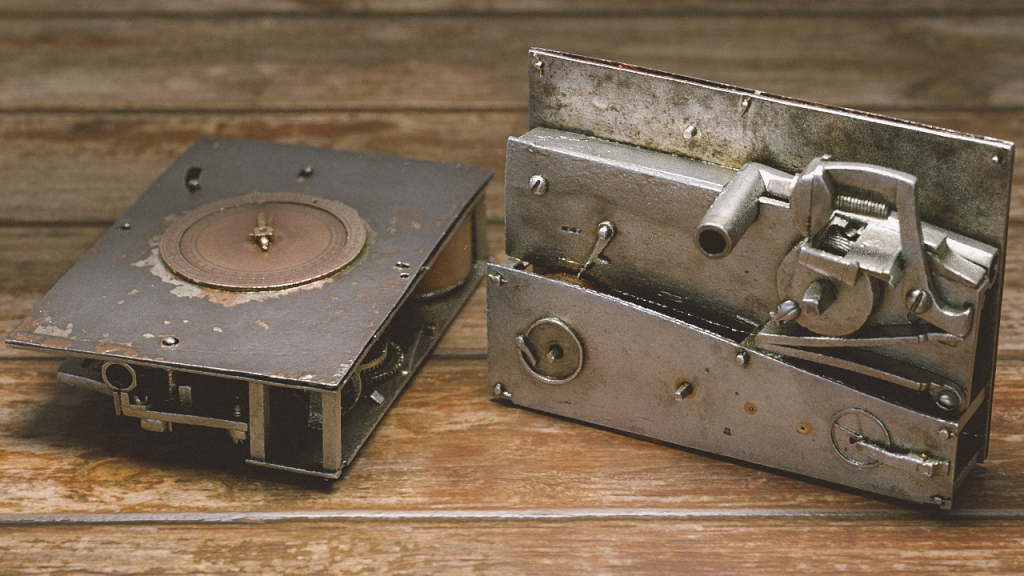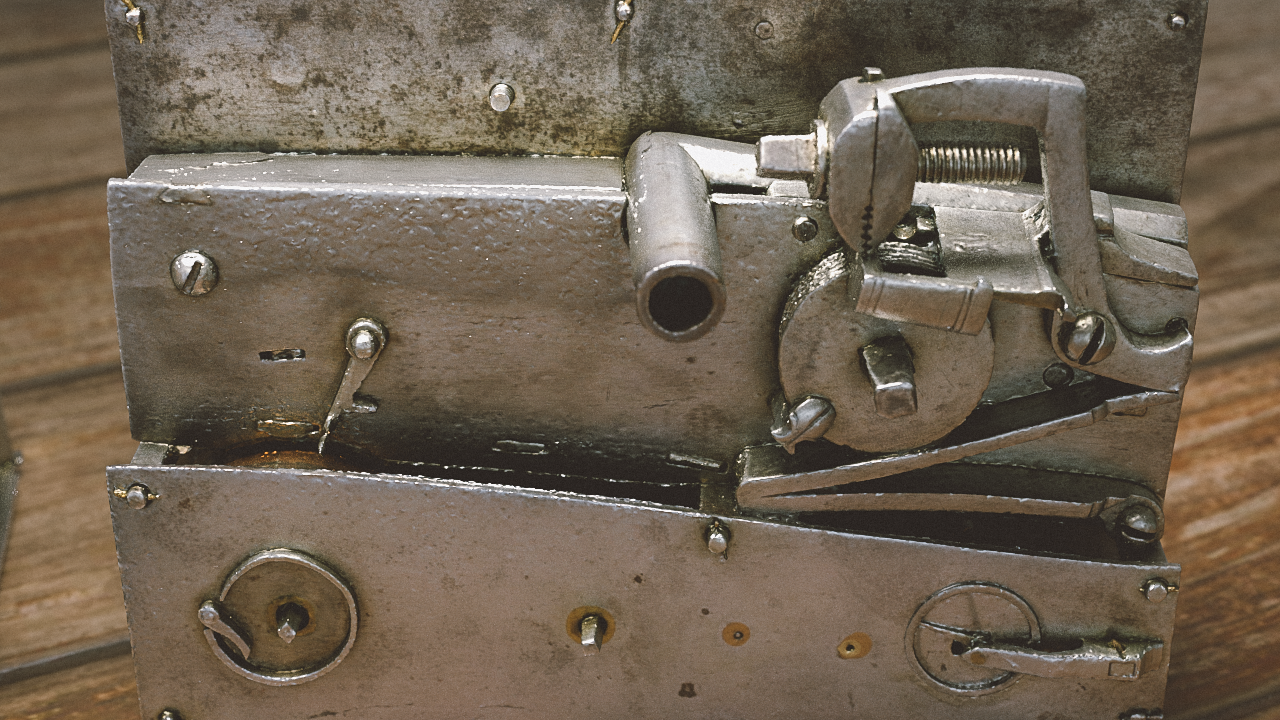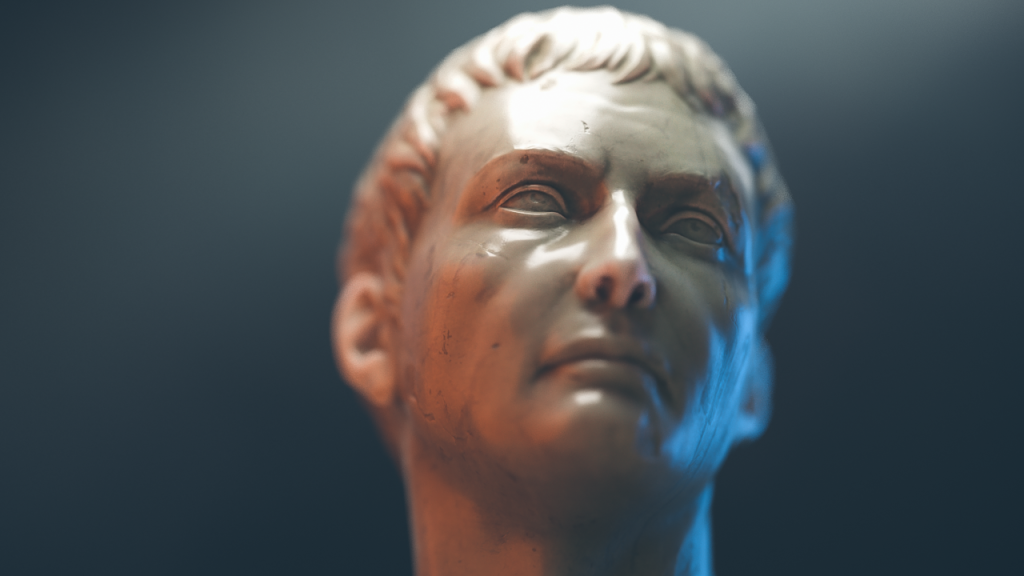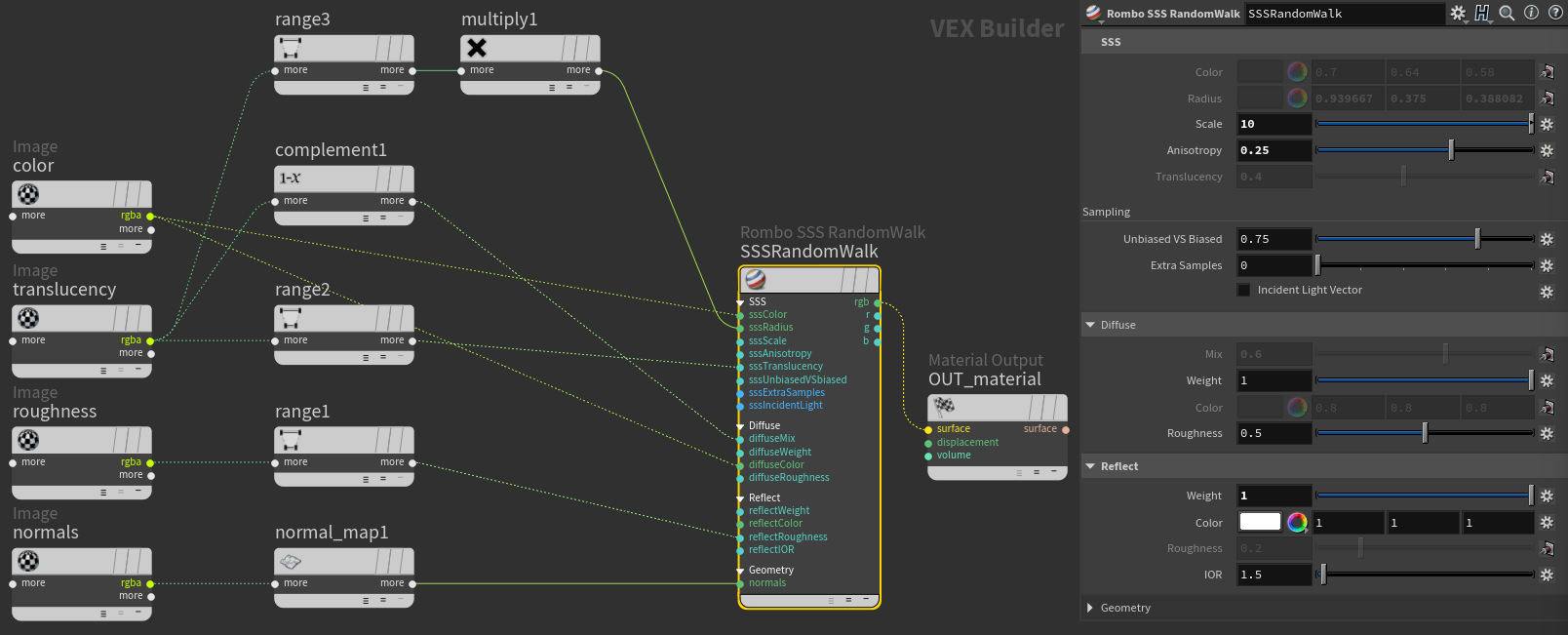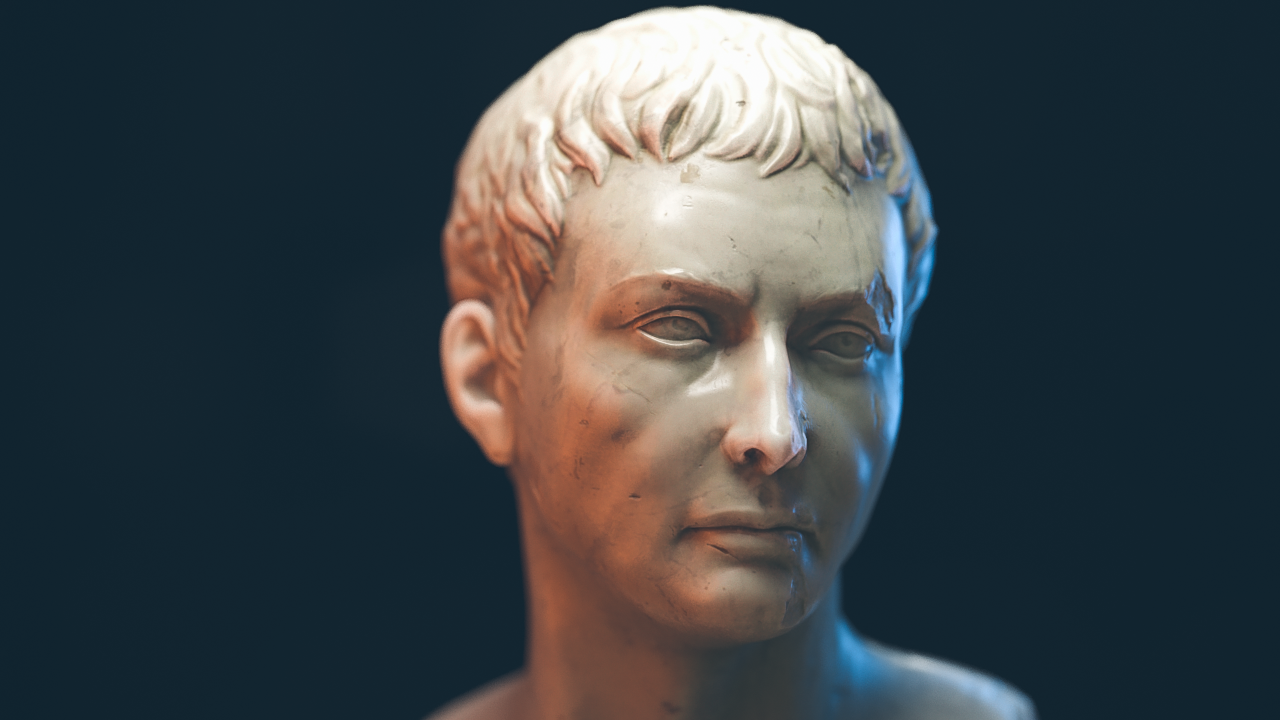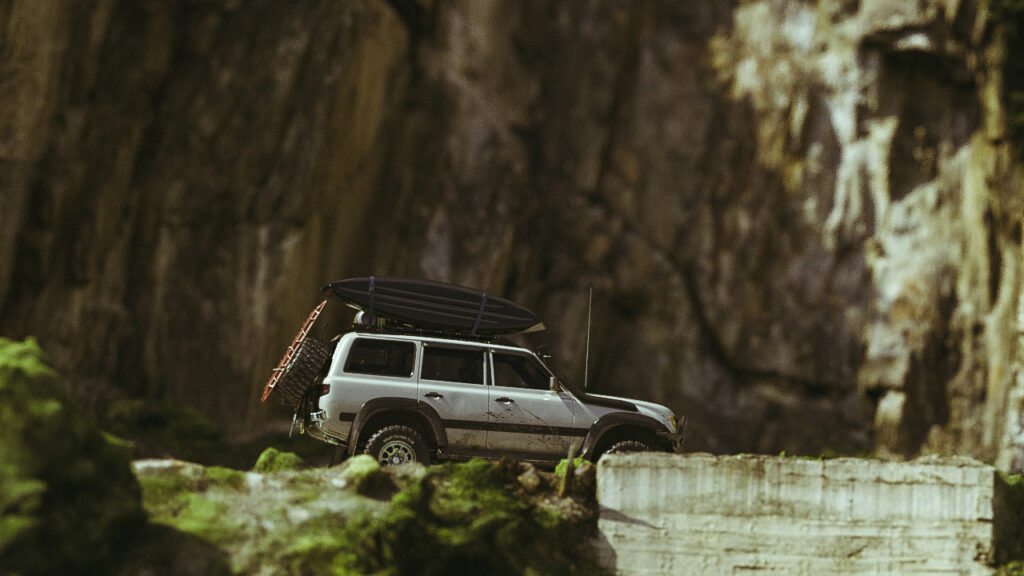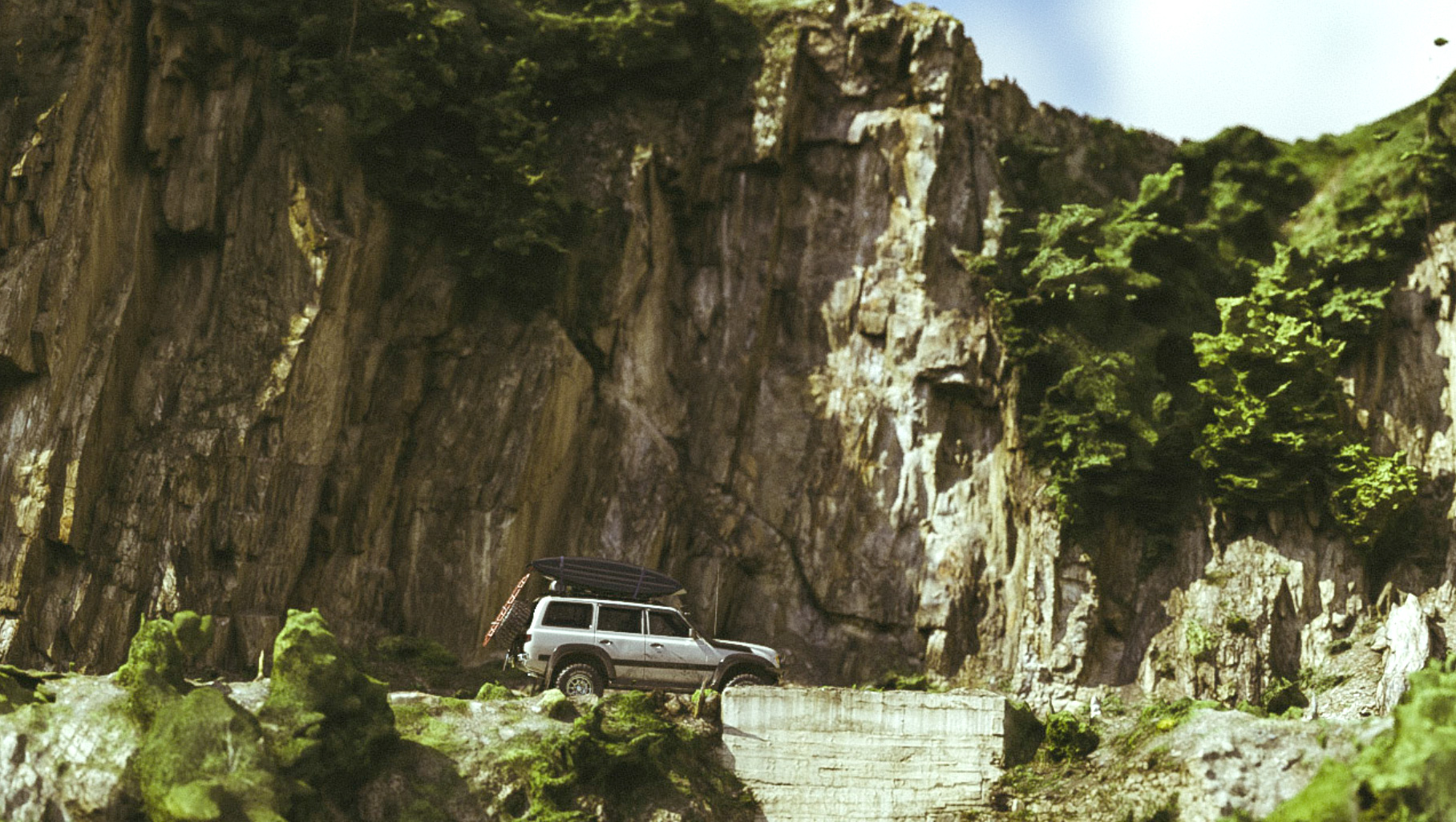Model and textures by Nika Tendetnik
PACKAGES
We have 4 friendly packages. Check all the features and choose the right one for you.
Studio Indie
€1099
- - Package + Contents
- - Unlimited Seats
- - All Point Updates
- - Support Forums
Studio Full
€2499
- - Package + Contents
- - Unlimited (per site) Seats
- - Beta Features
- - Support Forums
Studio Unlimited
Custom
- - Custom Builds/Contents
- - Unlimited Seats
- - Beta/Custom Features
- - Ad Hoc Support
LATEST
In-depth reviews, showcases, updates, case studies and docs.
ROMBO TO ARNOLD
A set of powerful, fast and easy to use materials, a full node-based shading system, new procedural textures, a fully flagged denoiser and new imagers for advanced color corrections and grading. It implements latest advancements in computer graphics development that together with a smooth and ergonomic integration in your DCC application of choice, - brings shading and rendering to a whole new level.
Overview
Rombo To Arnold
shading tools for the Arnold renderer.
Engineered using latest technologies, delivering exceptional quality and performance. Simply get what you expect, uber-realistics artifact-free and super-fast renderings. Let Arnold, powered by Rombo, work its magic on your images.
Devoted to simplicity and easy to use, Rombo is here to give you a modern and advanced workflow that will let you forget about technicalities and will let you focus on what really matters. We believe in facts that after having been advanced and after the time of the know-it-all, one has to go back to the ground of simplicity to really exploit the complexity of his own vision.
High Performance
Battle tested on production assets. Rombo born there, it is performance wise from the ground up. Stay in control of your renderings.
High Quality
Arnold has a reputation for being fast, stable while delivering high-quality results, with Rombo we start from there and we go up and up.
User Friendly
Tweaking shaders becomes a breeze with well integrated and artist-friendly GUIs, absorbing unwanted complexity and with a zero-steps learning curve, - you're ready to render in minutes. Designed by artists for artists.
Latest Technologies
Based on latest technologies we keep boosting them while adding new ones as soon as we make them reliable. Good balance between stability and innovation makes Rombo production solid. From devs to devs.
Contents
Some scenes (many more in the downloads) to test rombo tools features and have instant fun , - just press the render button.
-
Alfa Stradale 1967
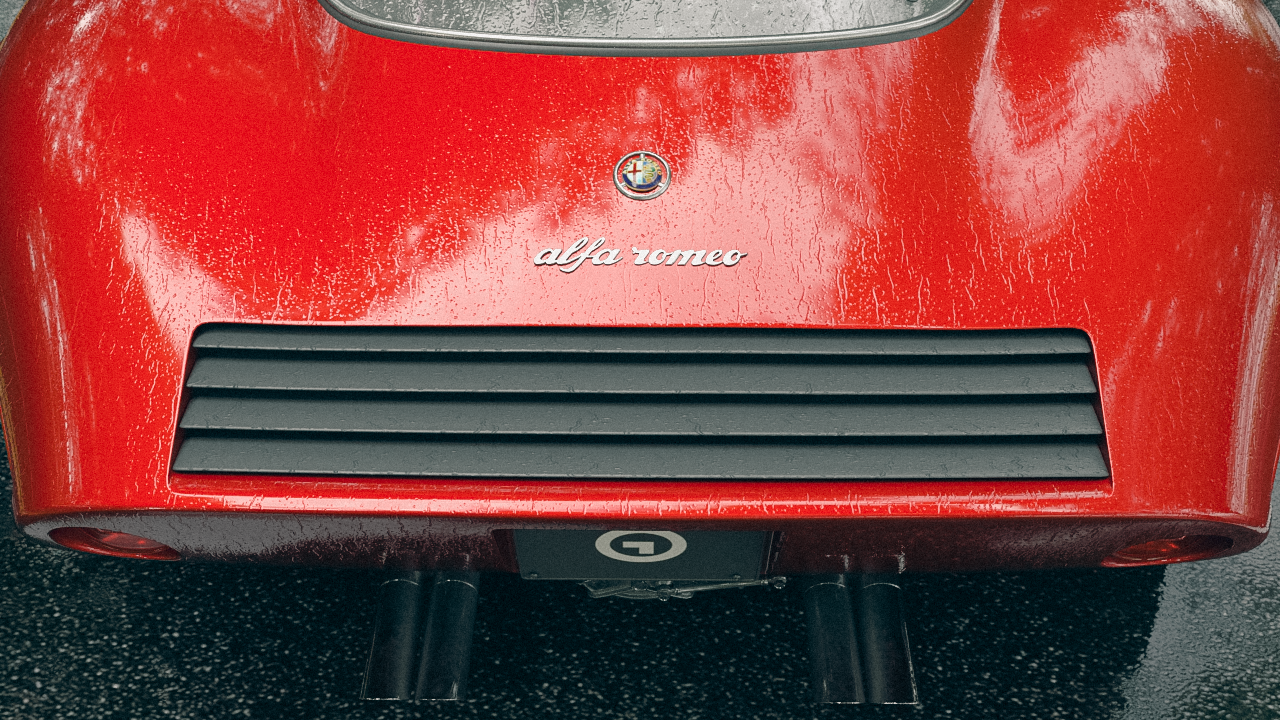
Alfa Stradale 1967
-
Porsche 911 – 1975
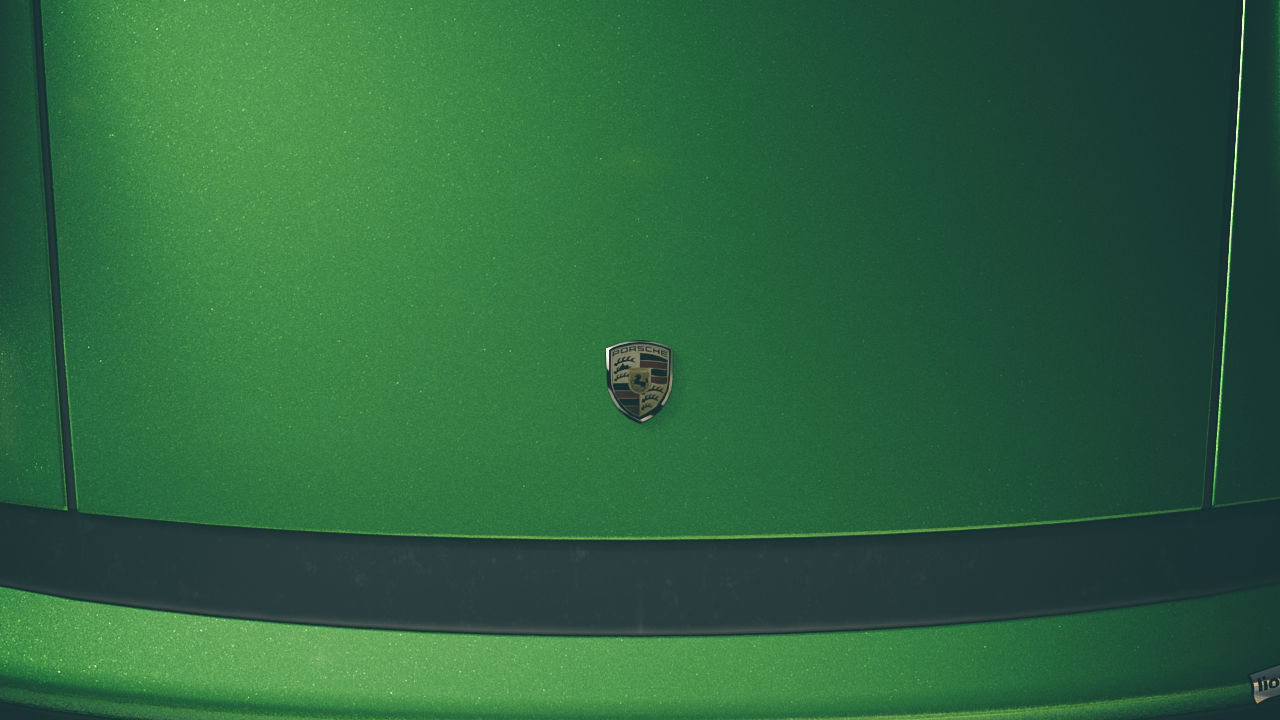
Porsche 911 – 1975
-
Cyborg Police
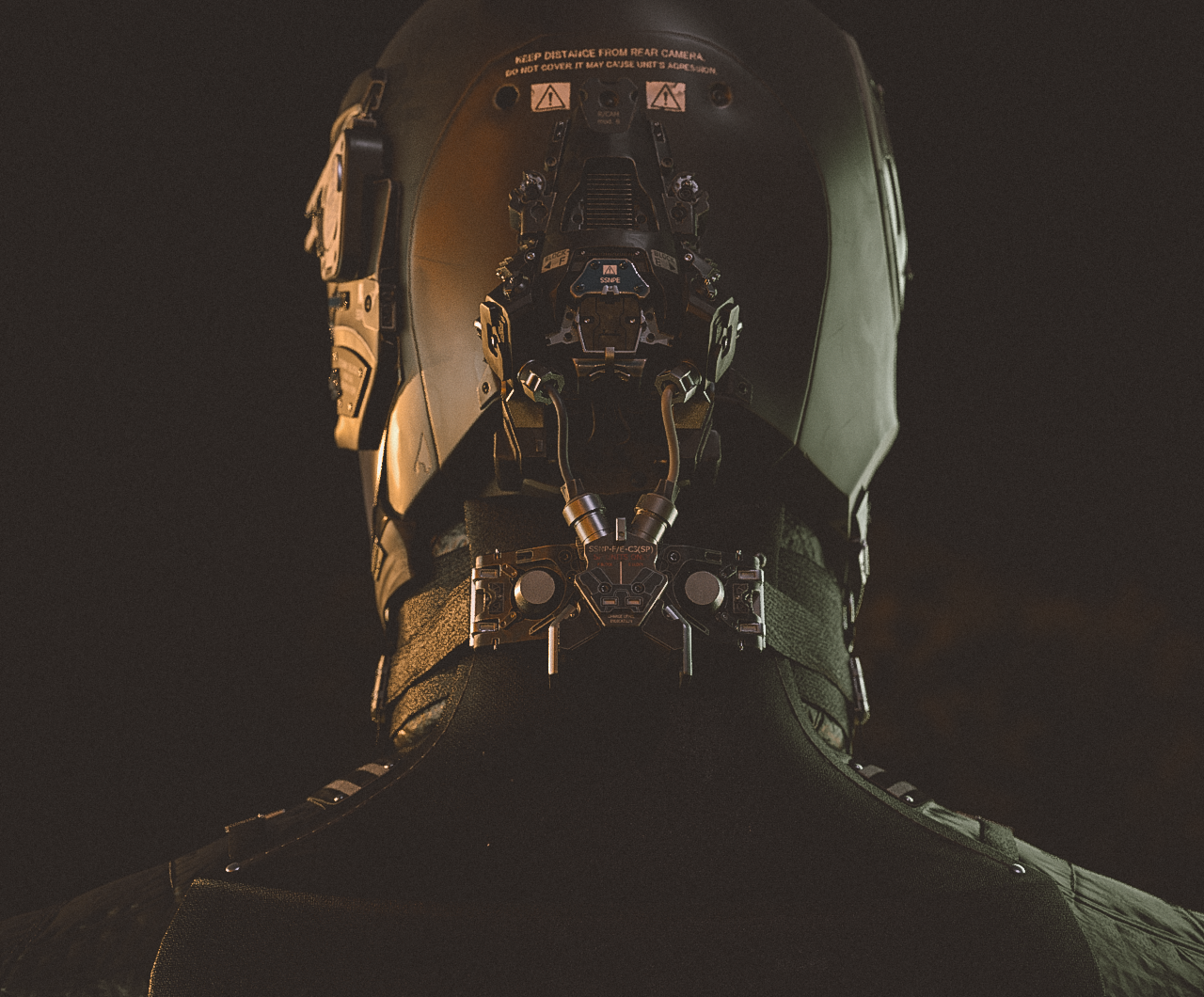
Cyborg Police
-
The Feathers and the Rifle
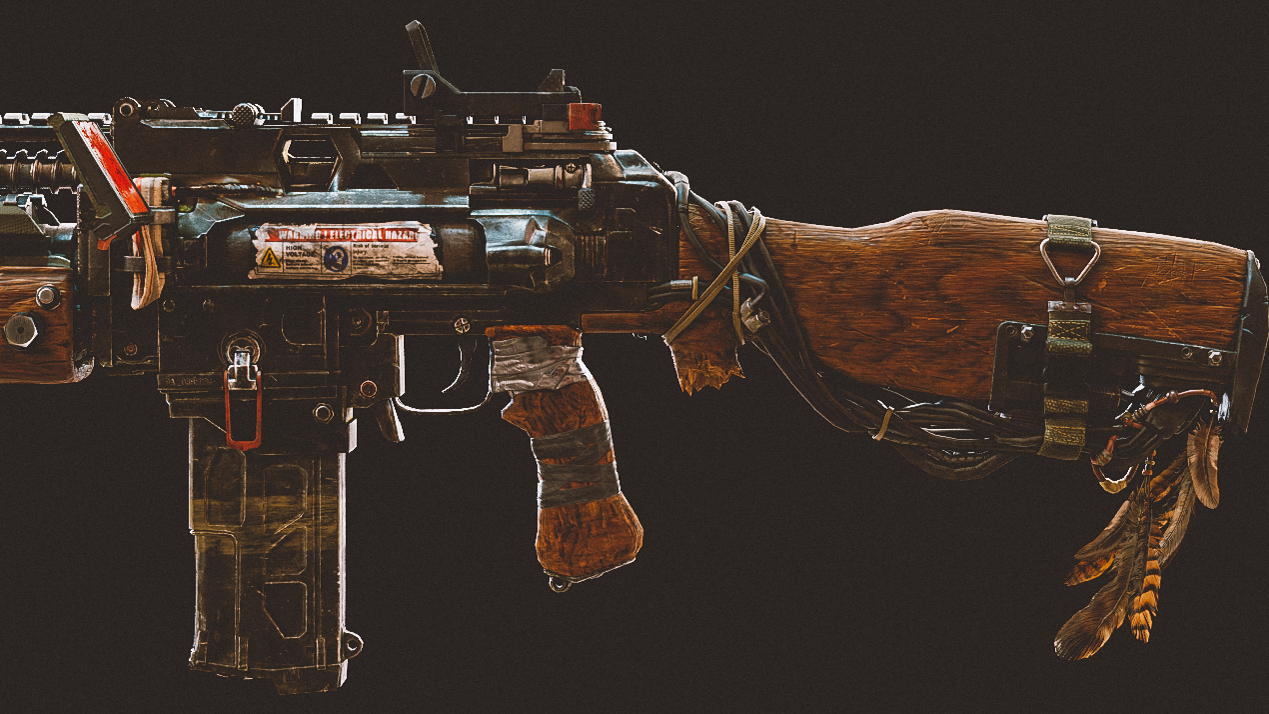
The Feathers and the Rifle
-
Xeno Hunter
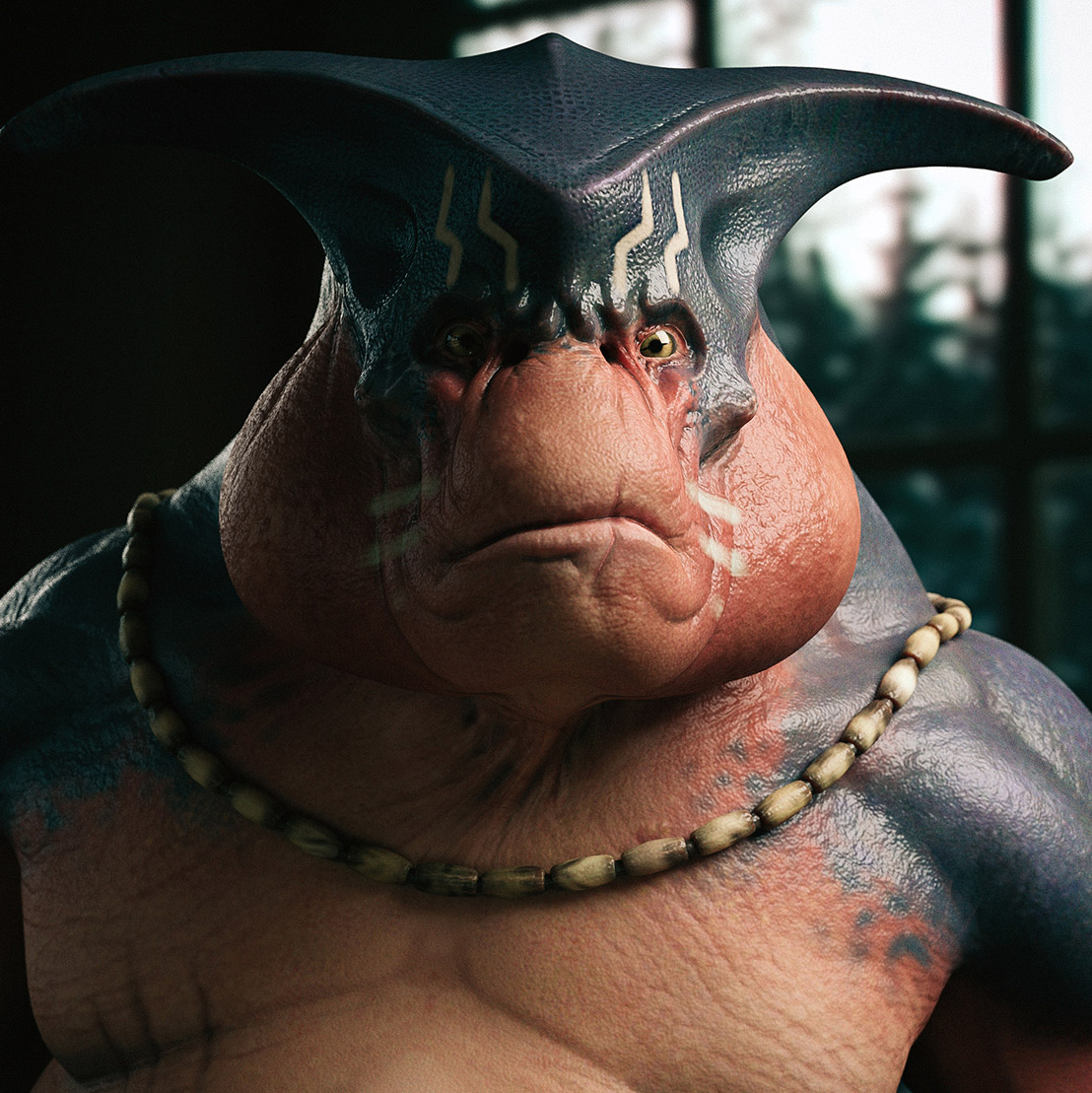
Xeno Hunter
-
Glinty Watch
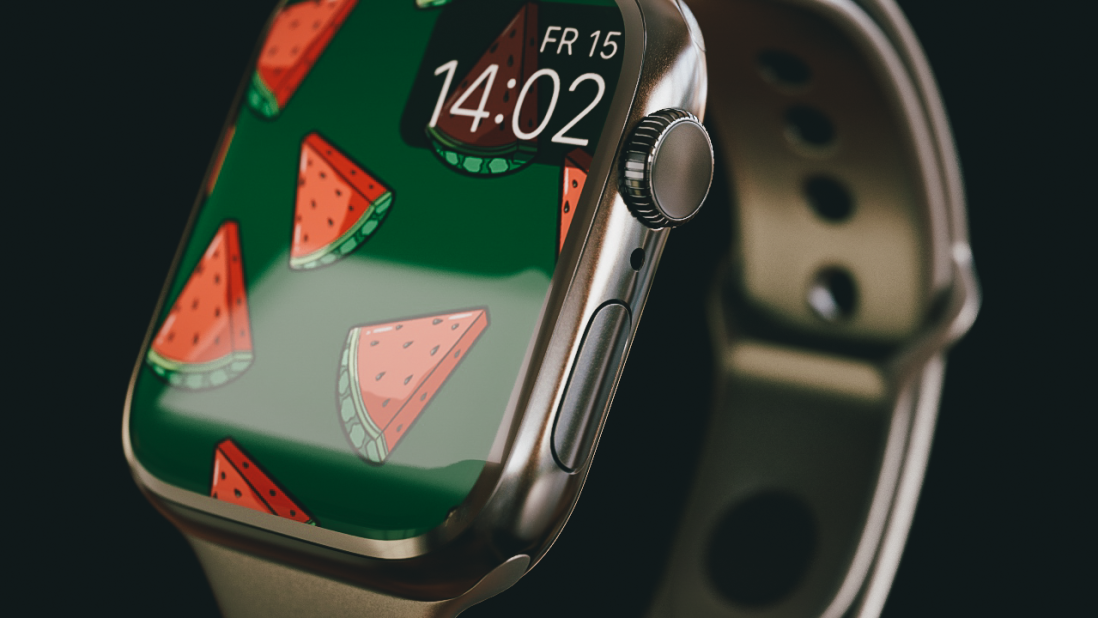
Glinty Watch
-
The Princess and the Pea
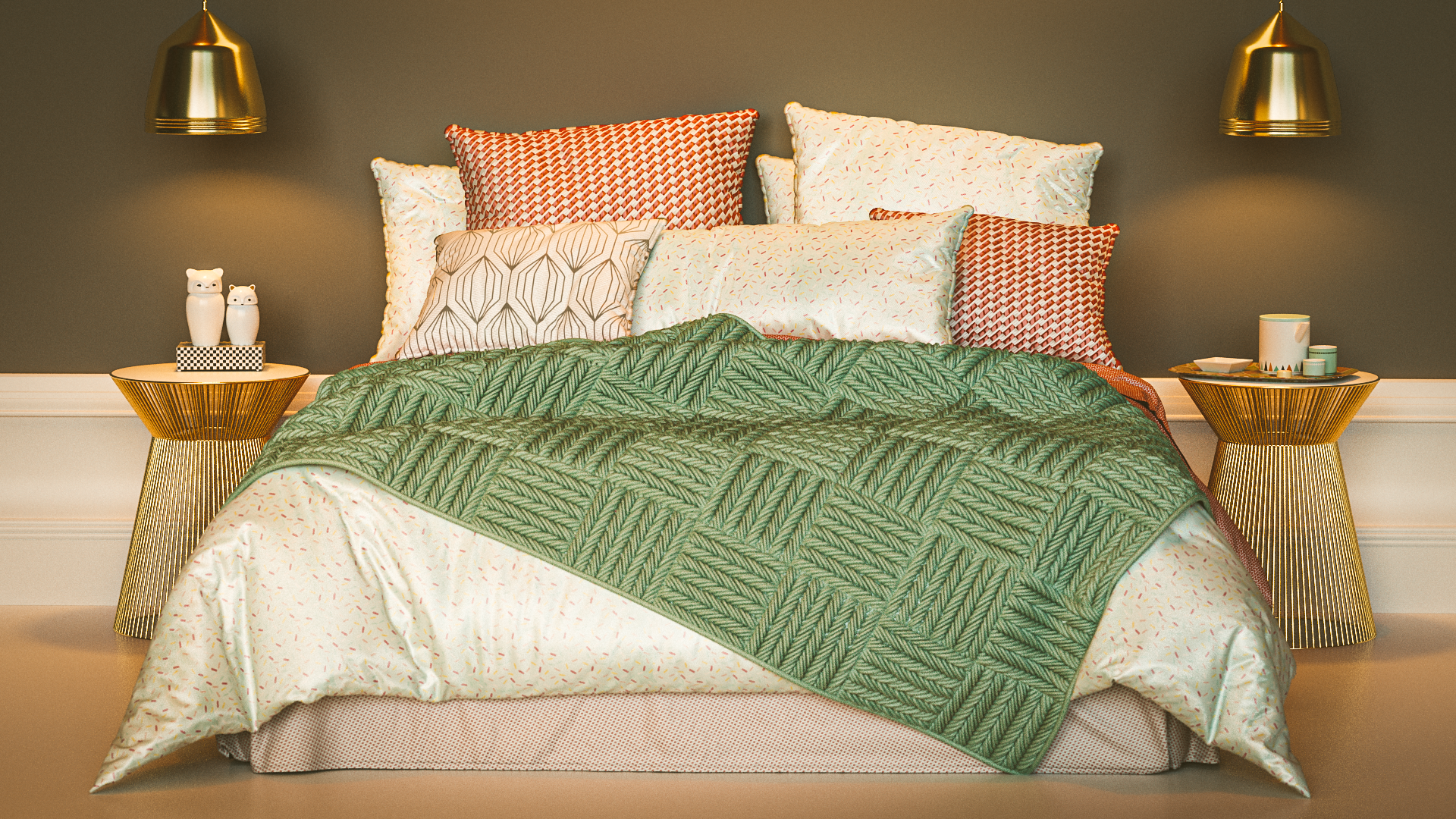
The Princess and the Pea
-
Childhood’s Little Secrets
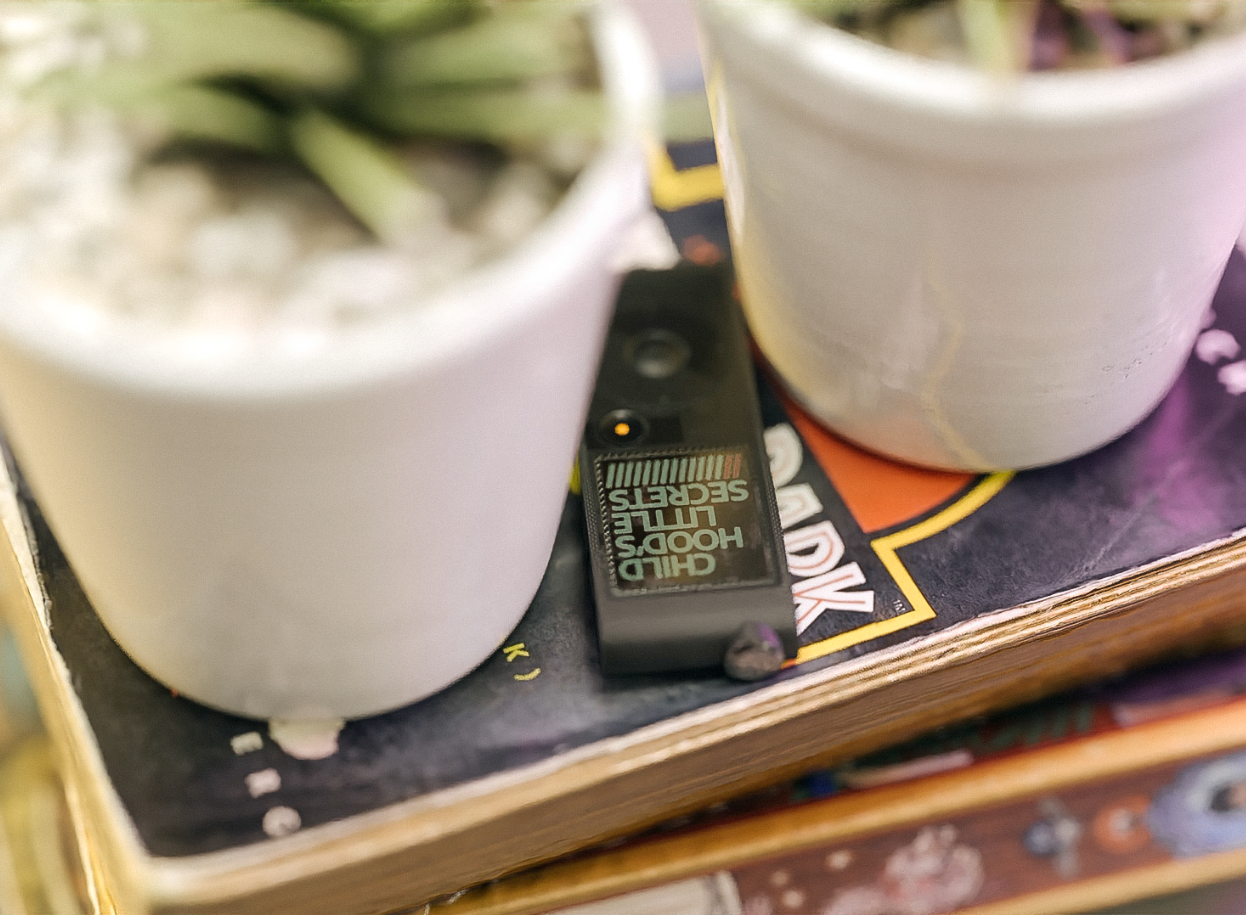
Childhood’s Little Secrets
-
Boots of Spanish Leather
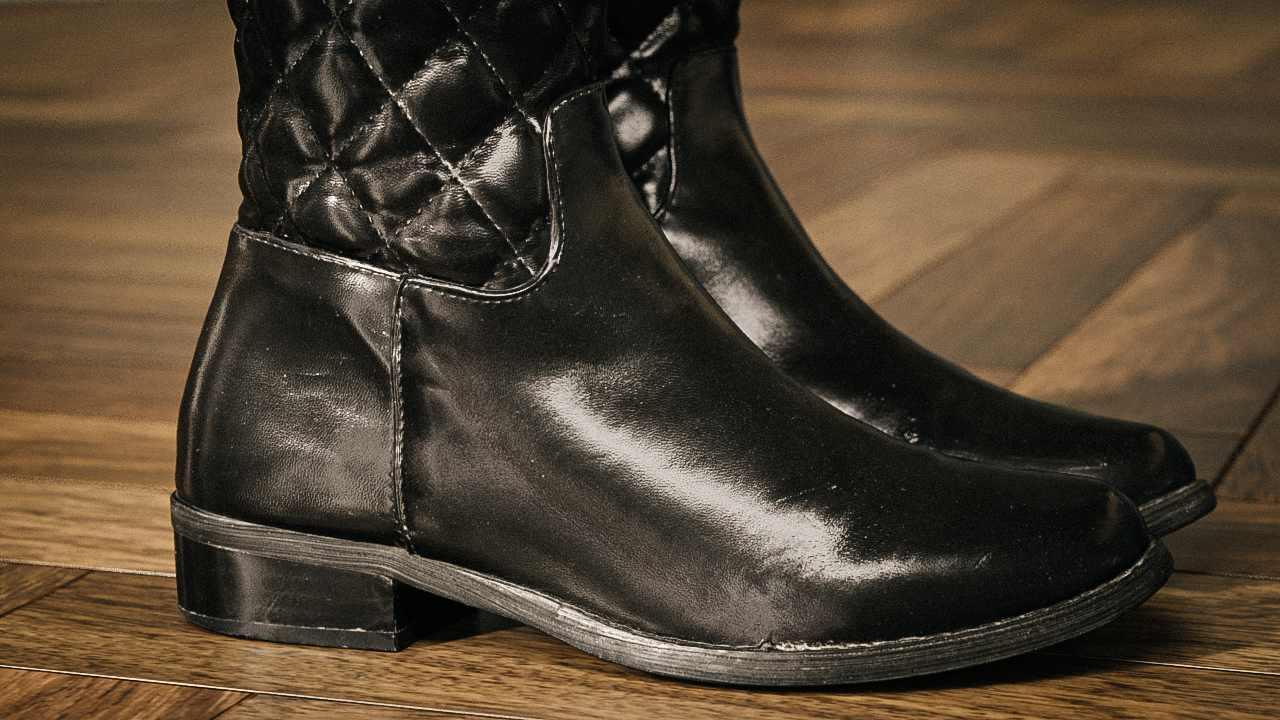
Boots of Spanish Leather
-
Micro-brushing
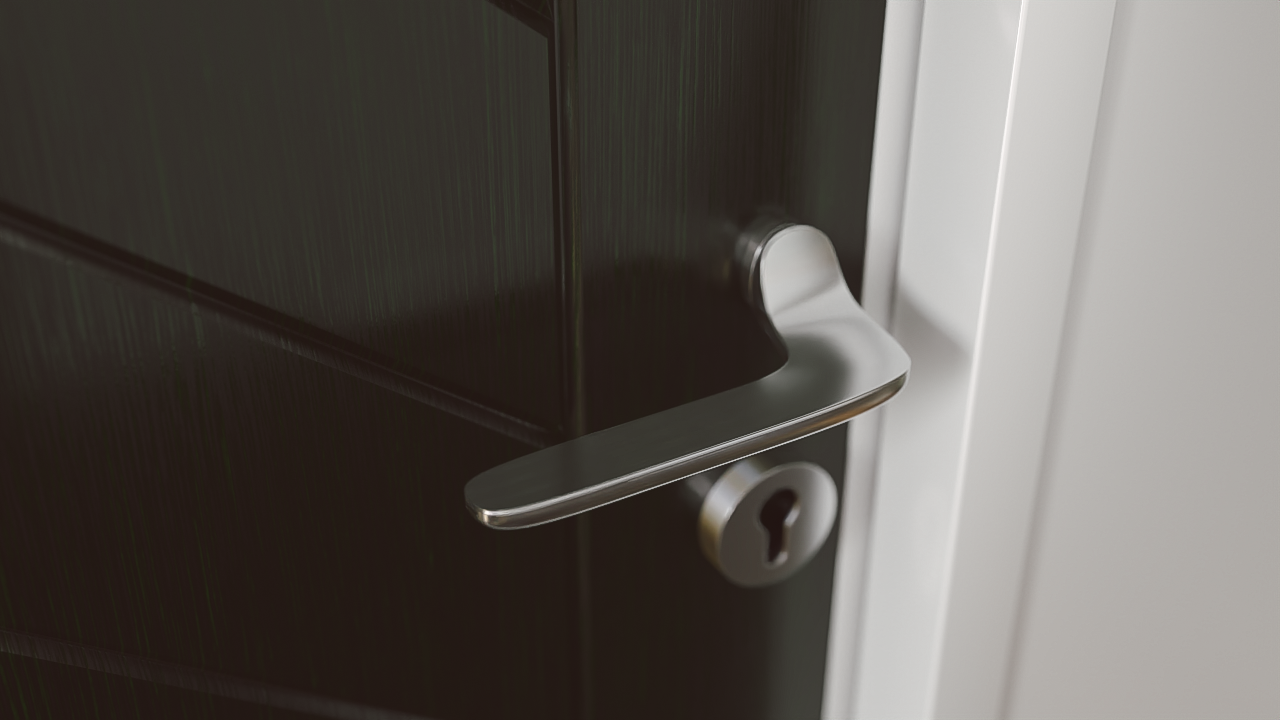
Micro-brushing
-
Magnum Rhino Gun
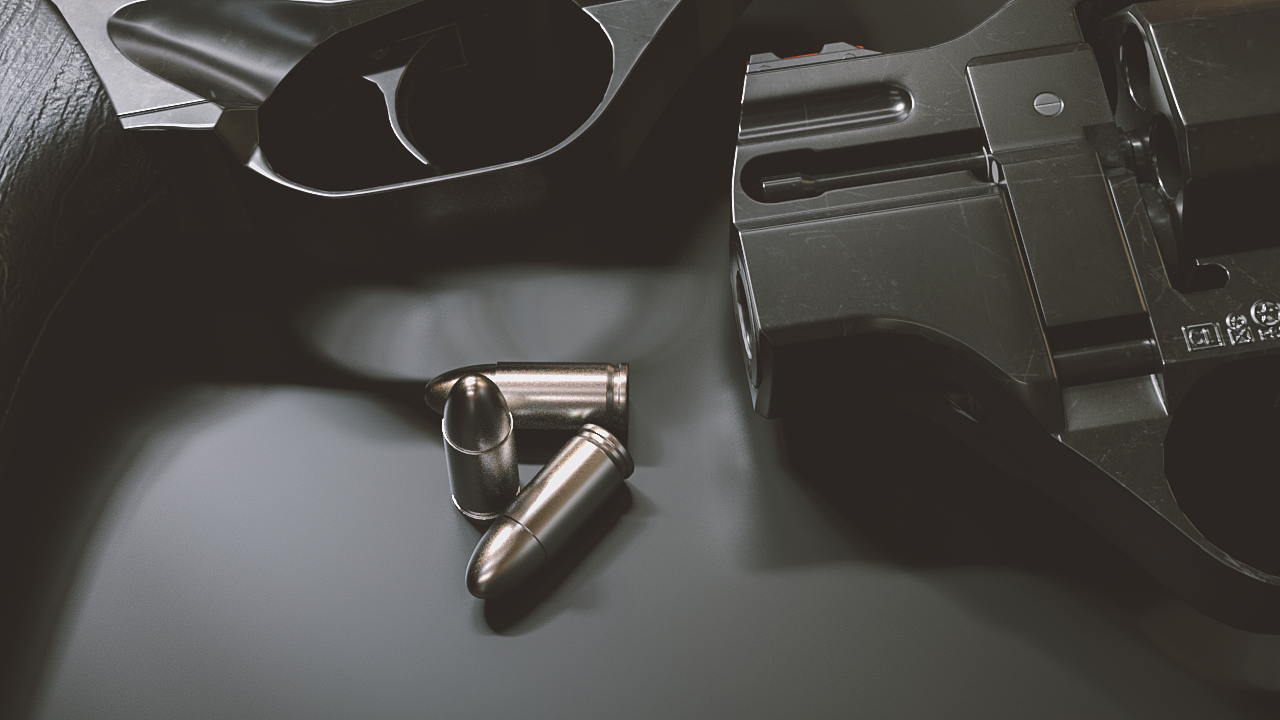
Magnum Rhino Gun
-
Makarov Gun
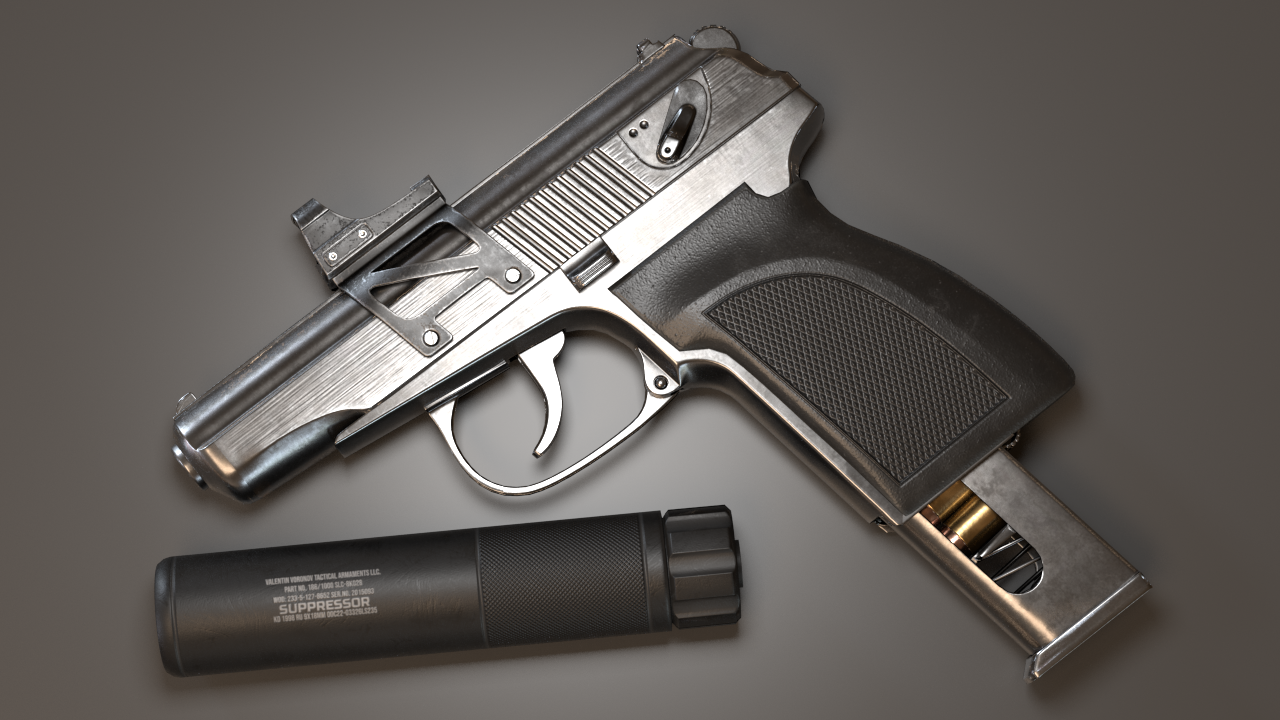
Makarov Gun
-
Pigs Ain’t No Swim
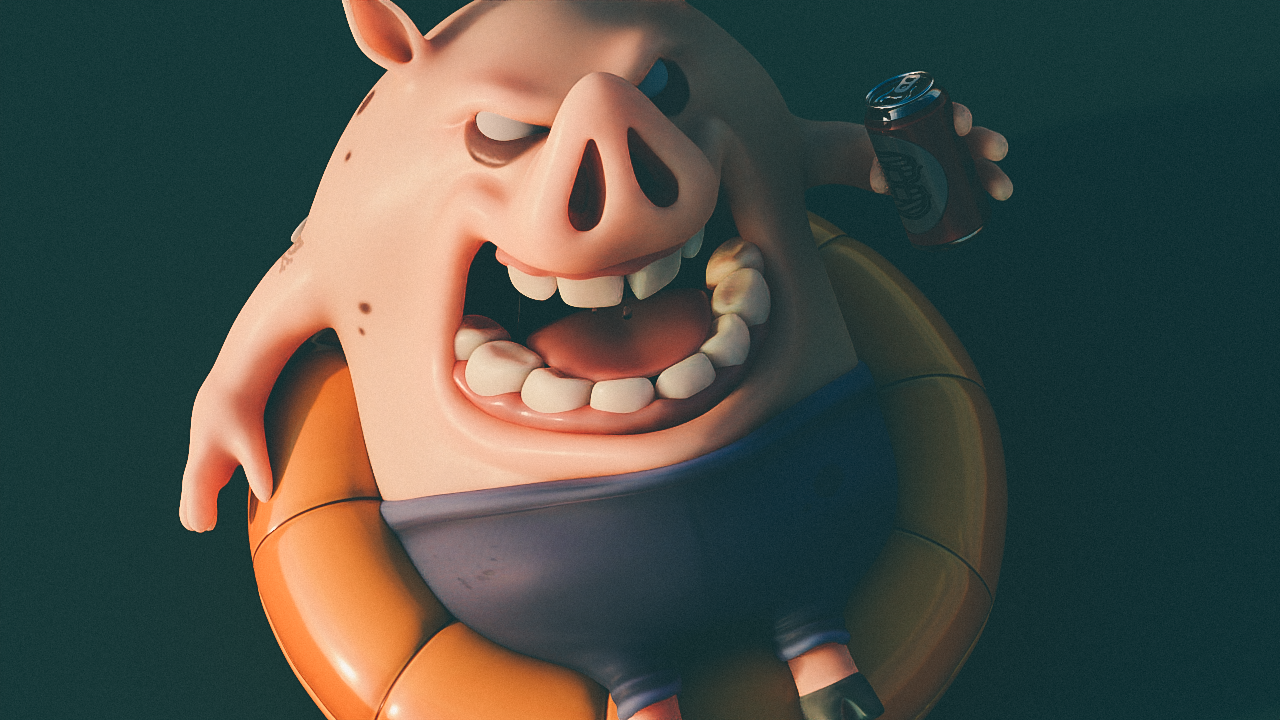
Pigs Ain’t No Swim
-
Judge Dredd
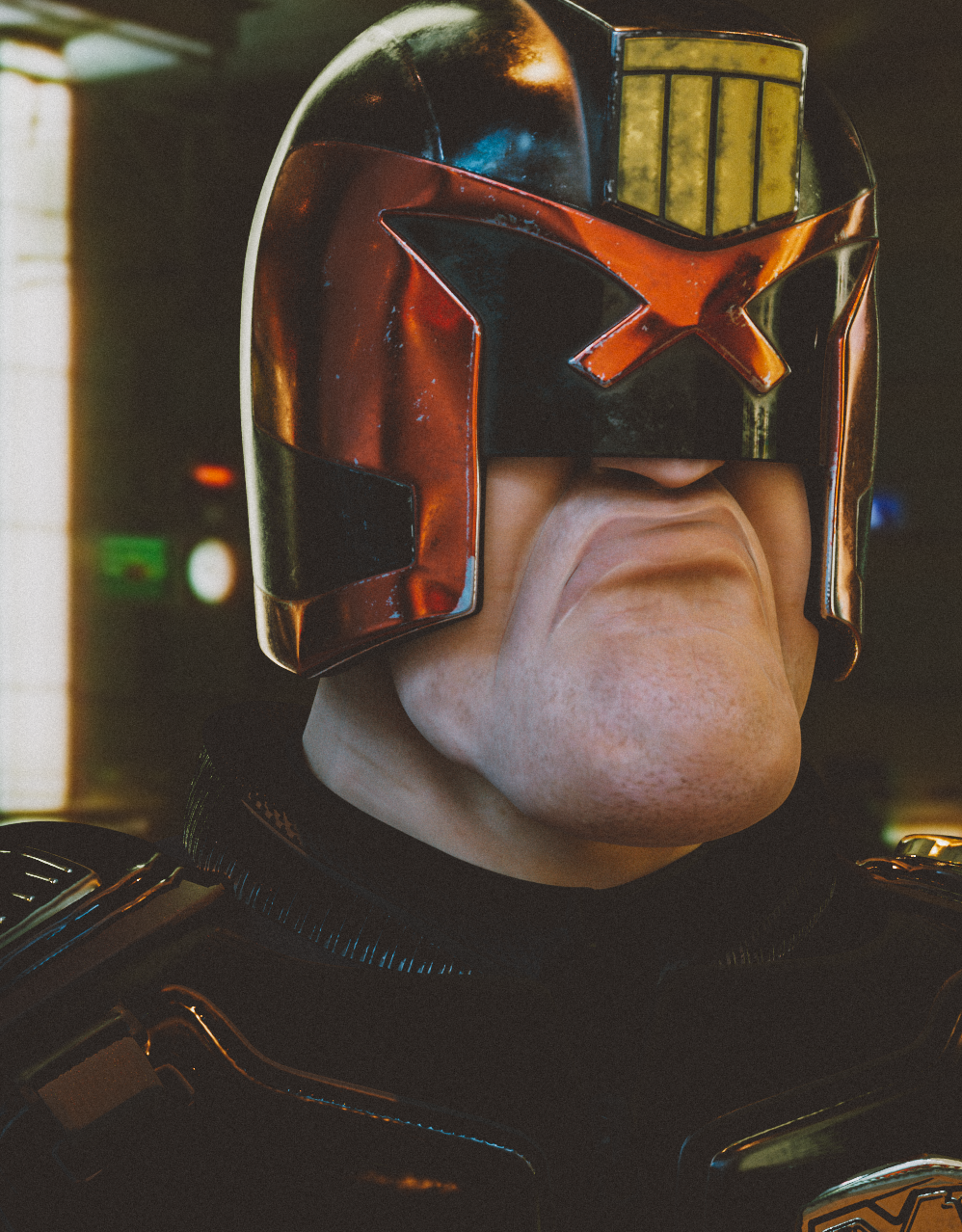
Judge Dredd
-
Diffraction Lobe
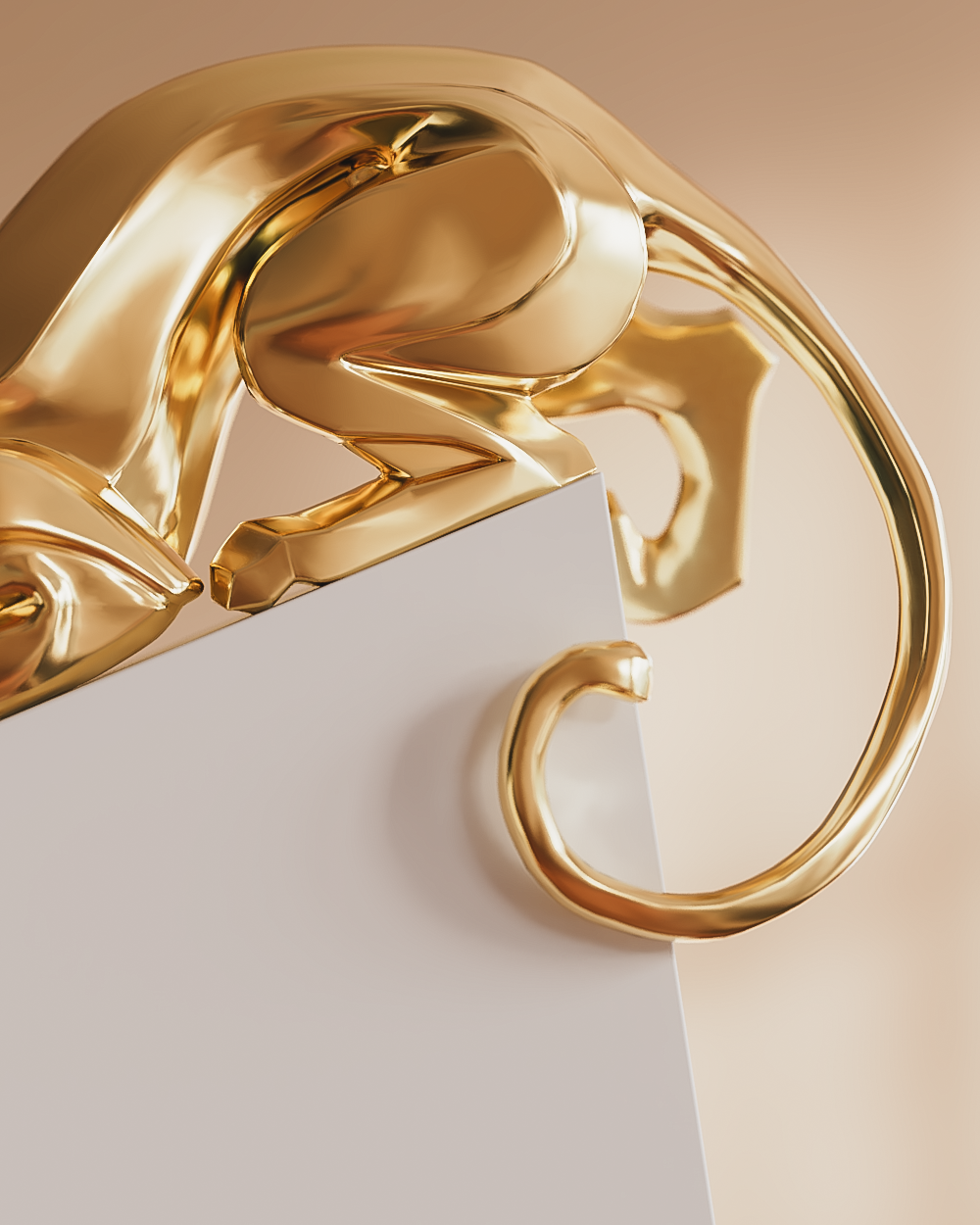
Diffraction Lobe
-
Toony Beach
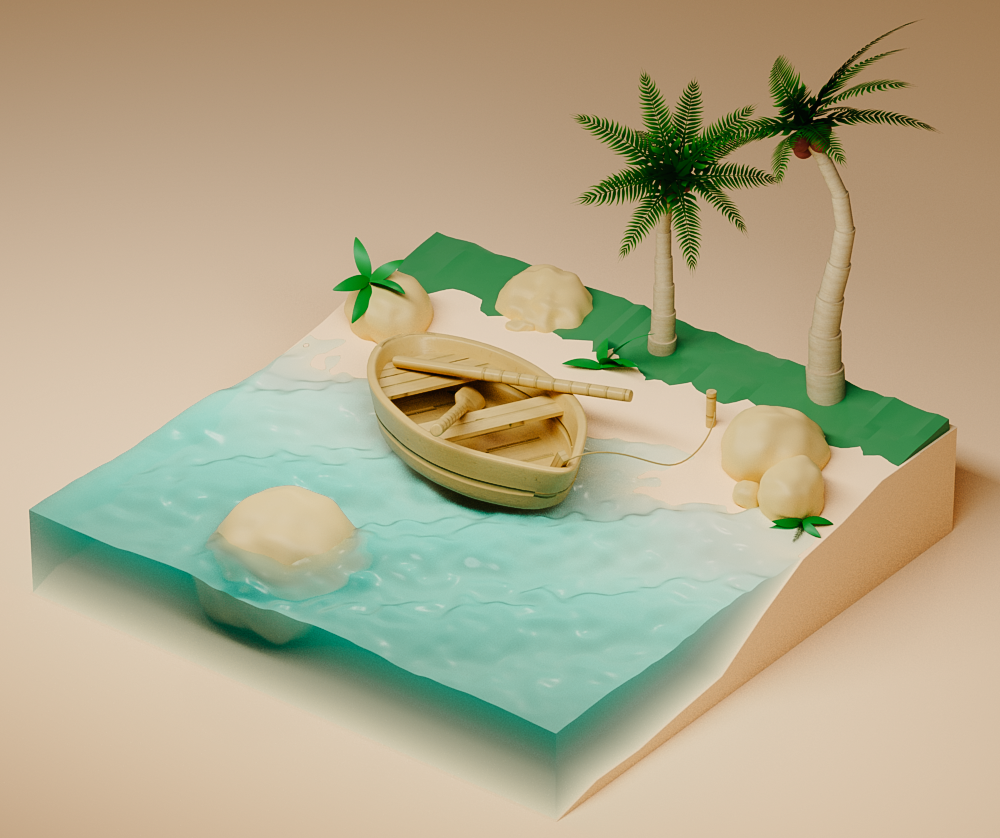
Toony Beach
-
Gurley Burt Solar Transit
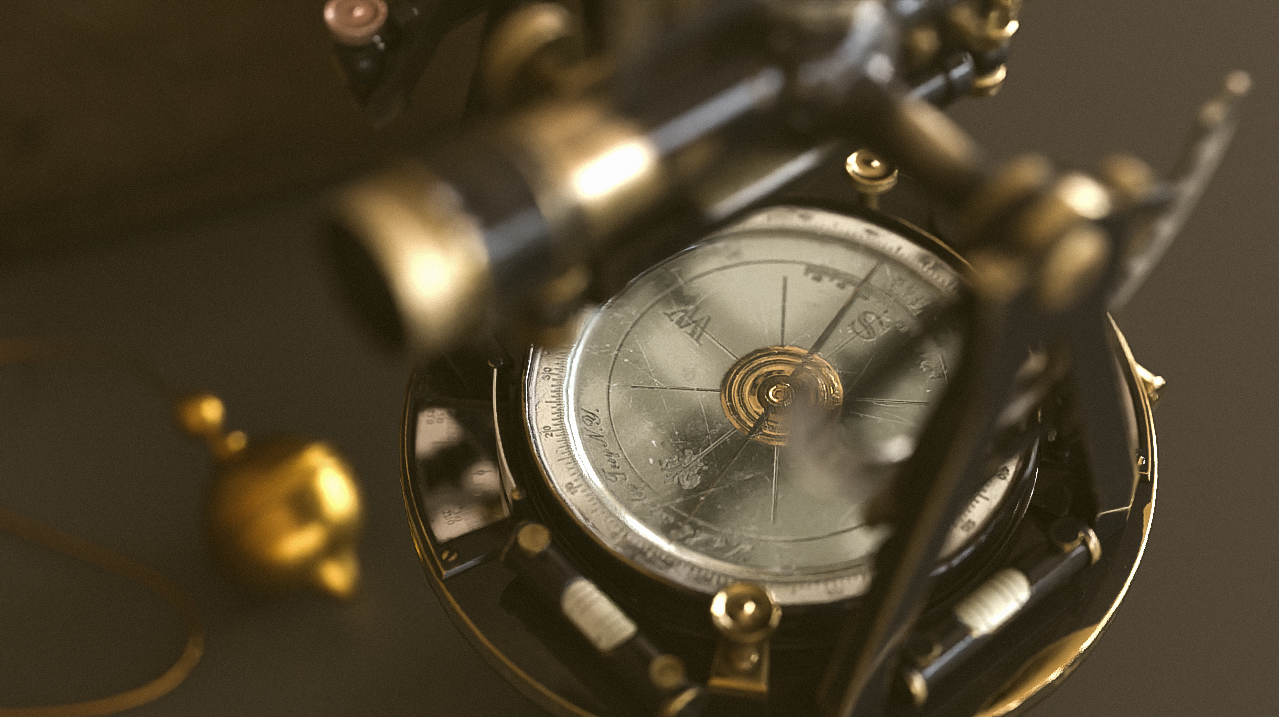
Gurley Burt Solar Transit
-
An Apple, a Lime and a Rock
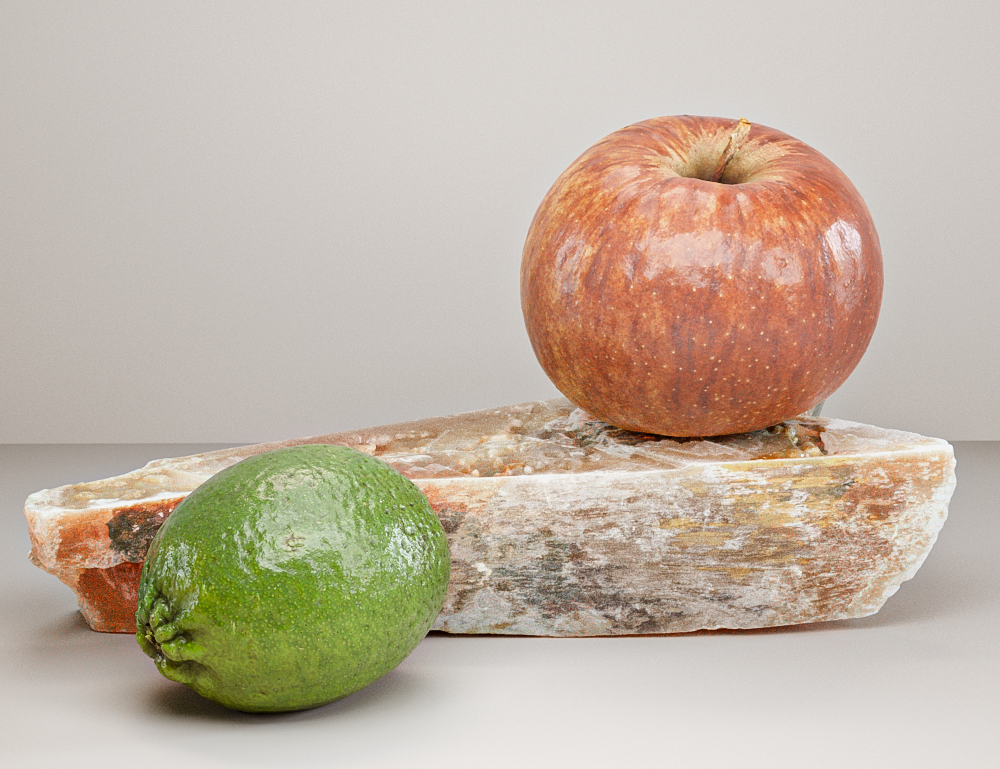
An Apple, a Lime and a Rock
-
Cookies & Milk
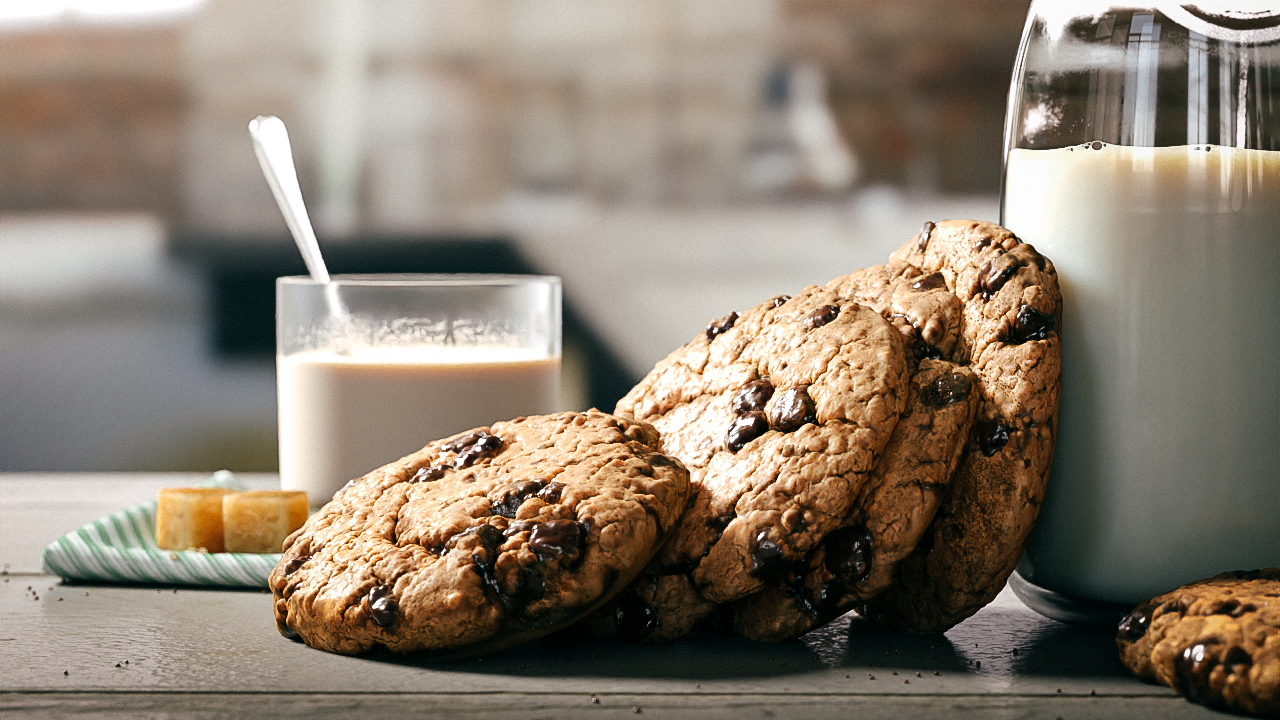
Cookies & Milk
-
Studio Ghibli Style Render
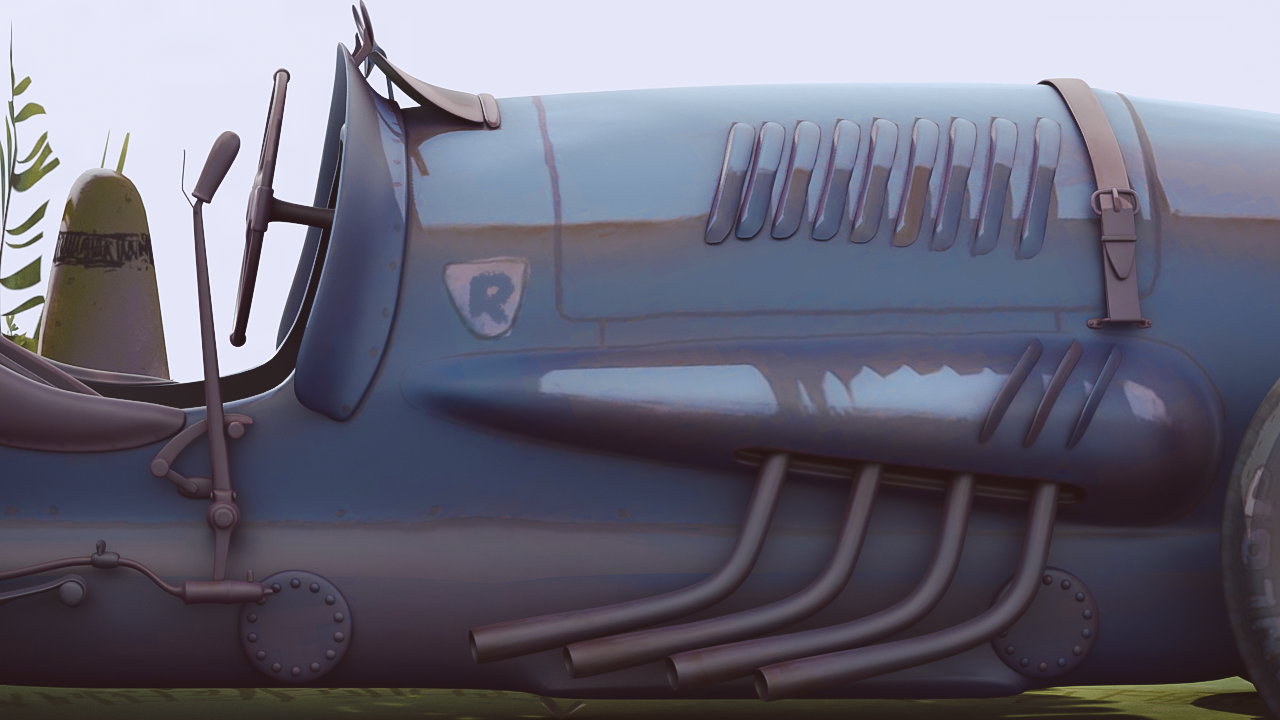
Studio Ghibli Style Render
-
Korean Public Phone
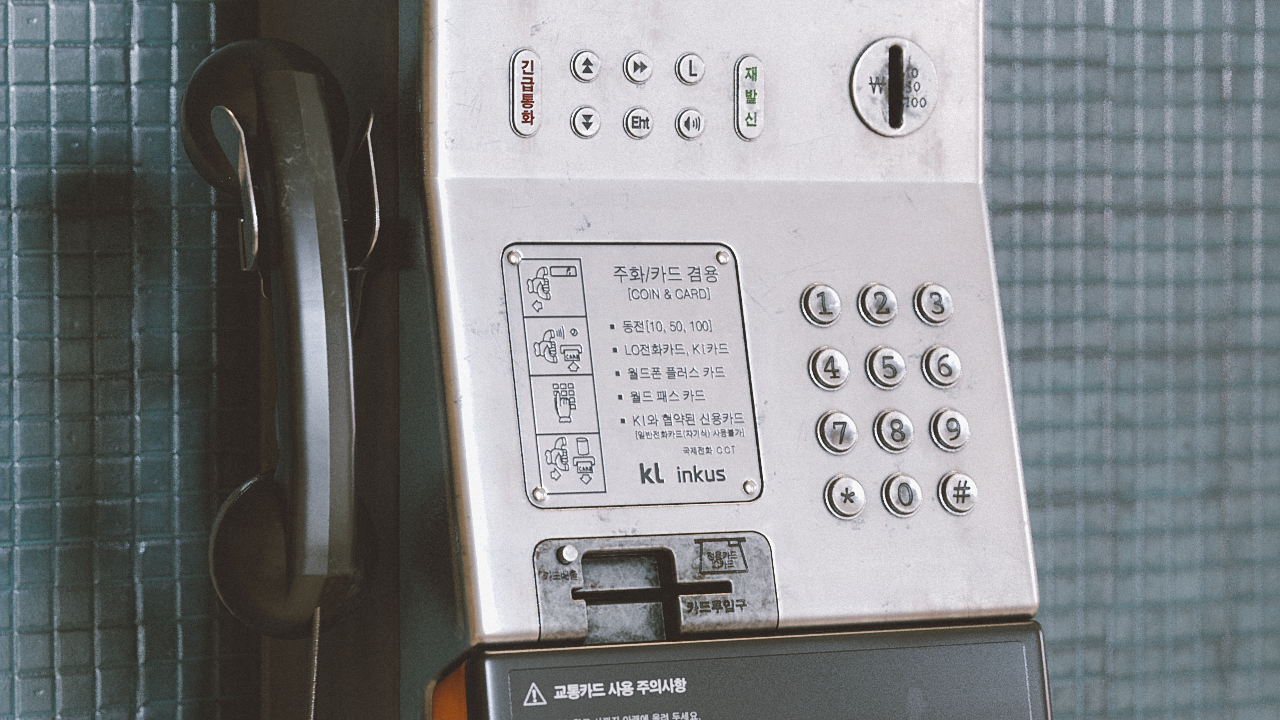
Korean Public Phone
-
Detonation Surverk
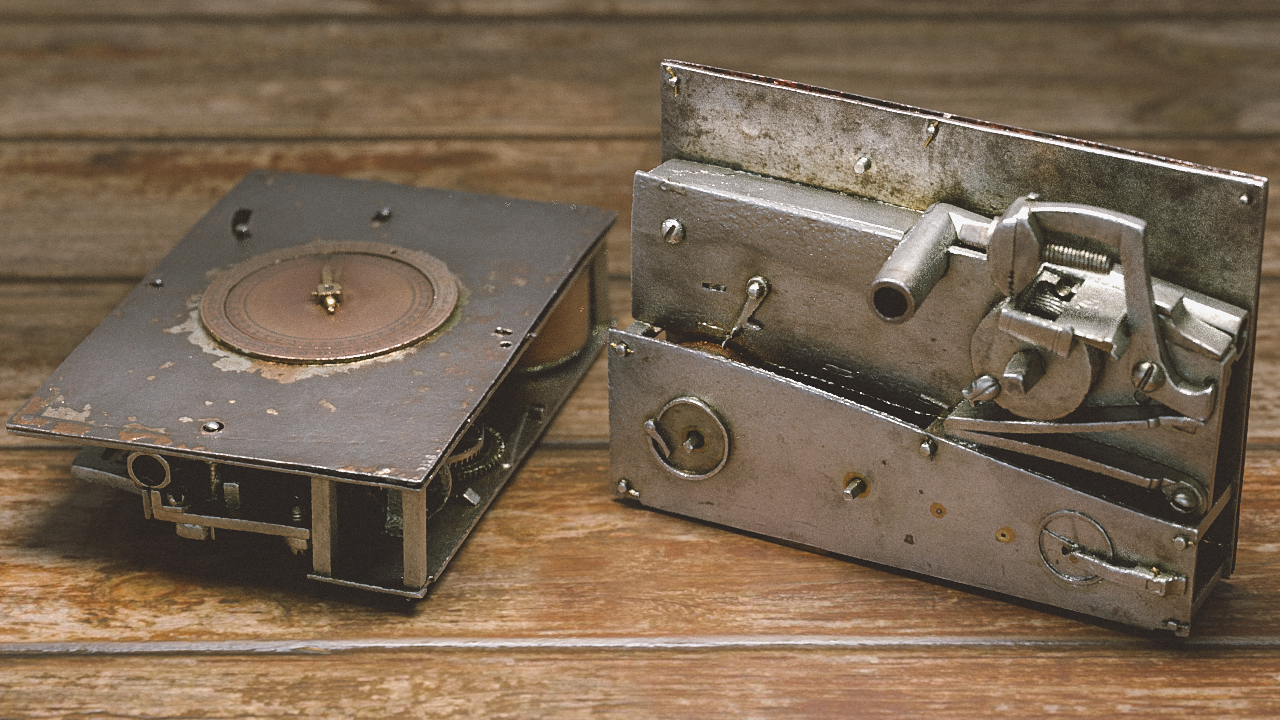
Detonation Surverk
-
Marble Bust
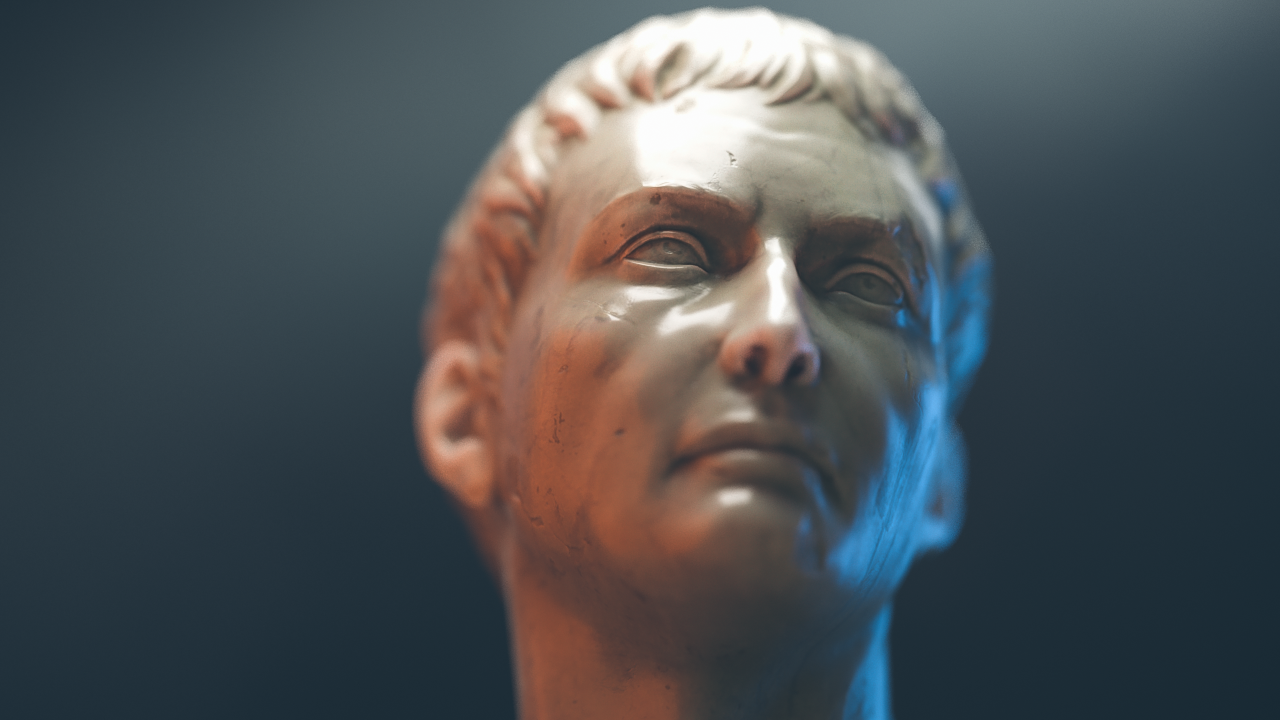
Marble Bust
-
Car on a Mountain Road
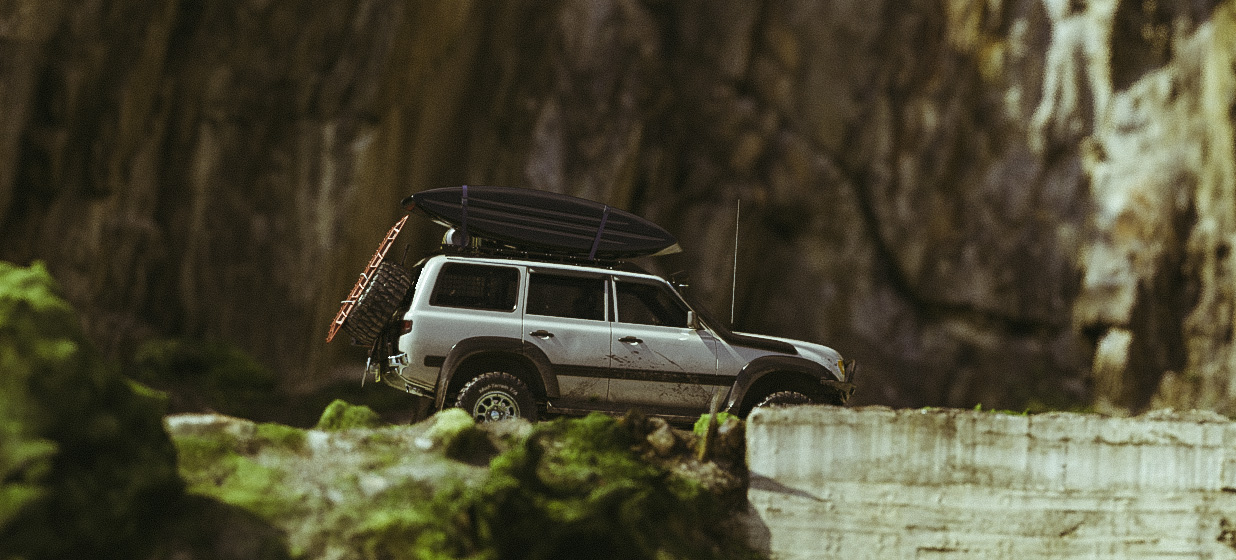
Car on a Mountain Road
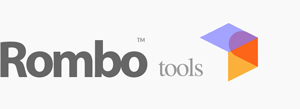
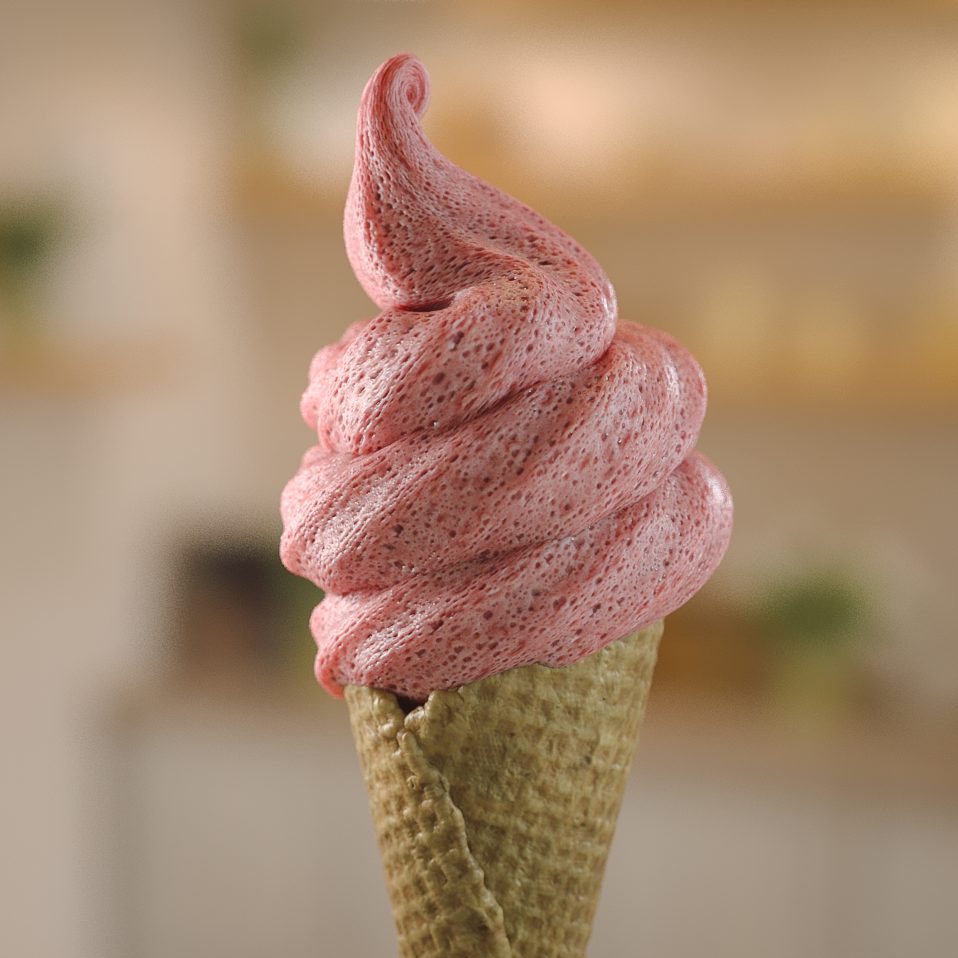
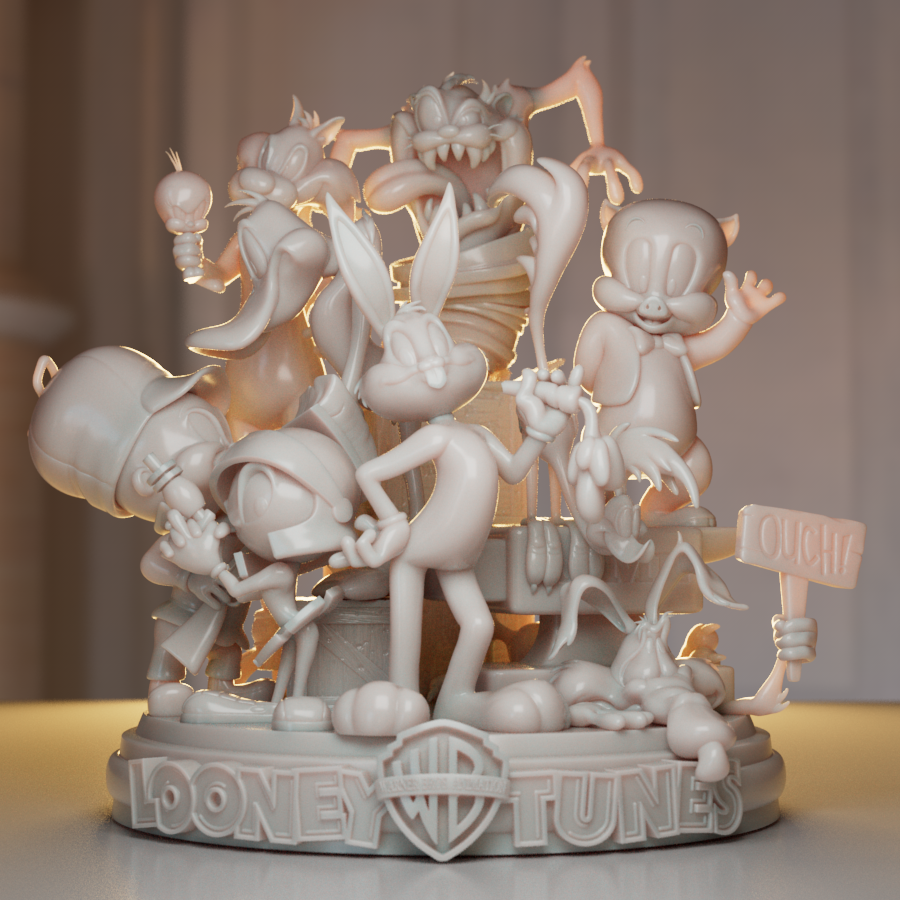
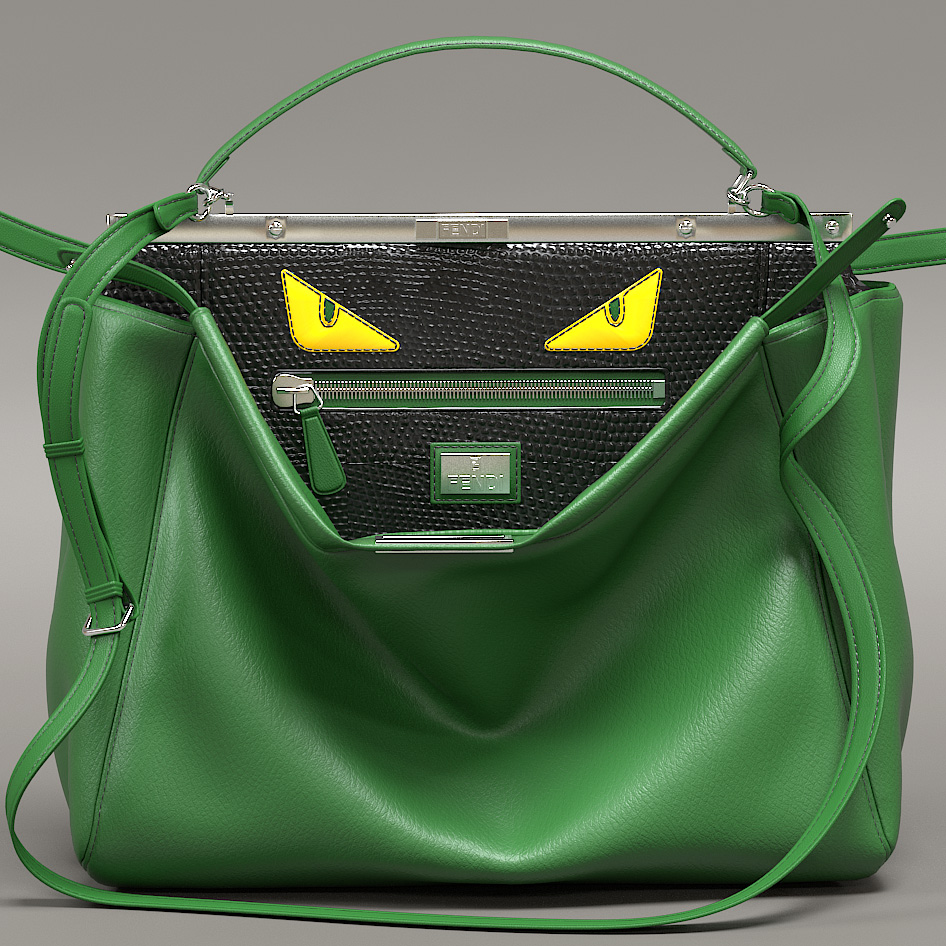
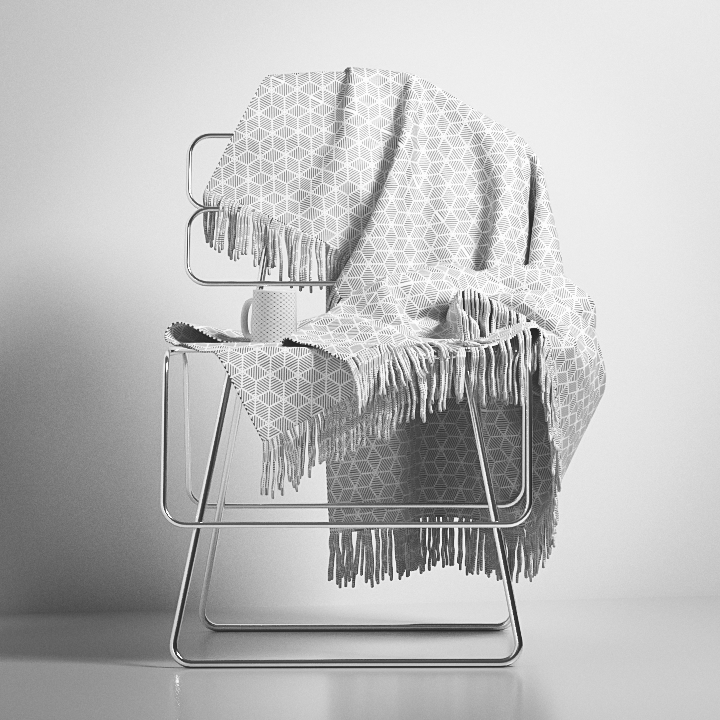
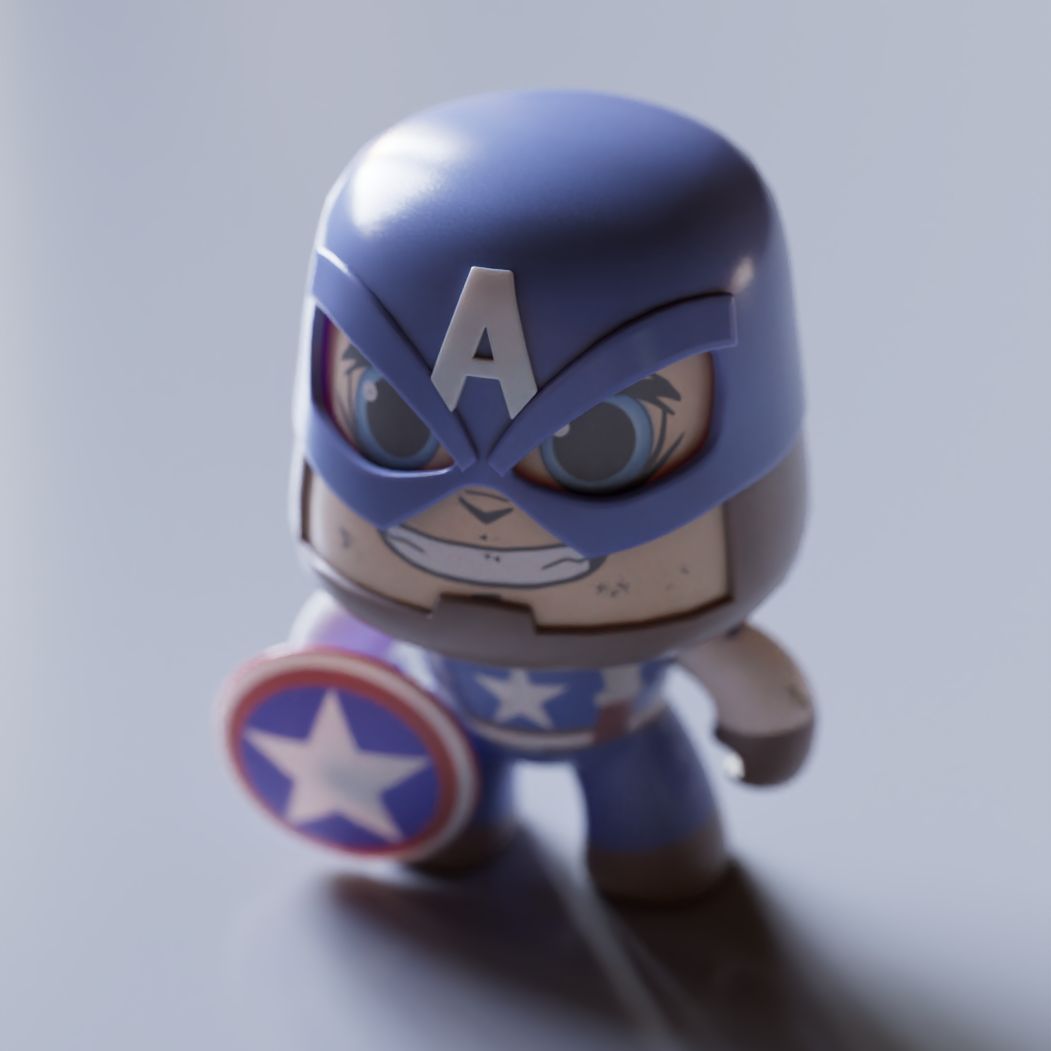
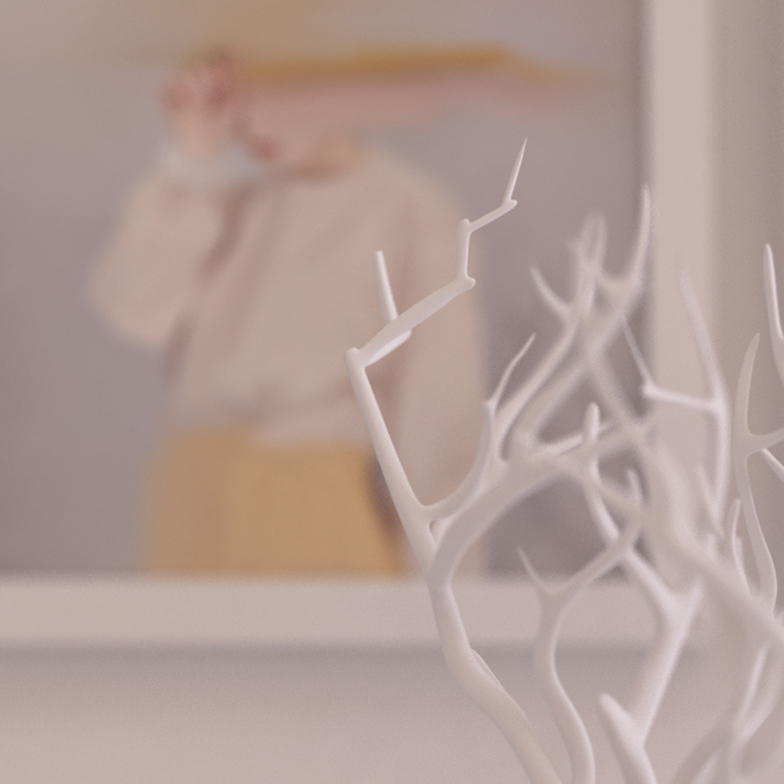
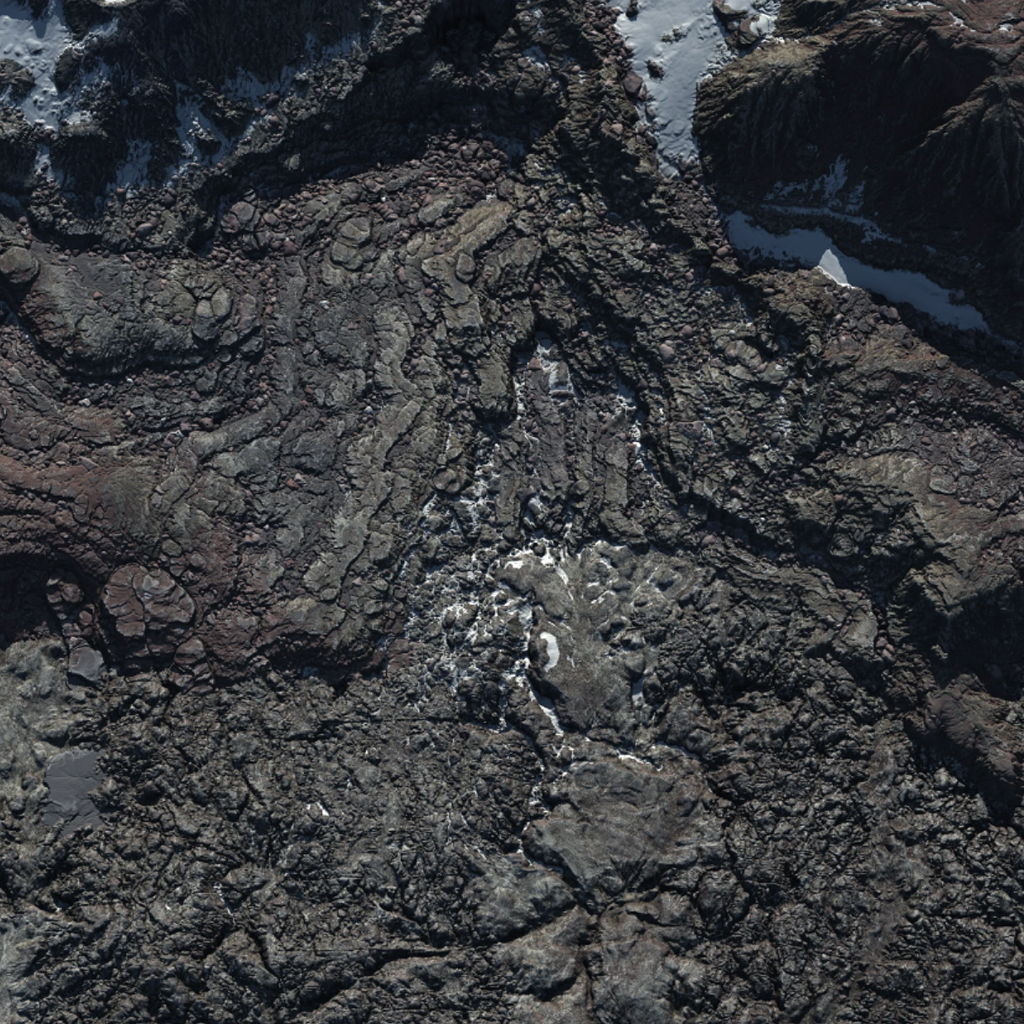
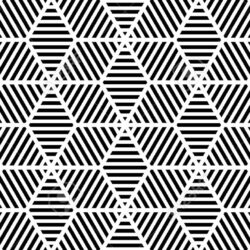
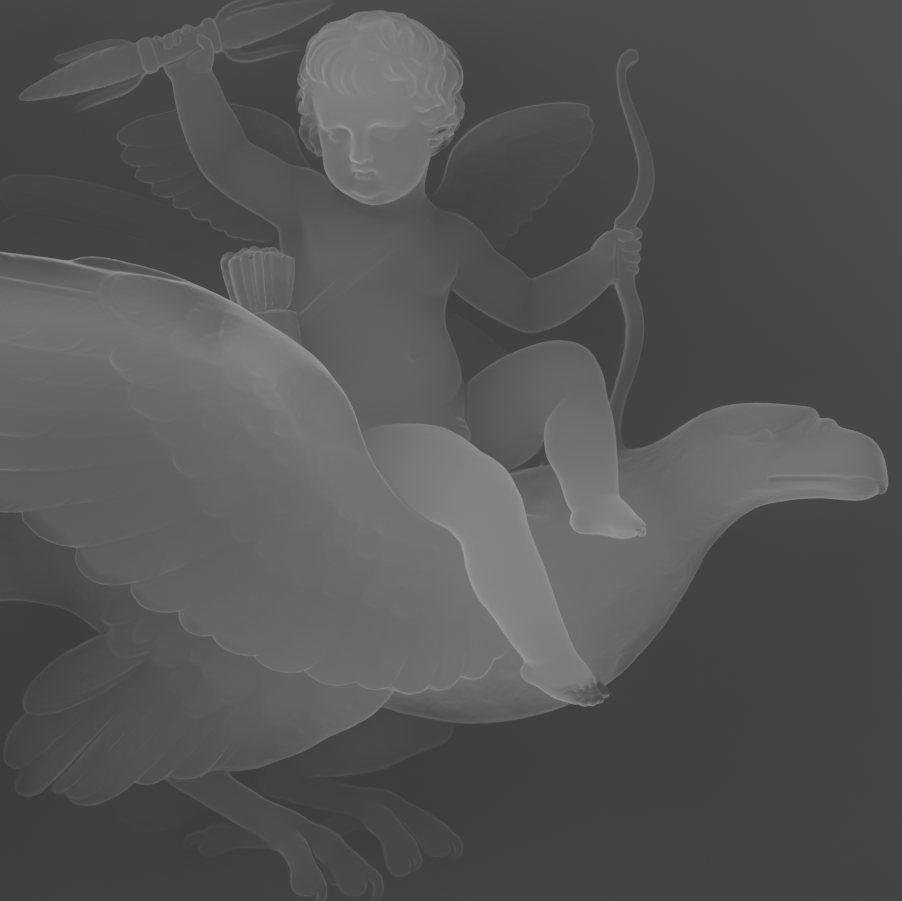
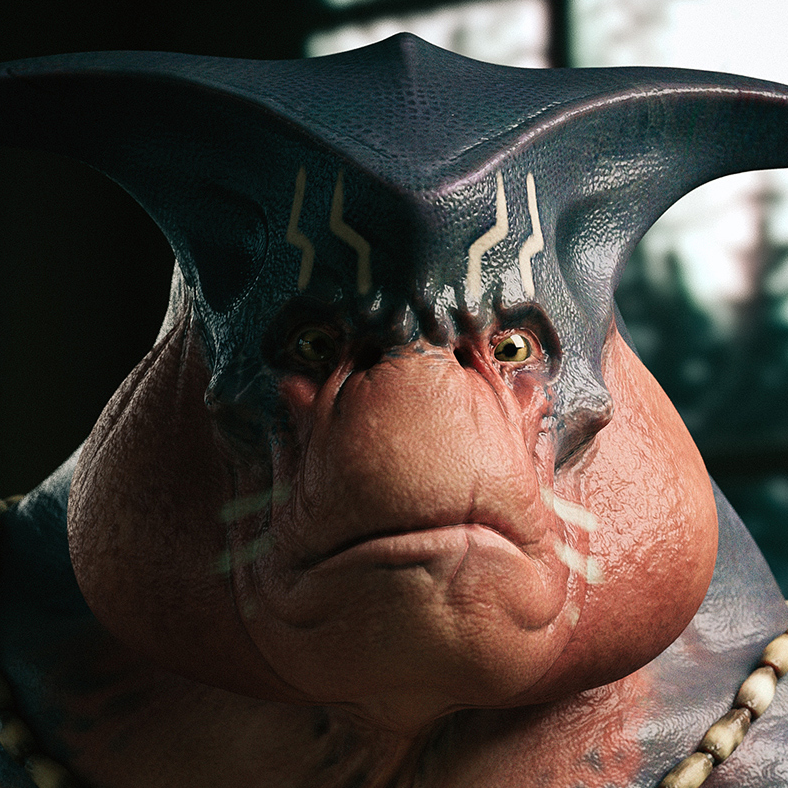
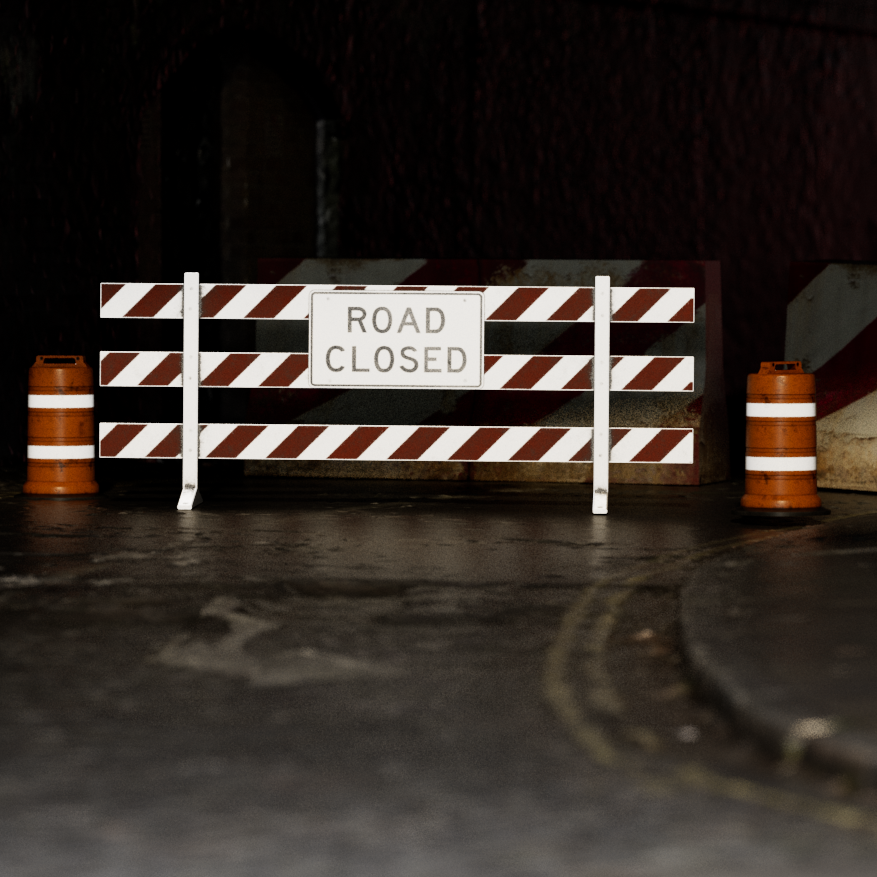
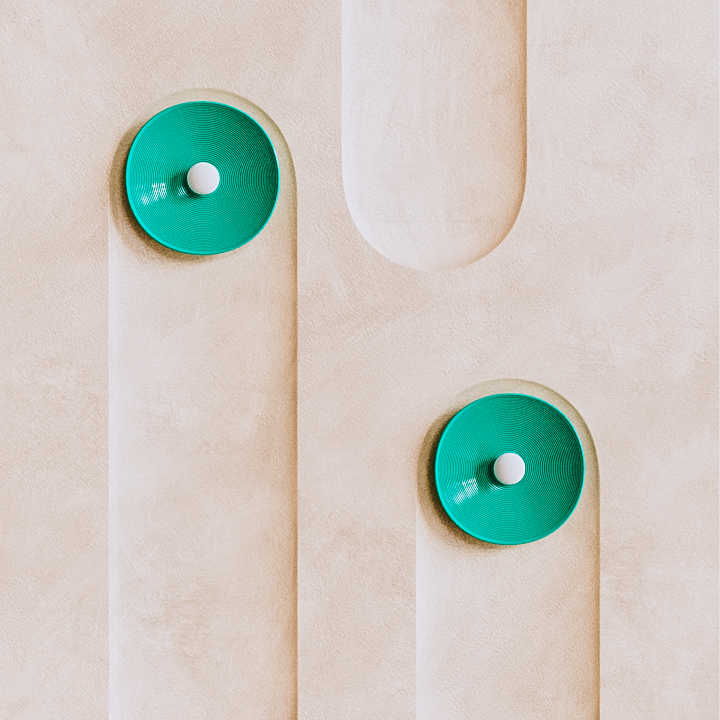
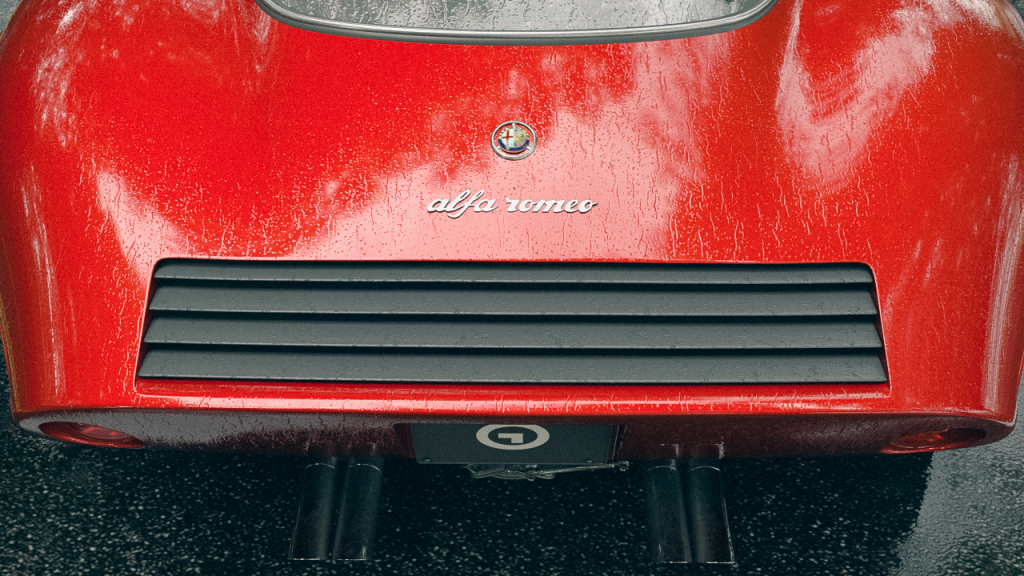
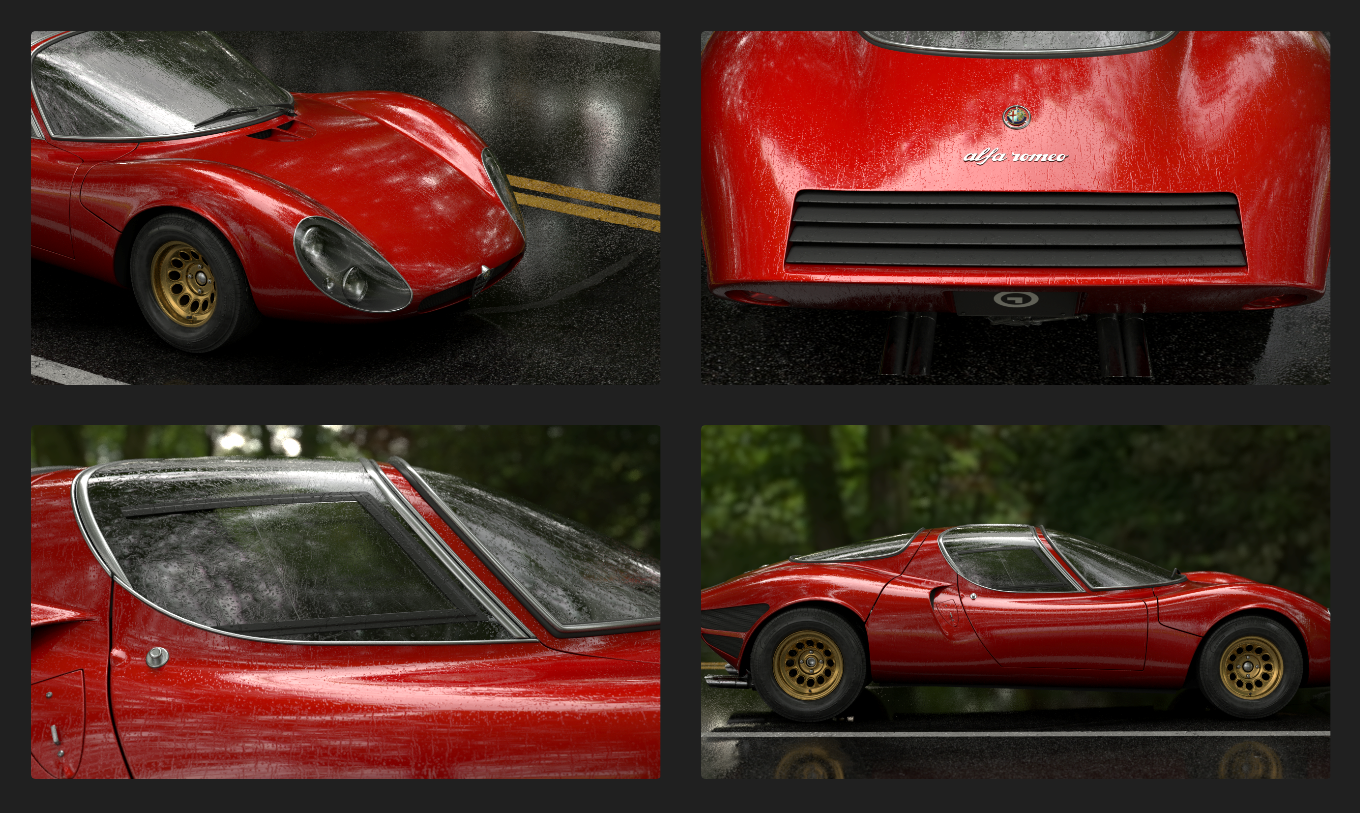
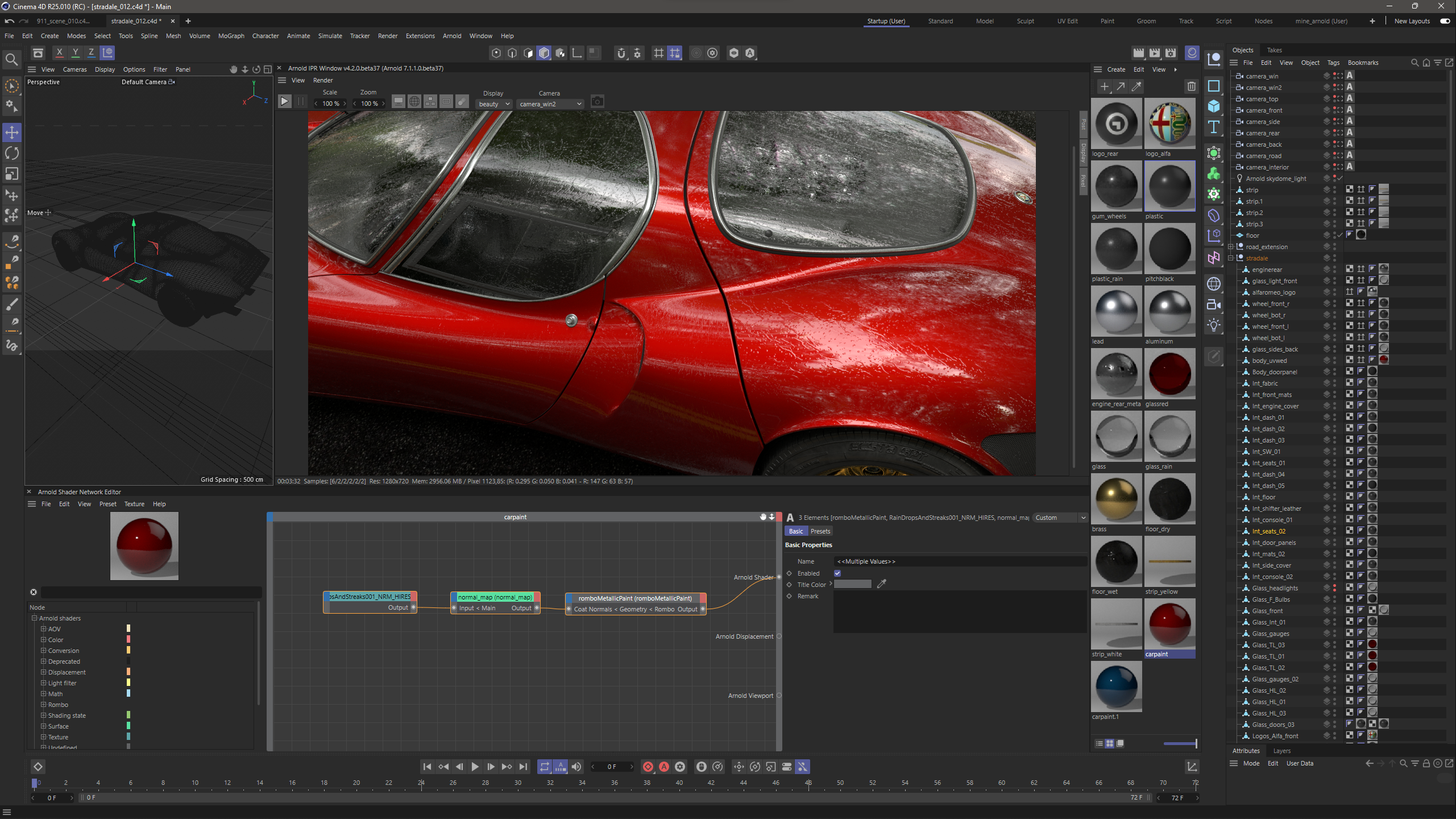 Full road textures and rain normal maps available plus other metallic paint materials together with a dry road material.
Full road textures and rain normal maps available plus other metallic paint materials together with a dry road material.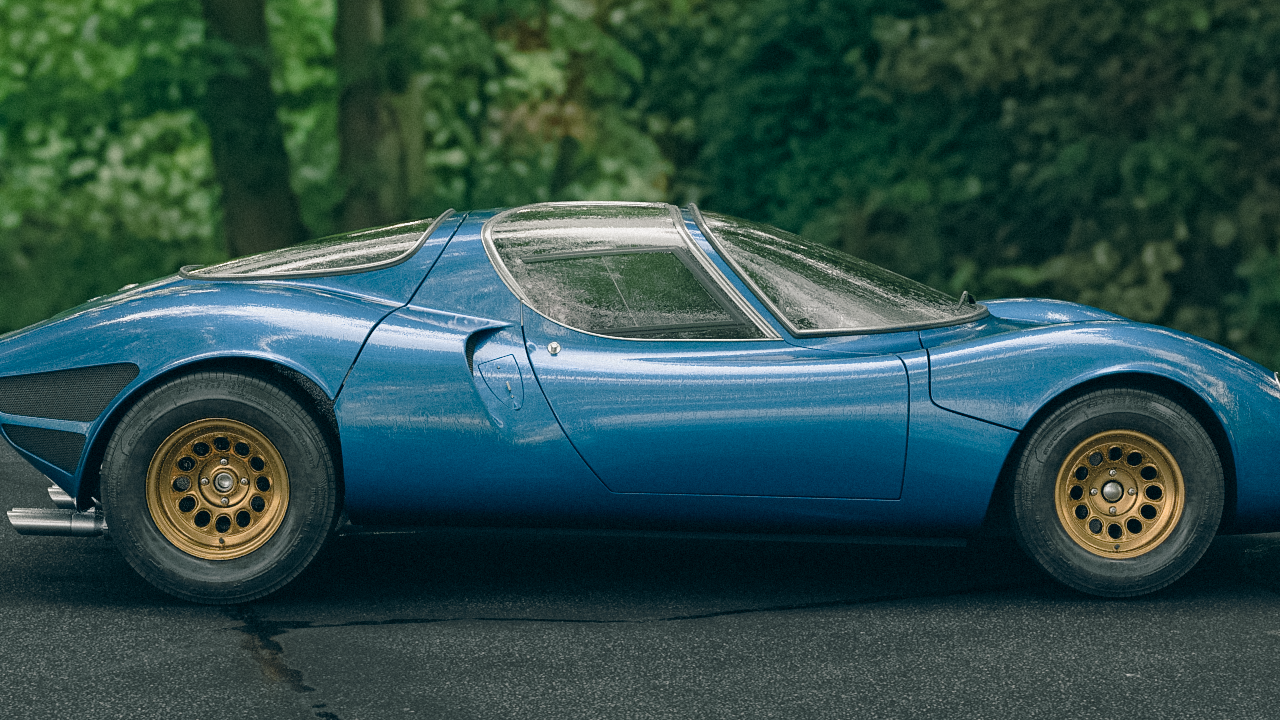
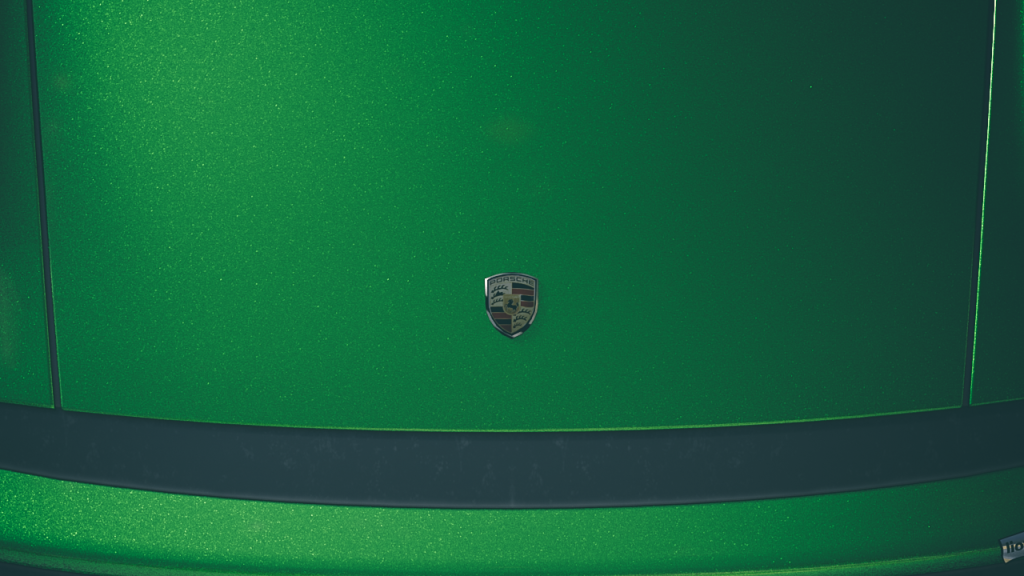
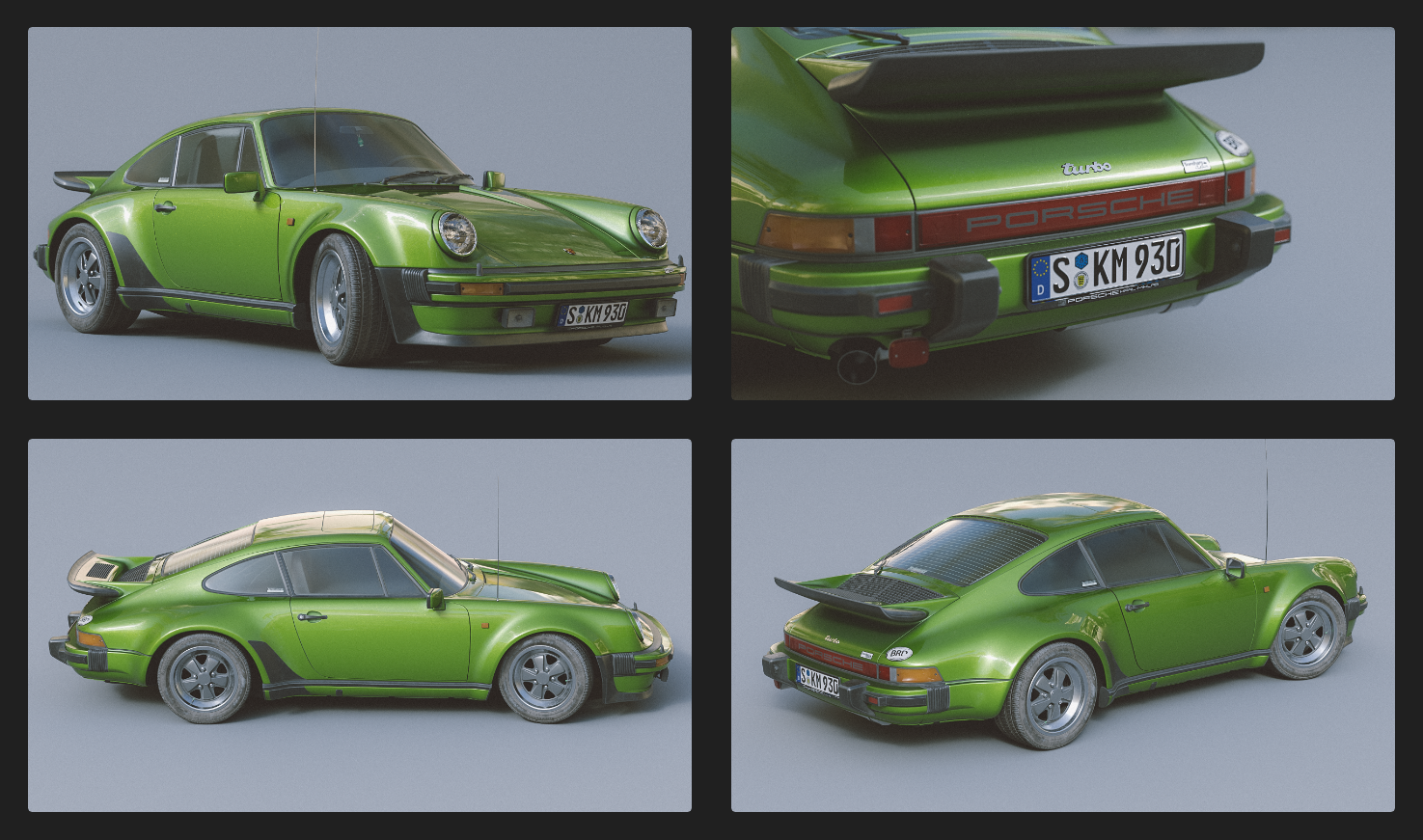
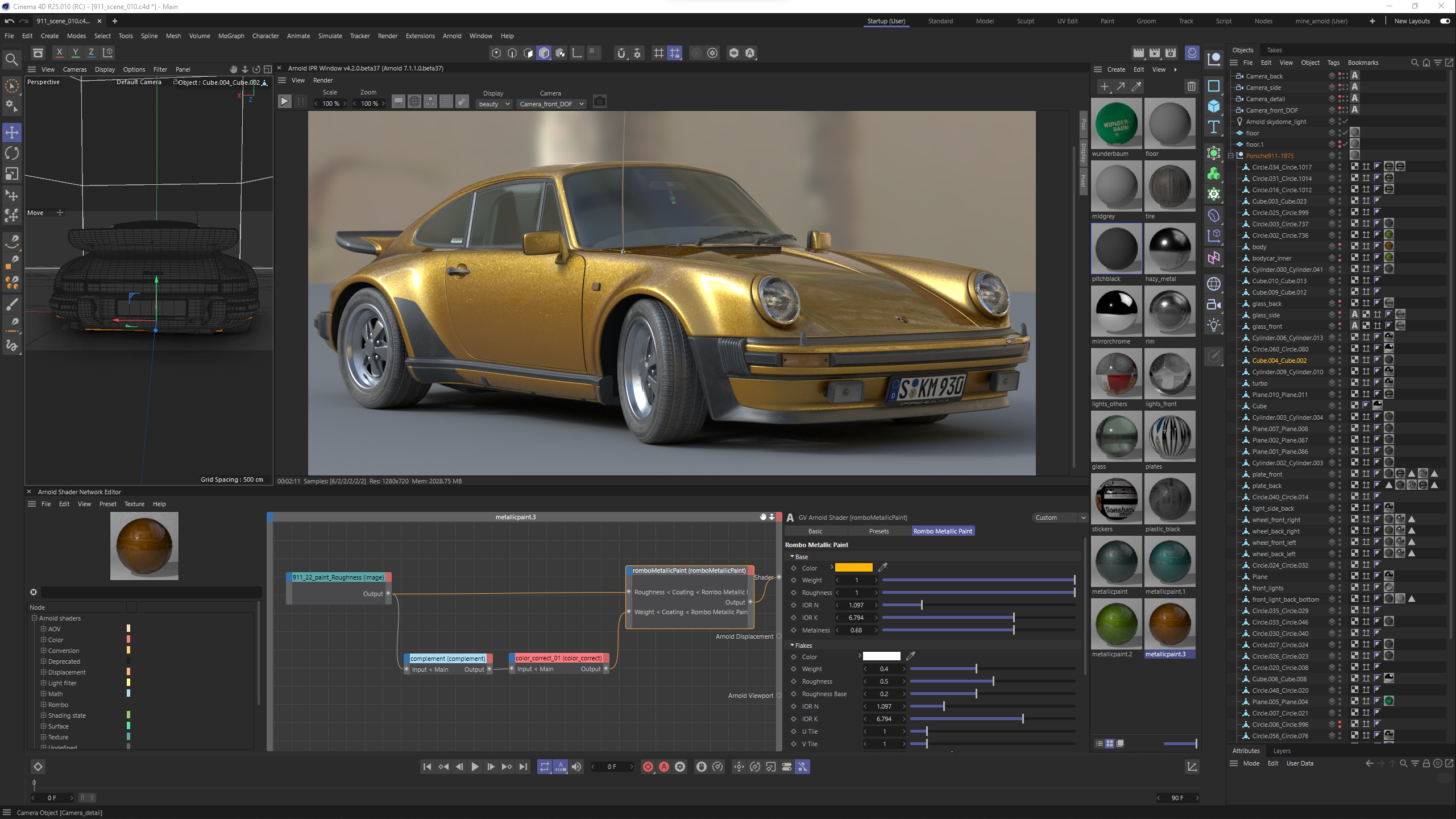 Various camera views are supplied and with different car paint setups, – mastering rombo materials is a breeze 🙂
Various camera views are supplied and with different car paint setups, – mastering rombo materials is a breeze 🙂